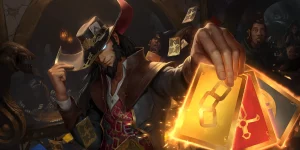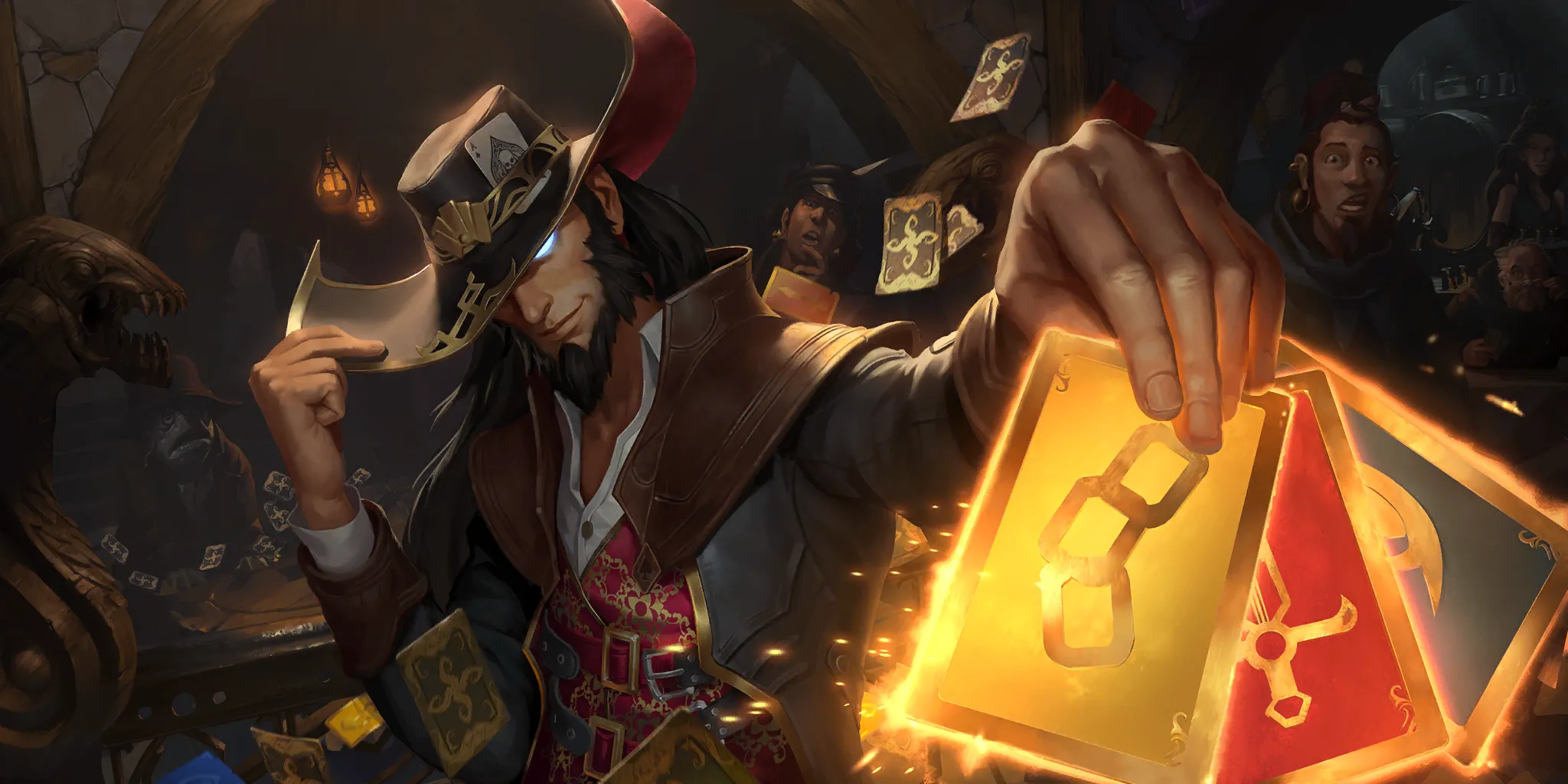We’re approaching the Seasonal patch 3.13 in just over a week, so it seems like the perfect time to take stock of where things currently stand. The Mastering Runeterra 2M Celebration Tournament was an uncharacteristically concise picture of what the meta looks like, so let’s take a close look at it together, shall we?
Many analysts (by which I mean me) were wondering how the Powder Pandemonium pandemic was going to affect the tournament scene, with players seemingly divided on two different versions early on – Freljord and Bandle City.
pandemic was going to affect the tournament scene, with players seemingly divided on two different versions early on – Freljord and Bandle City.
“Sure would be funny,” I thought to myself on Friday evening, “if someone found a 3rd Monkey deck and won the event with it.”
Here’s Kfelt's Triple Monkey Lineup that They Won the Tournament With
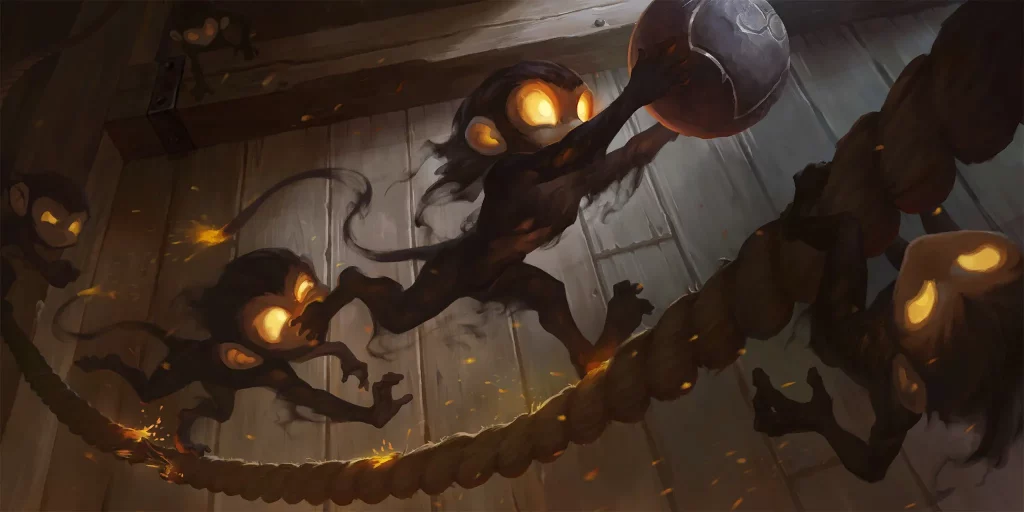
With all 3 decks being at least 30 Bilgewater cards, it’s pretty easy to transfer the strategy across multiple regions and make the same deck over and over. It’s not a bad strategy if the core is solid, and if this tournament was any indication then Monkeys may have some serious staying power.

5 cards
35 cards
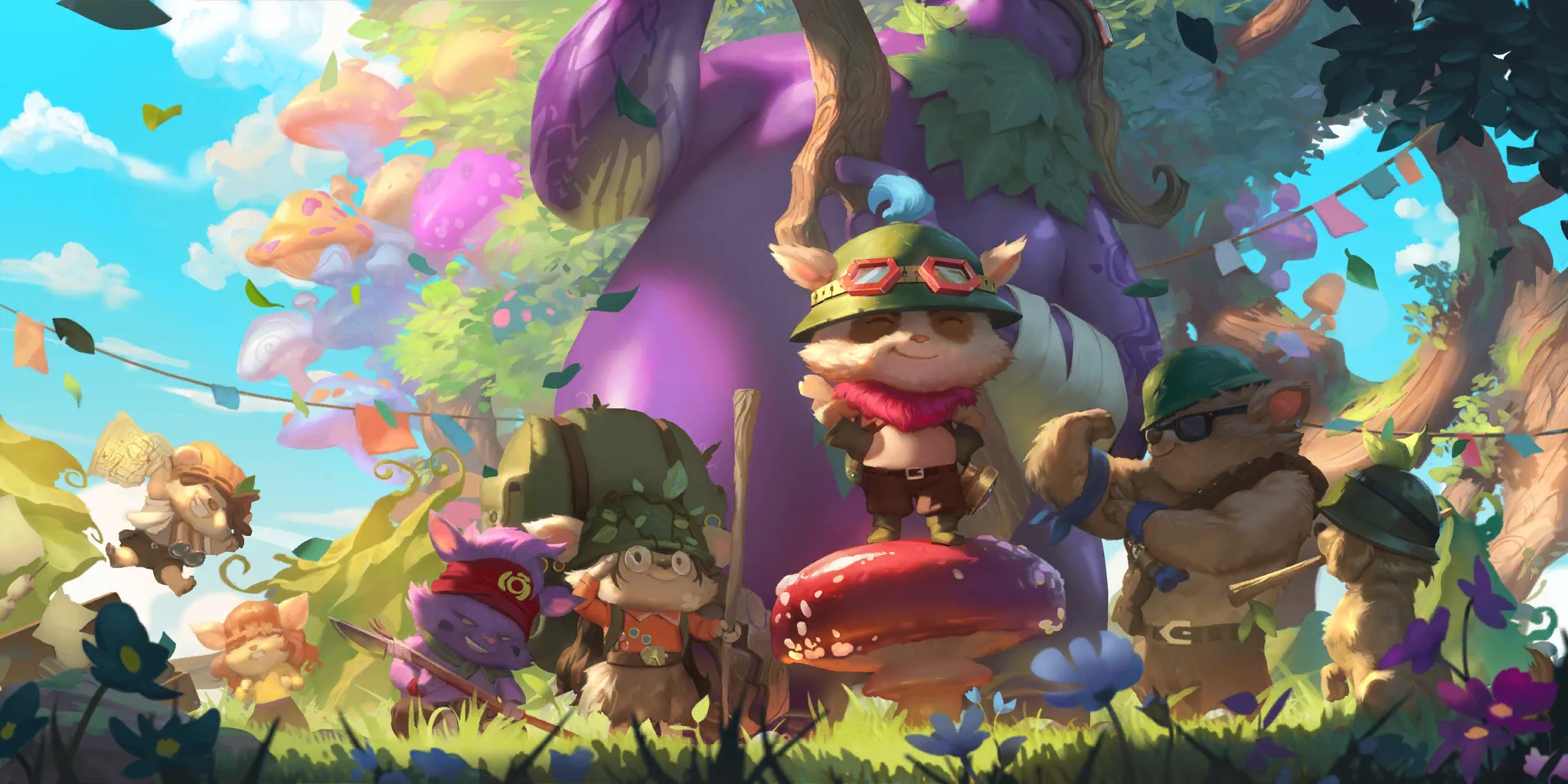
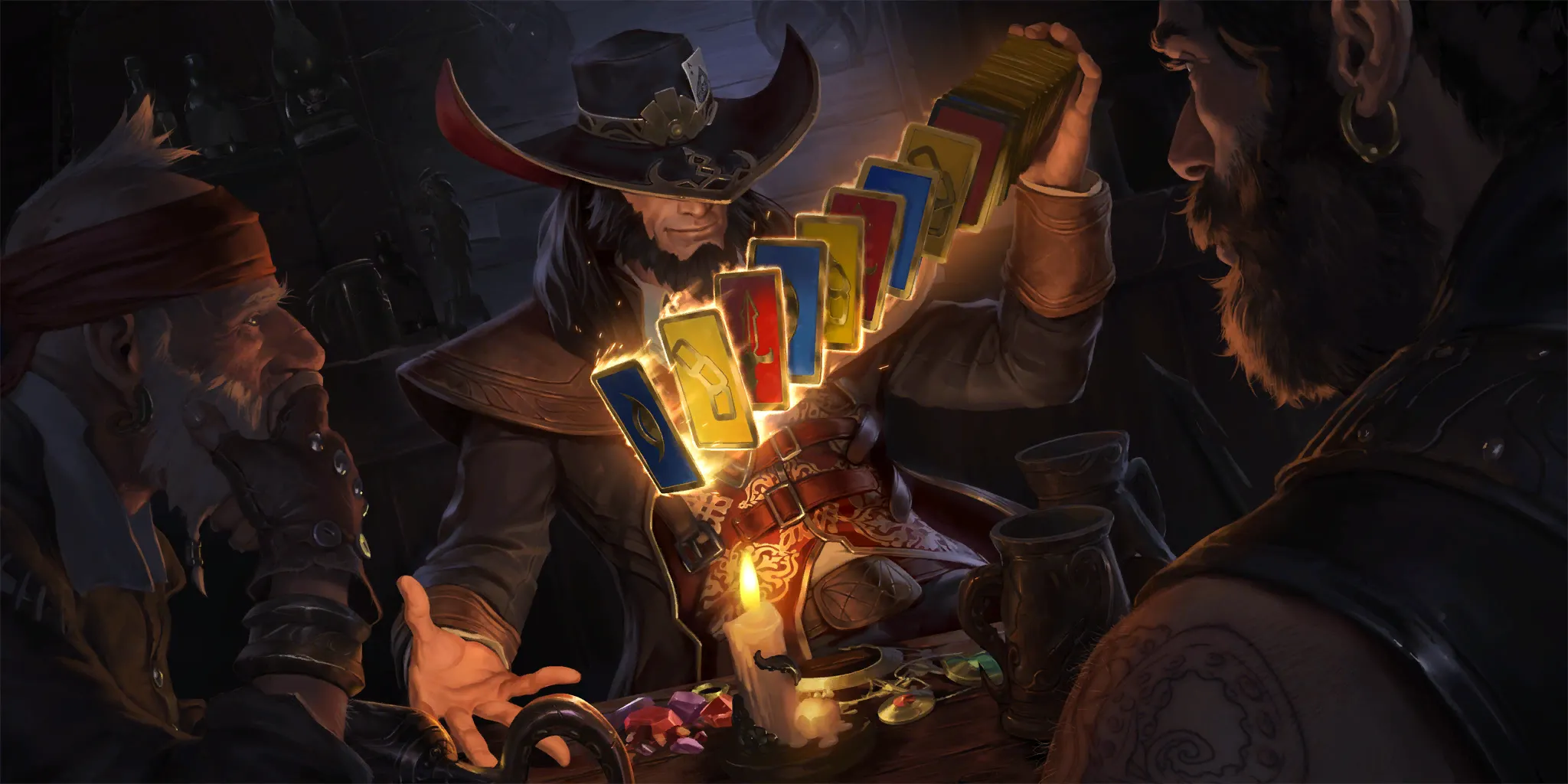
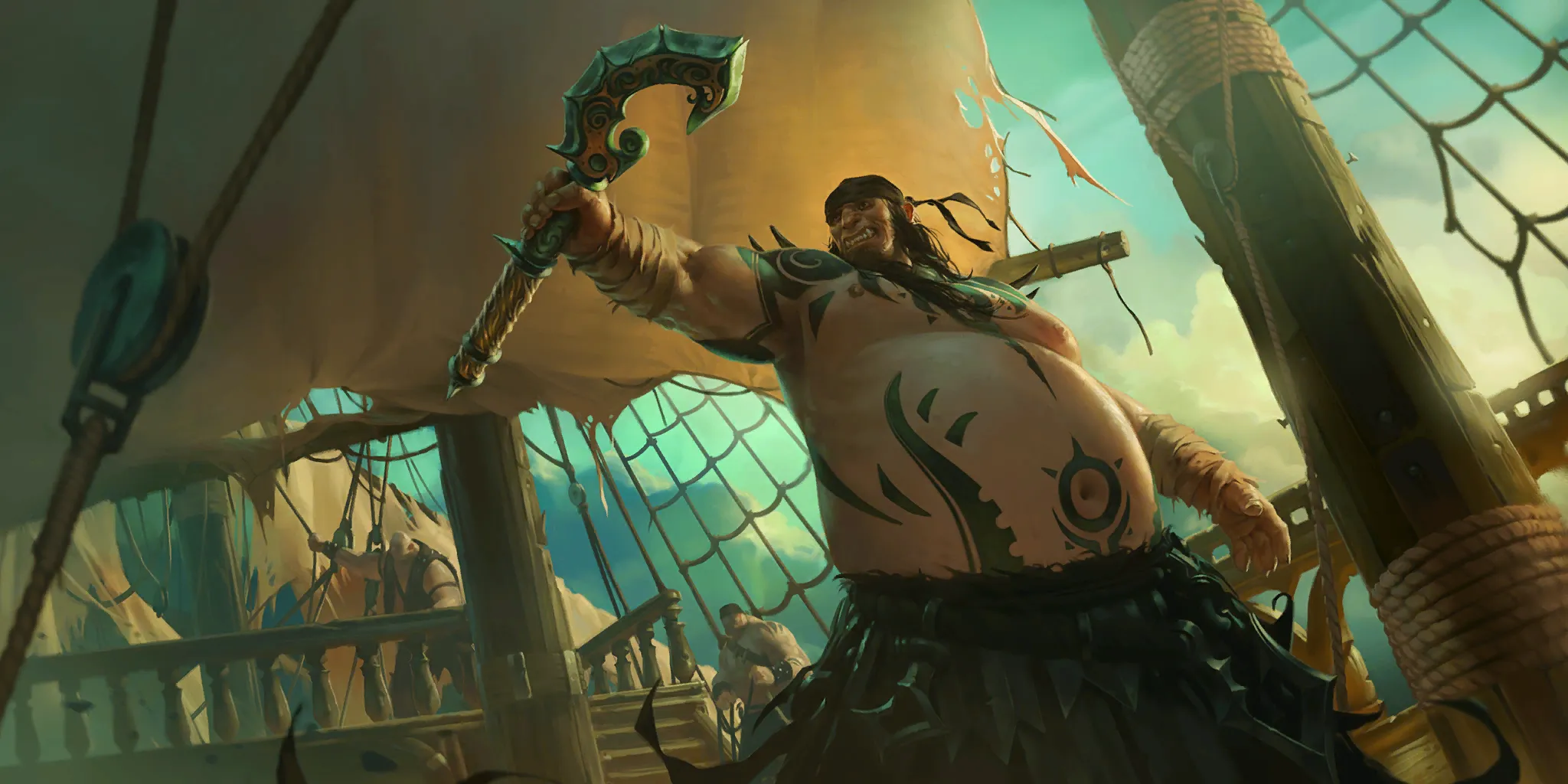
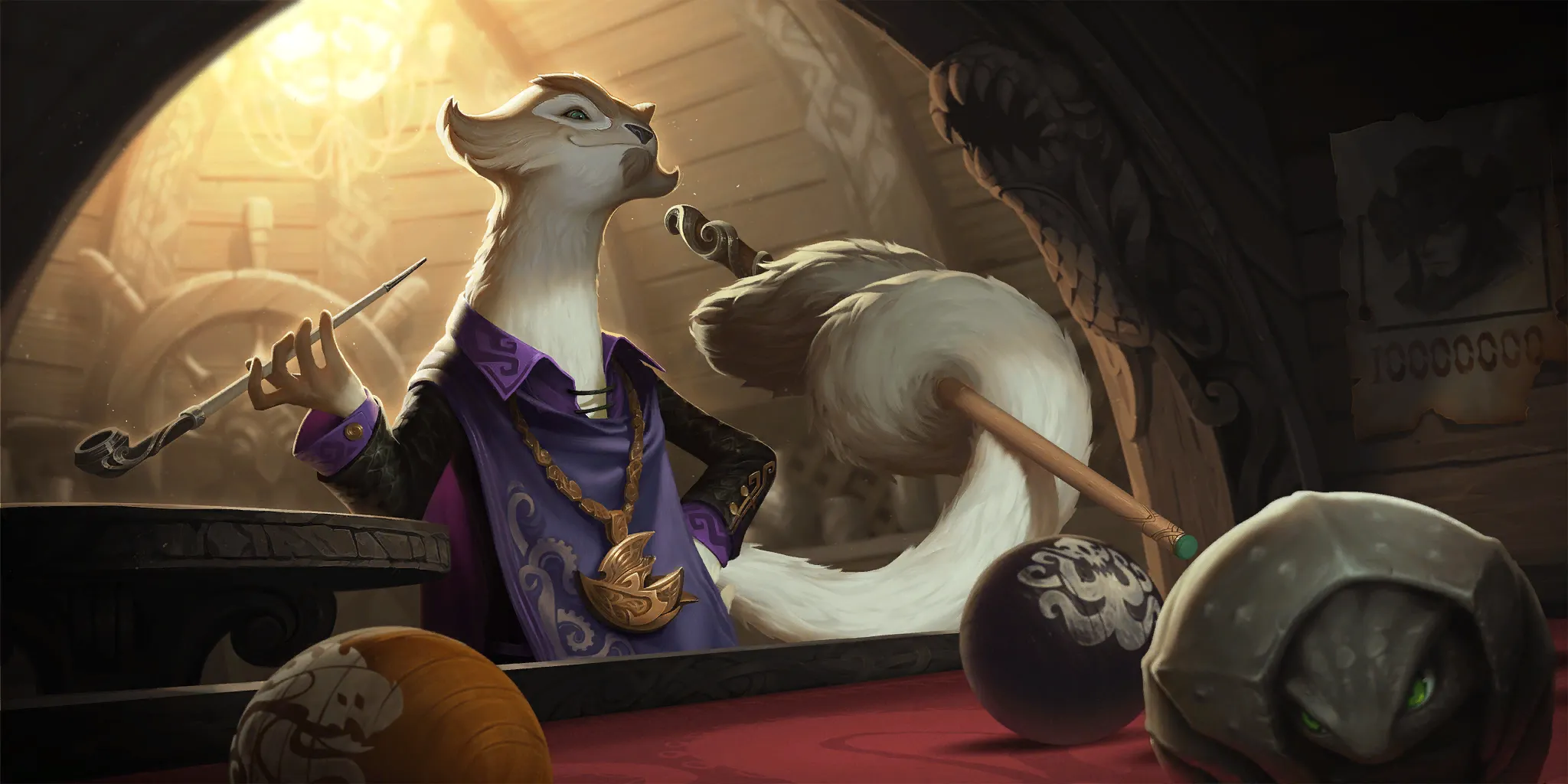
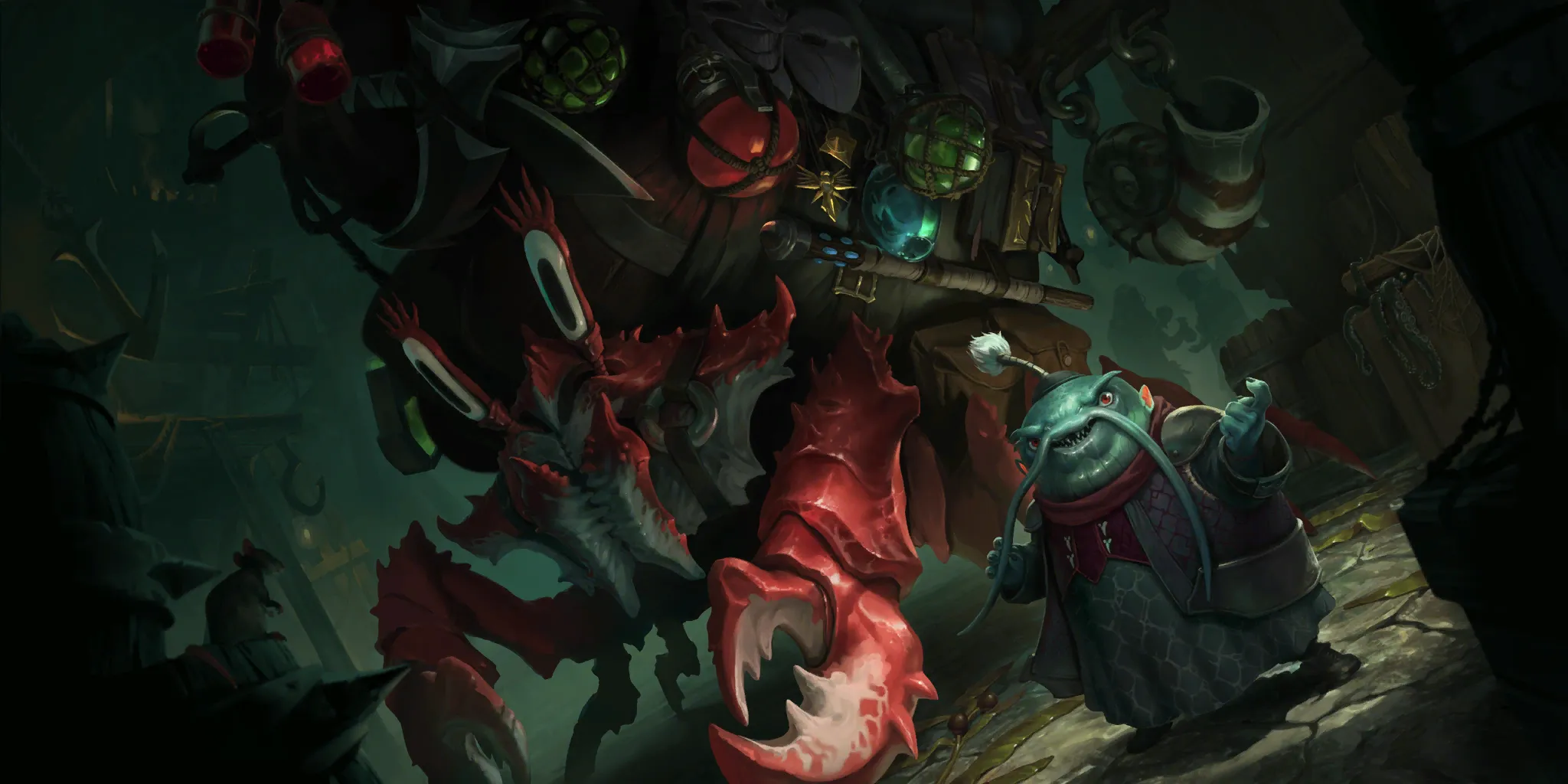
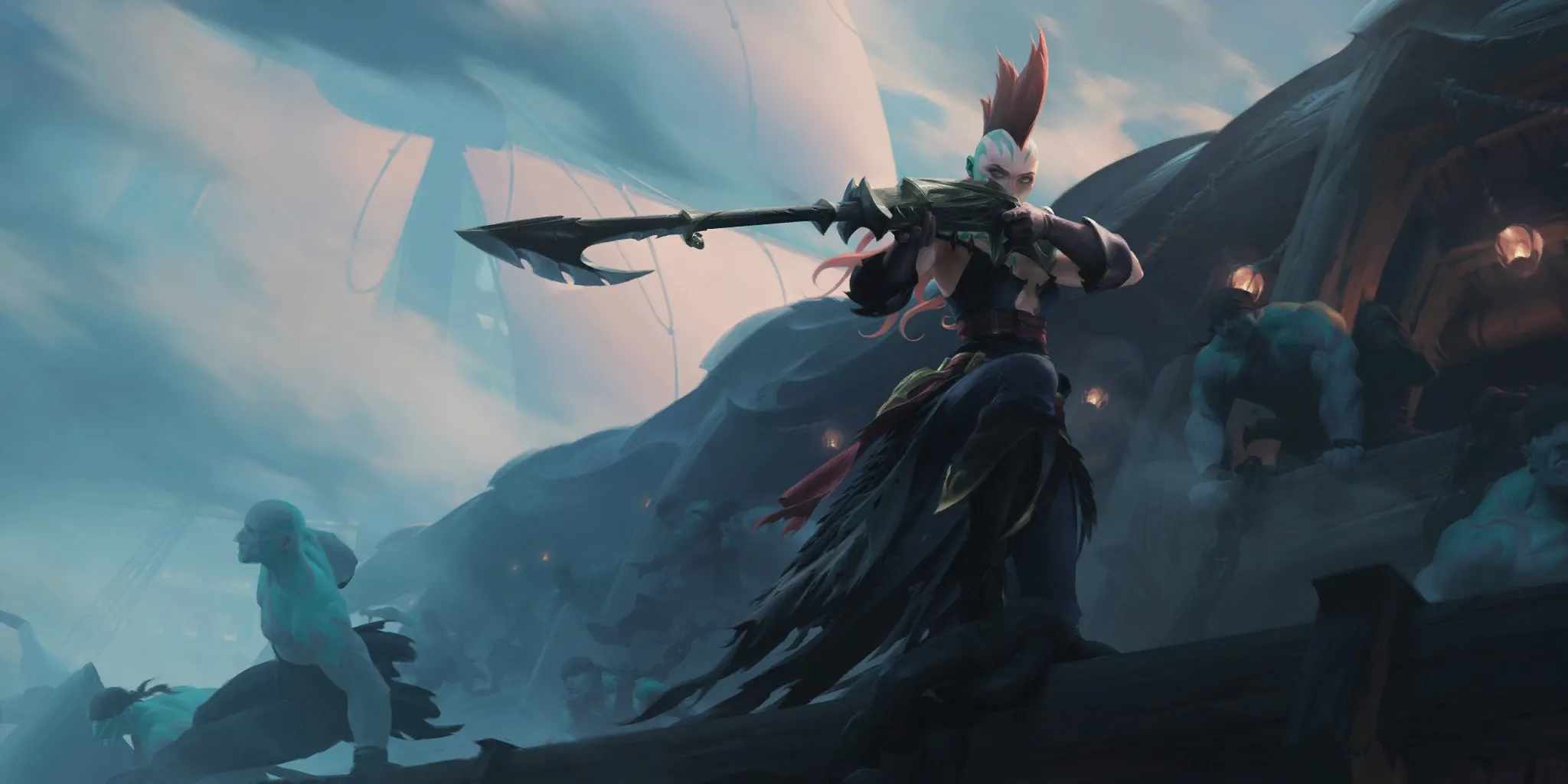
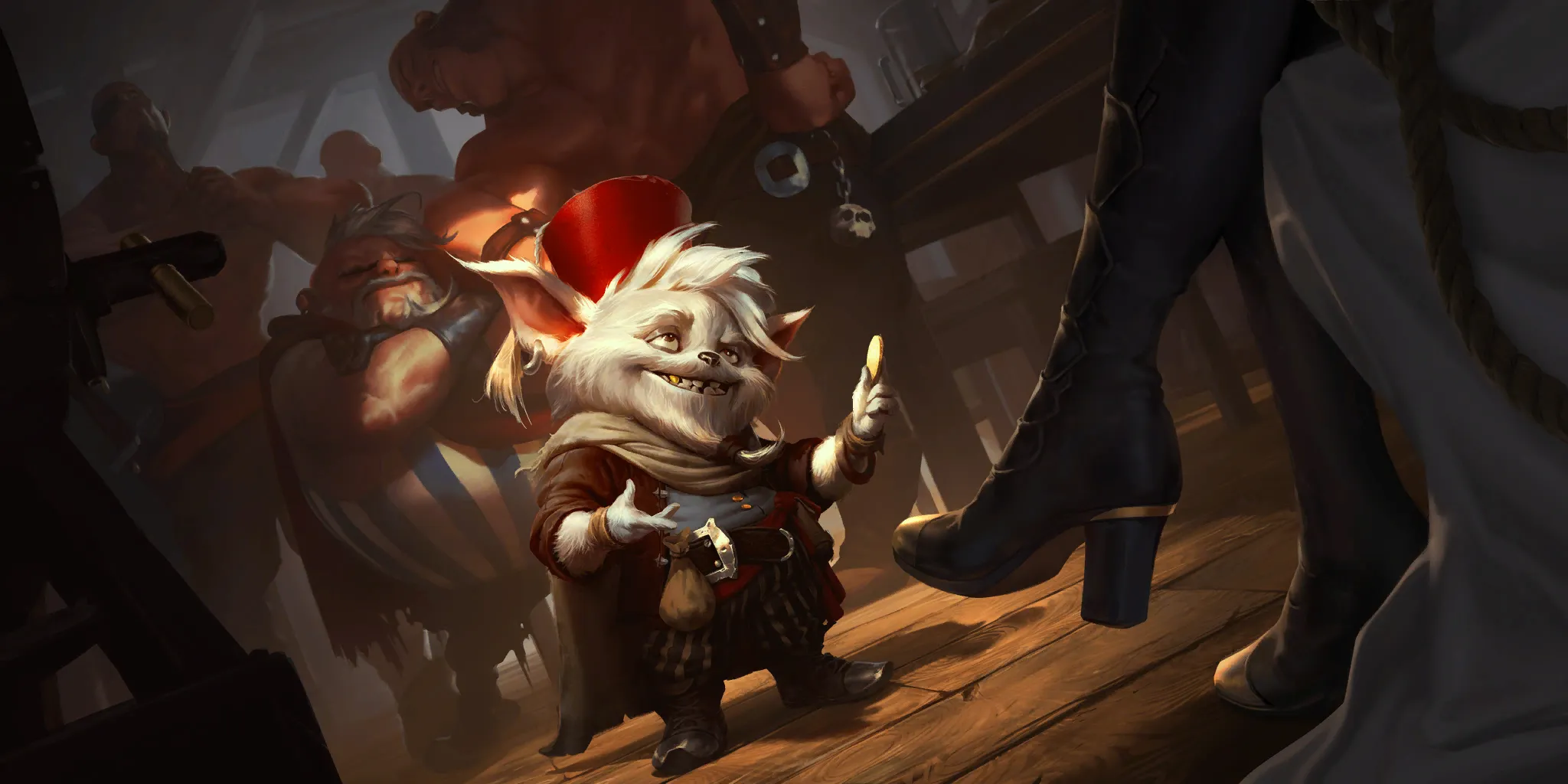
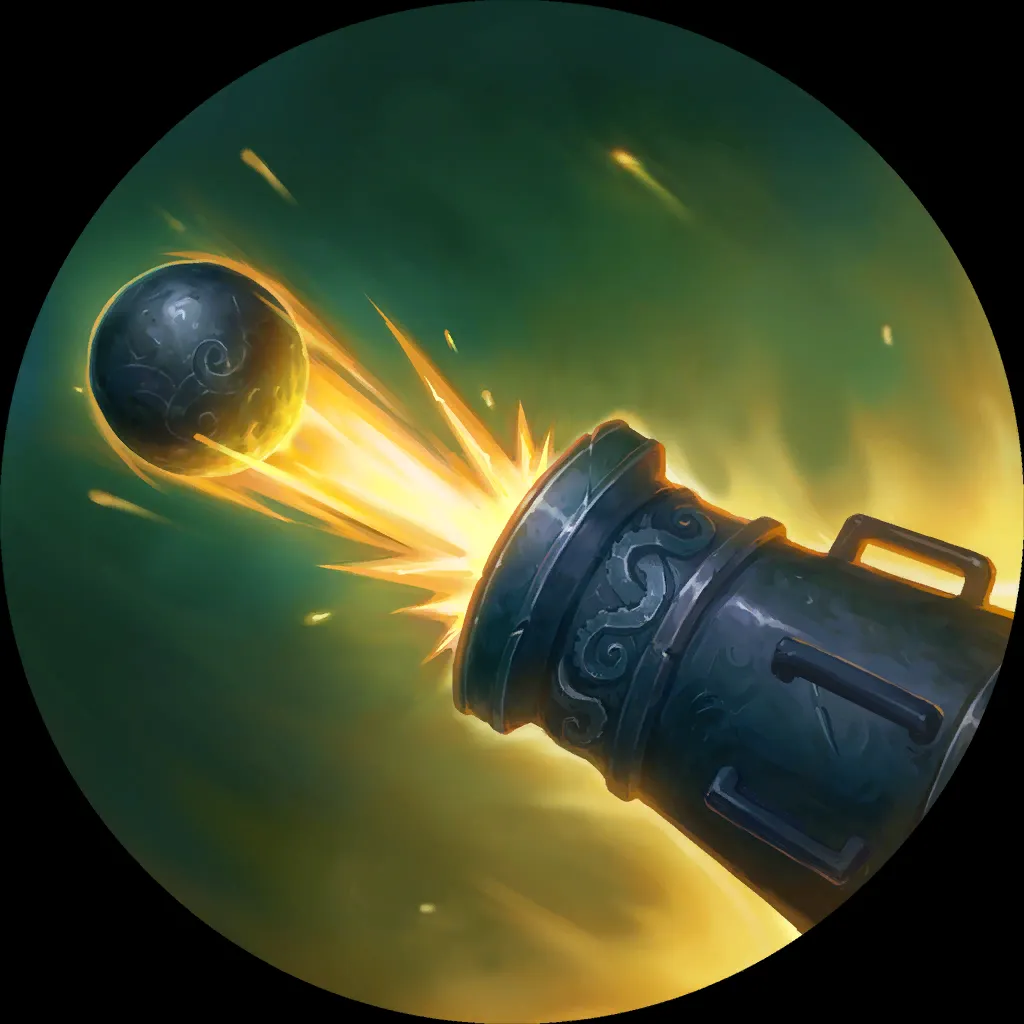
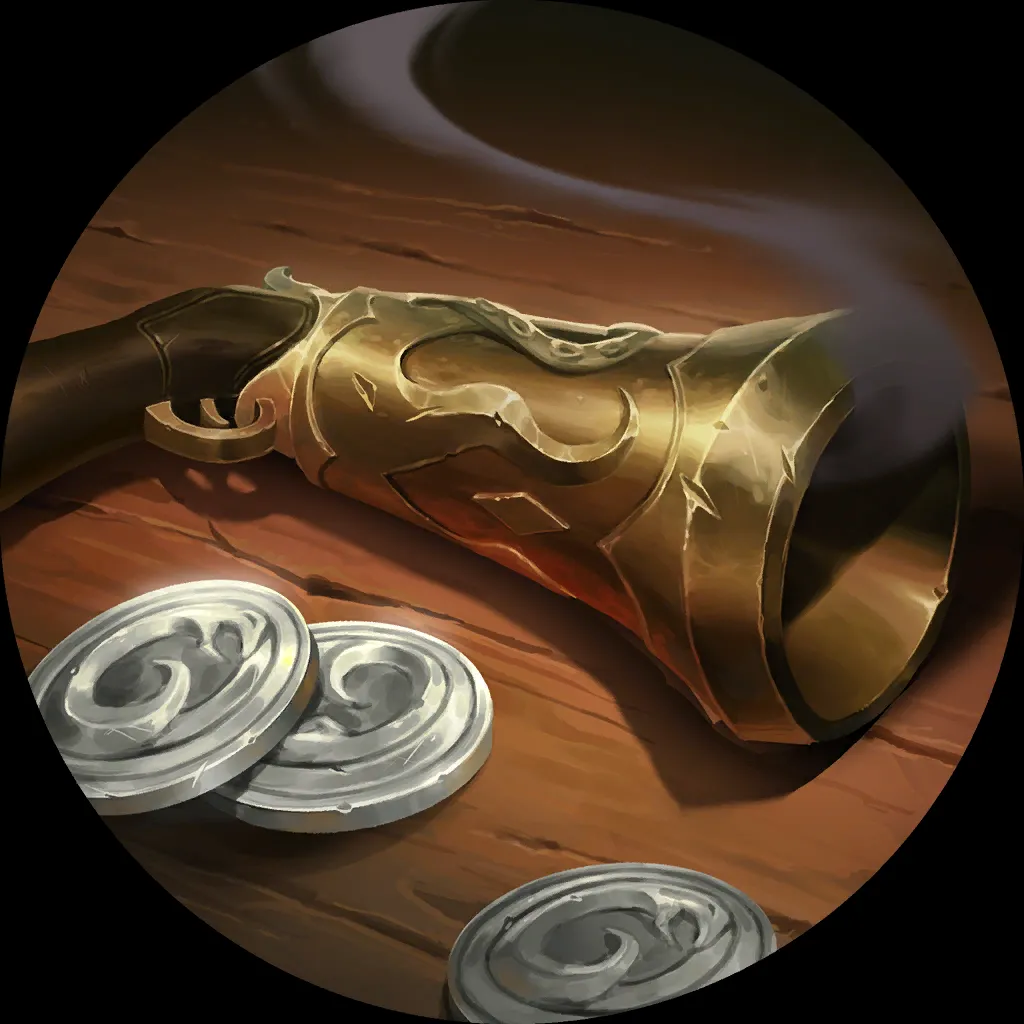
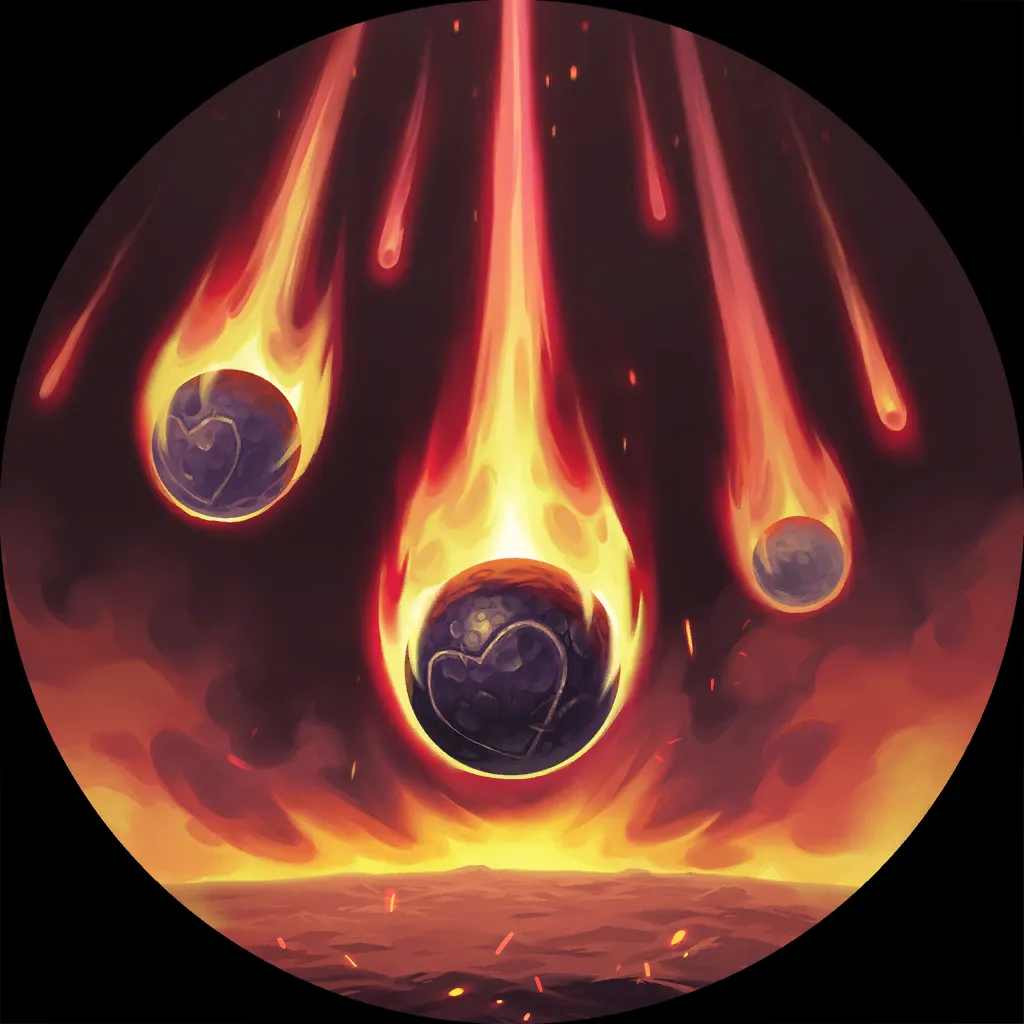
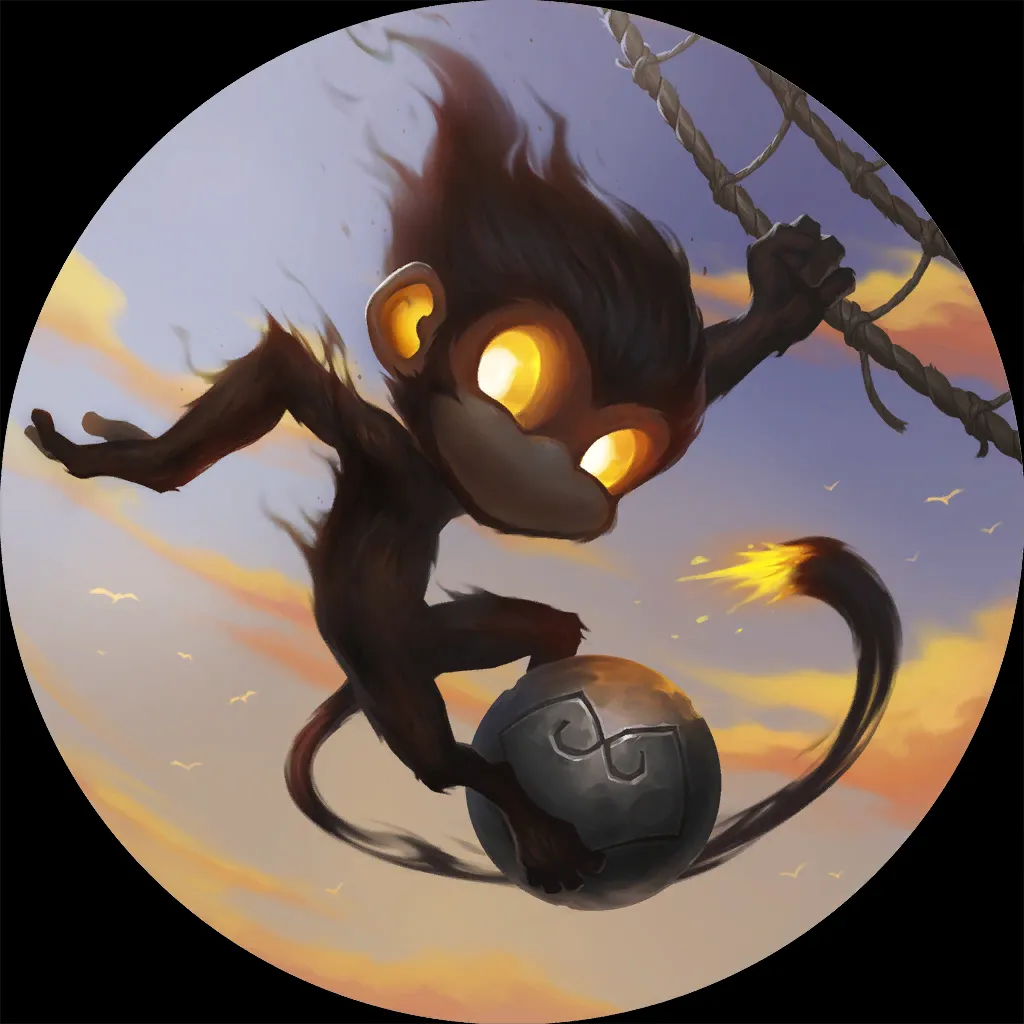
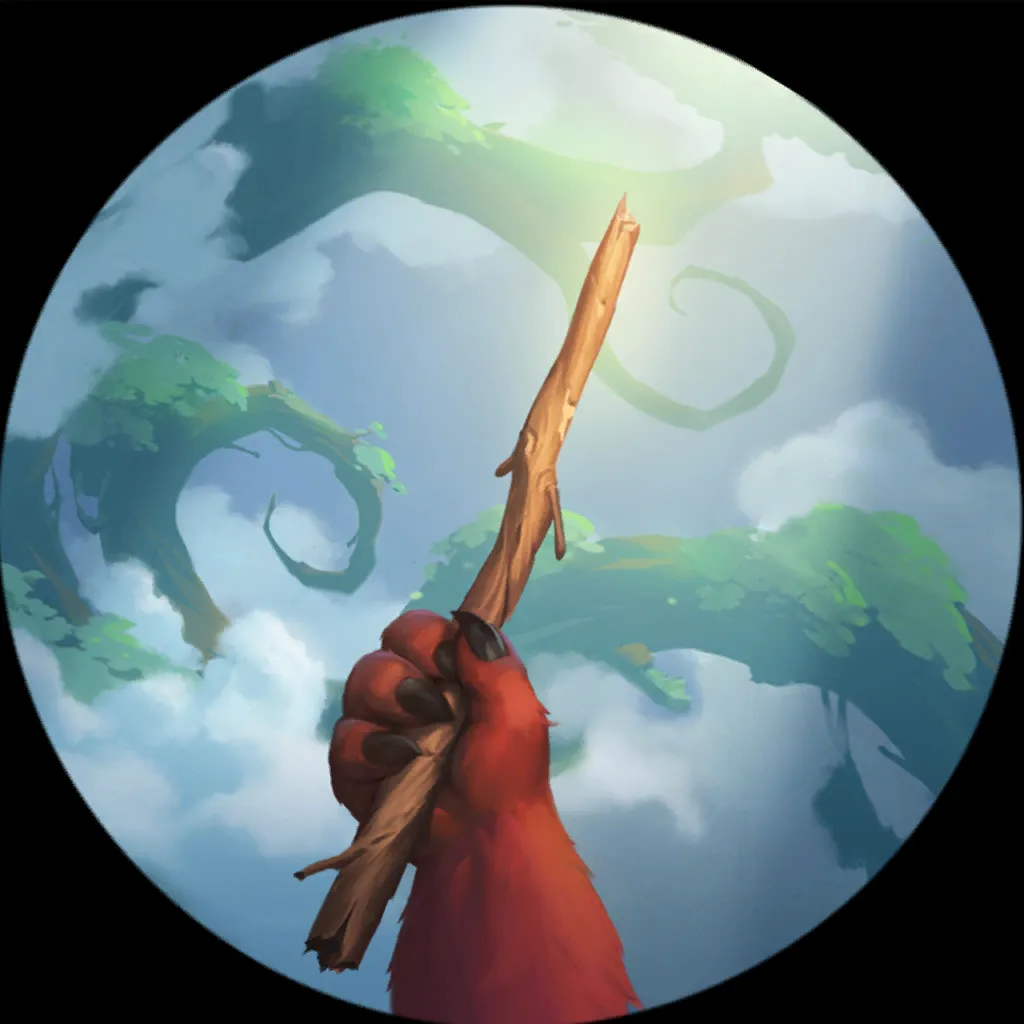
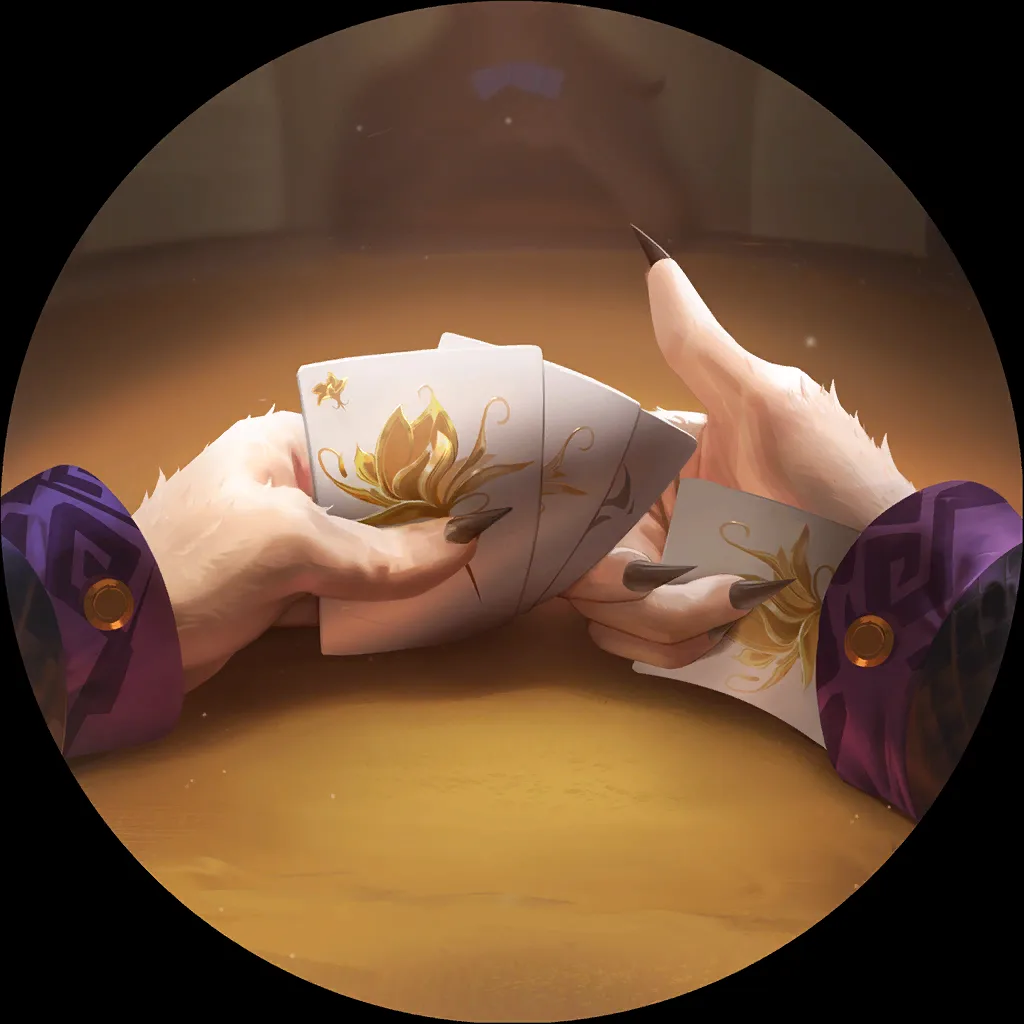
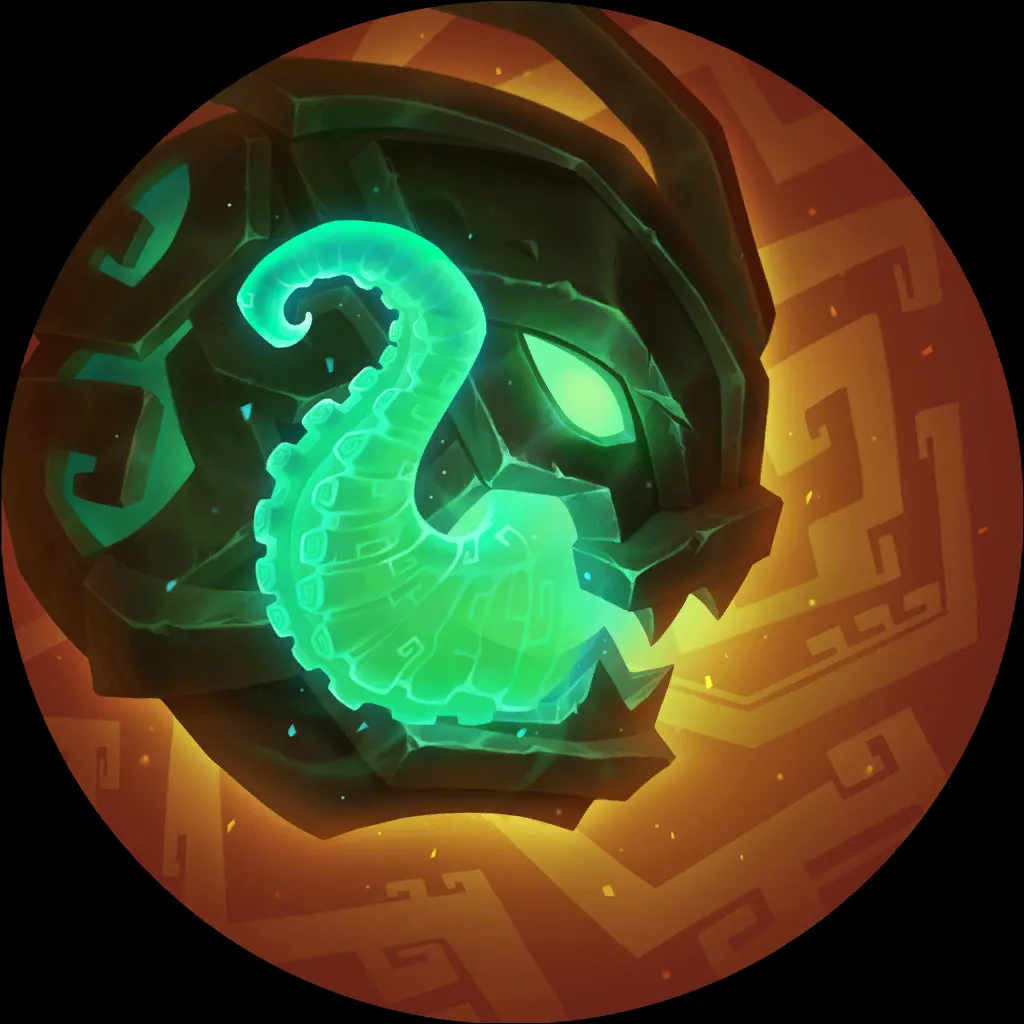
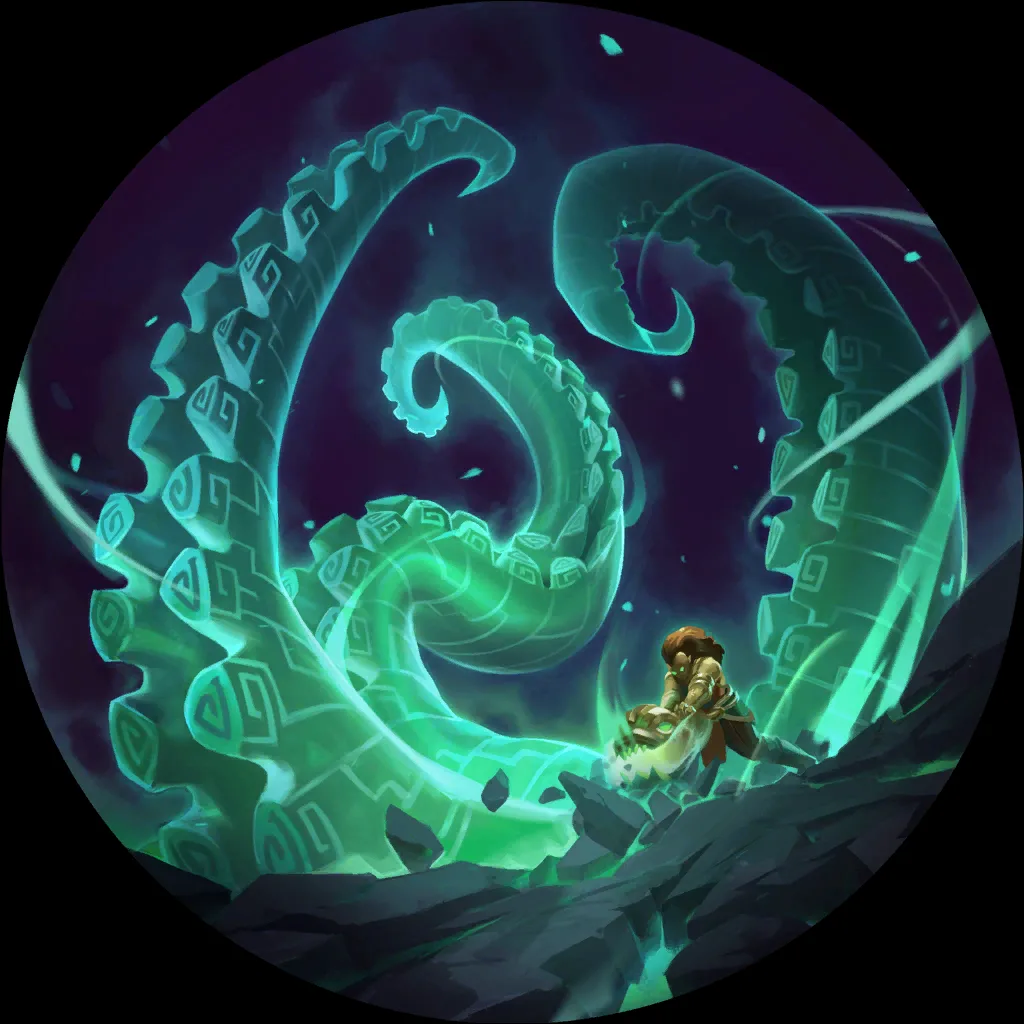
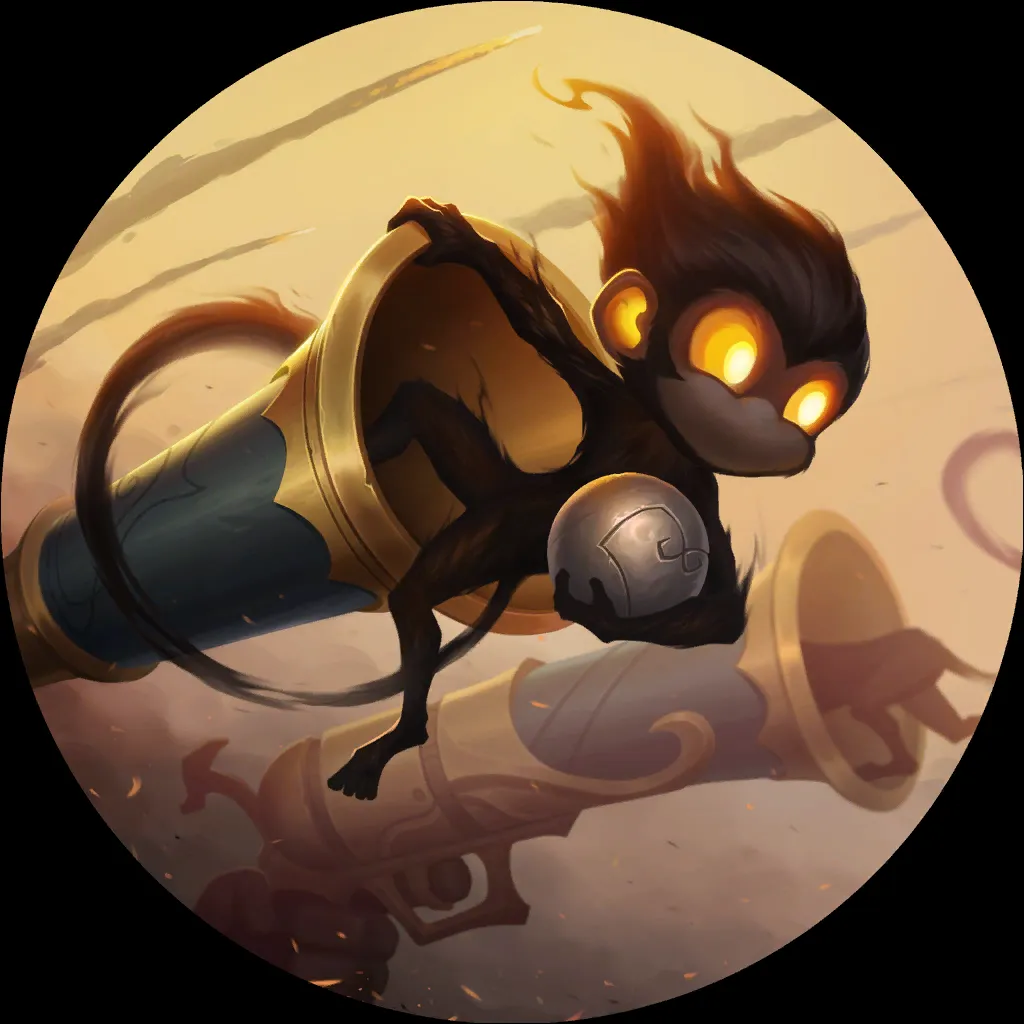
On the flip side, Kfelt was the only Monkey player in the Top 8, all-in or otherwise. I’m sure they weren’t the only person with the deck in the tournament, so it’s hard to get a great read on what this means. Is Kfelt just comfortable on the deck? Playing it three times over would certainly point towards that, and as everyone always says, “Comfort is King.”

9 cards
31 cards
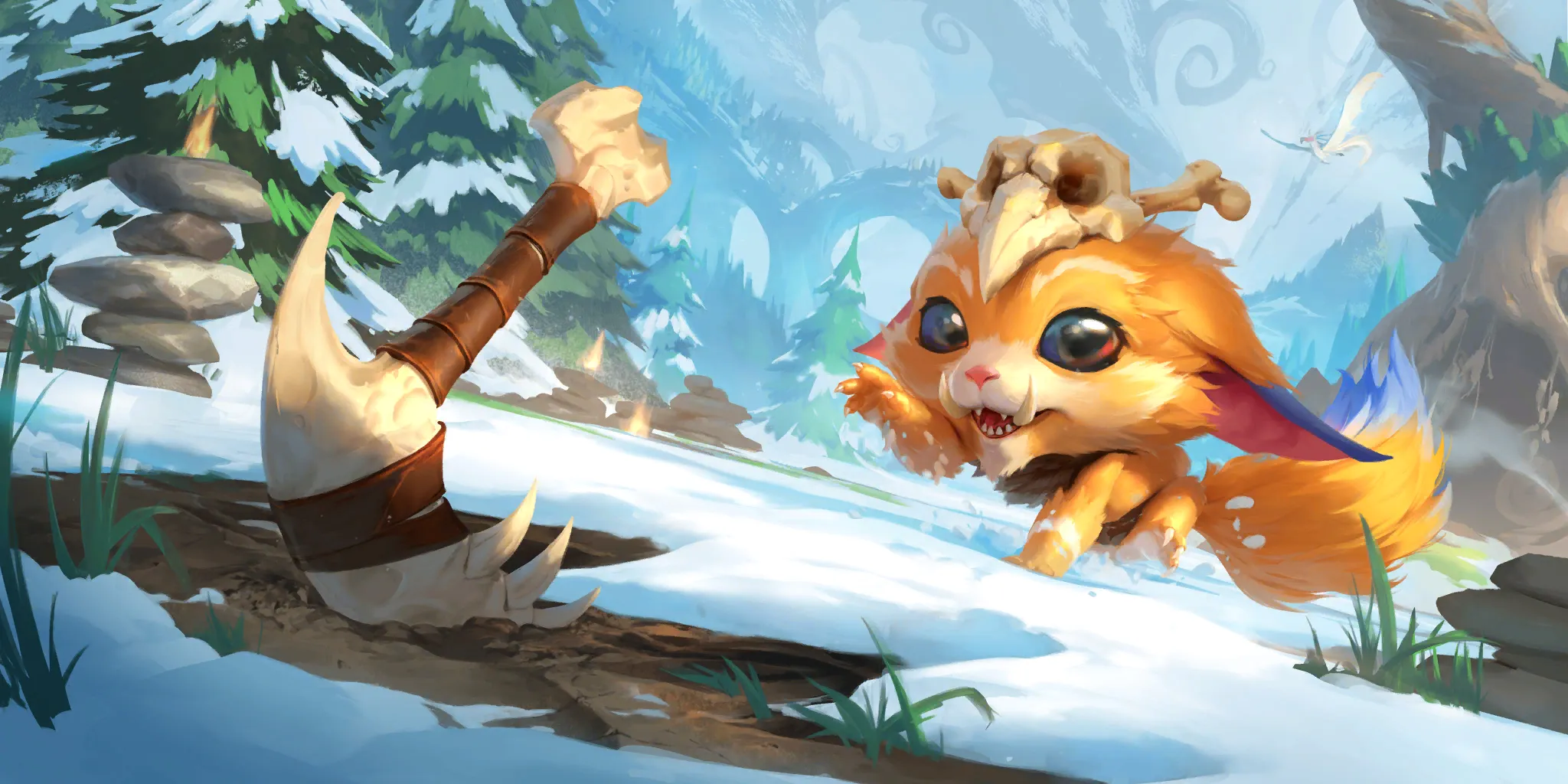
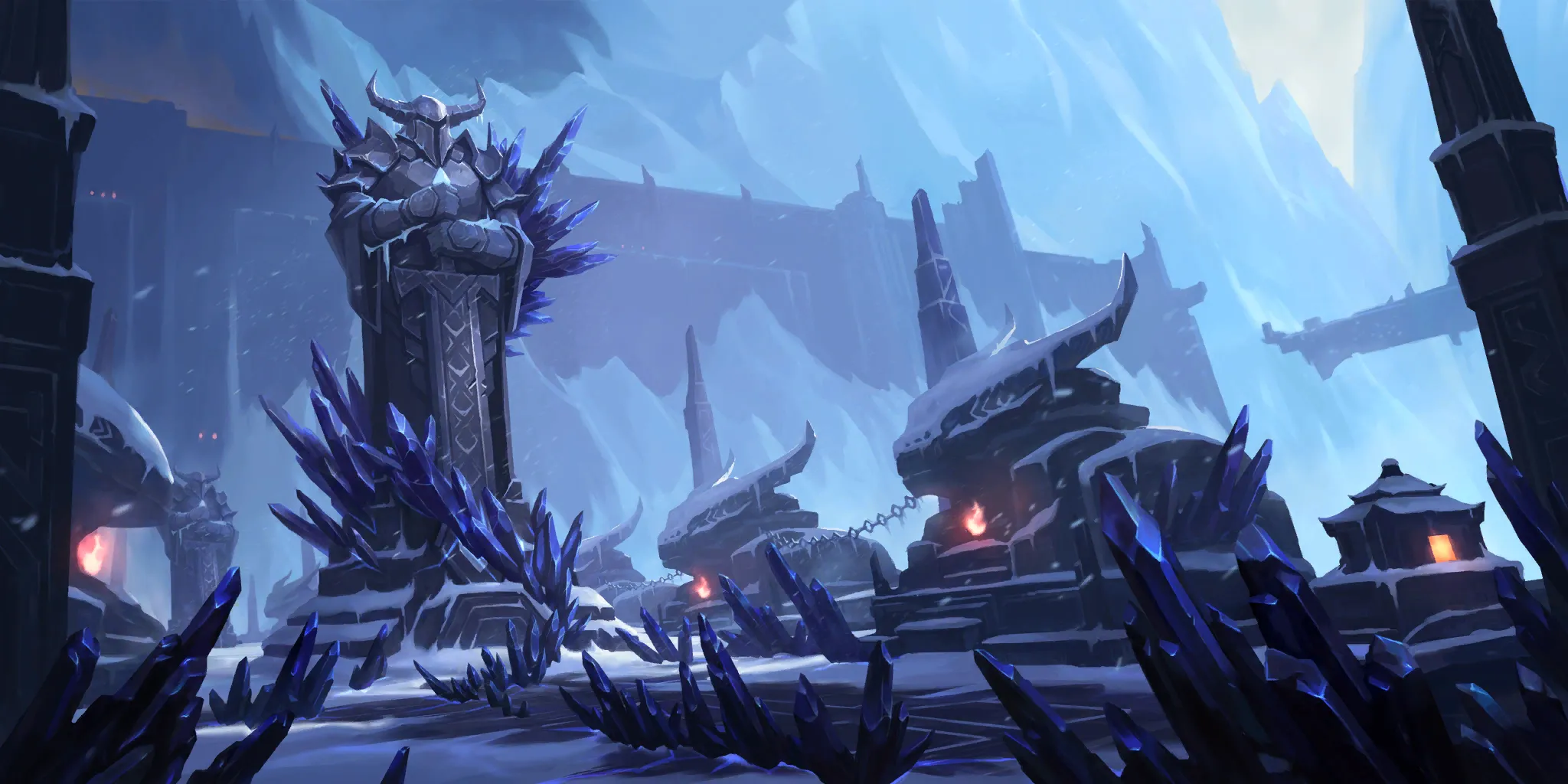



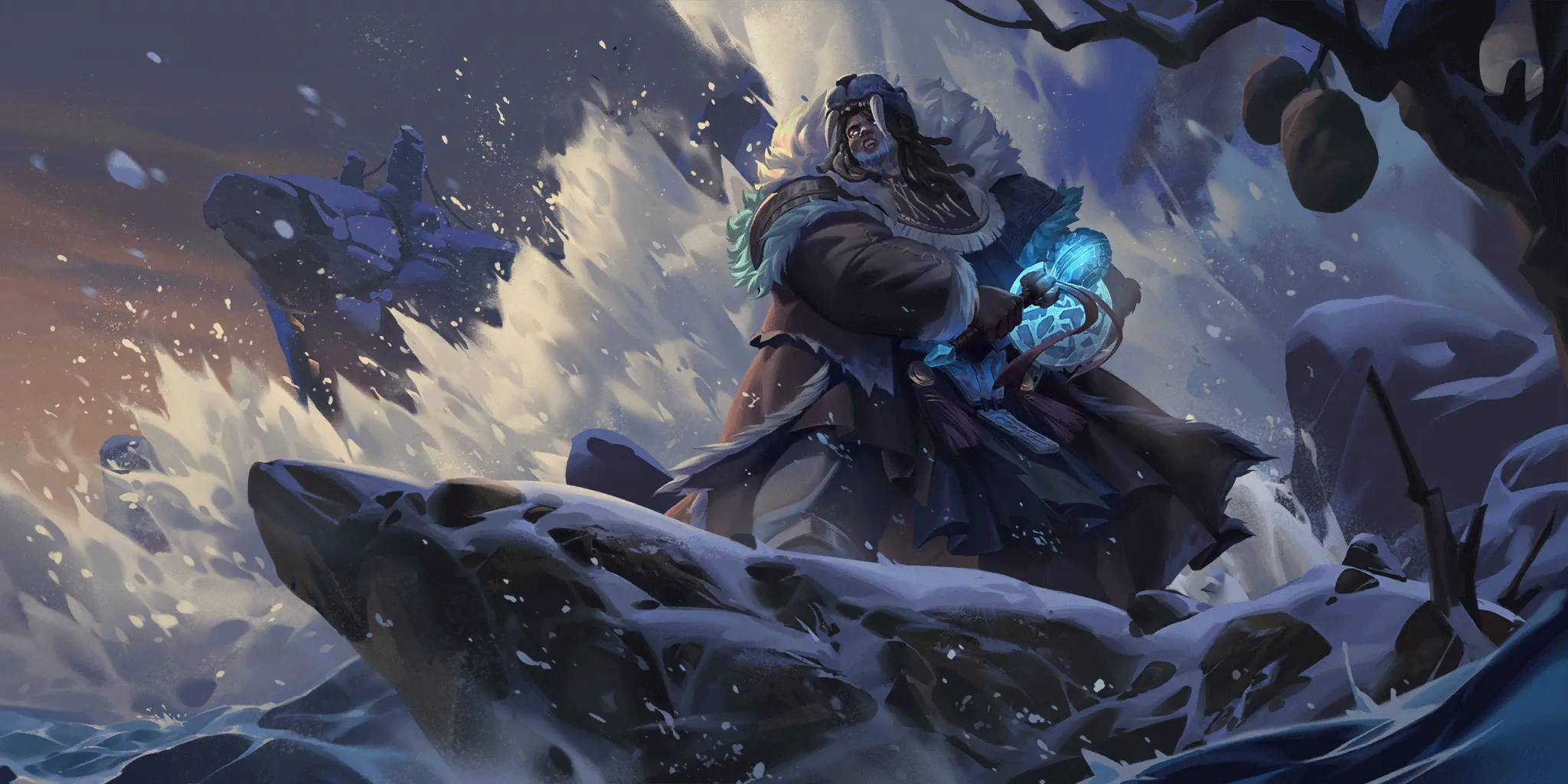








Is the deck just hard to fit in a lineup? Running the same strategy multiple times gives you very polarized matchups, but it also makes your ban strategy extremely straightforward. It’s also possible that the stronger players in the tournament just weren’t comfortable enough bringing such a new deck. Only time will tell which is true, but it’s almost certainly worth starting to practice the deck yourself.

10 cards
30 cards
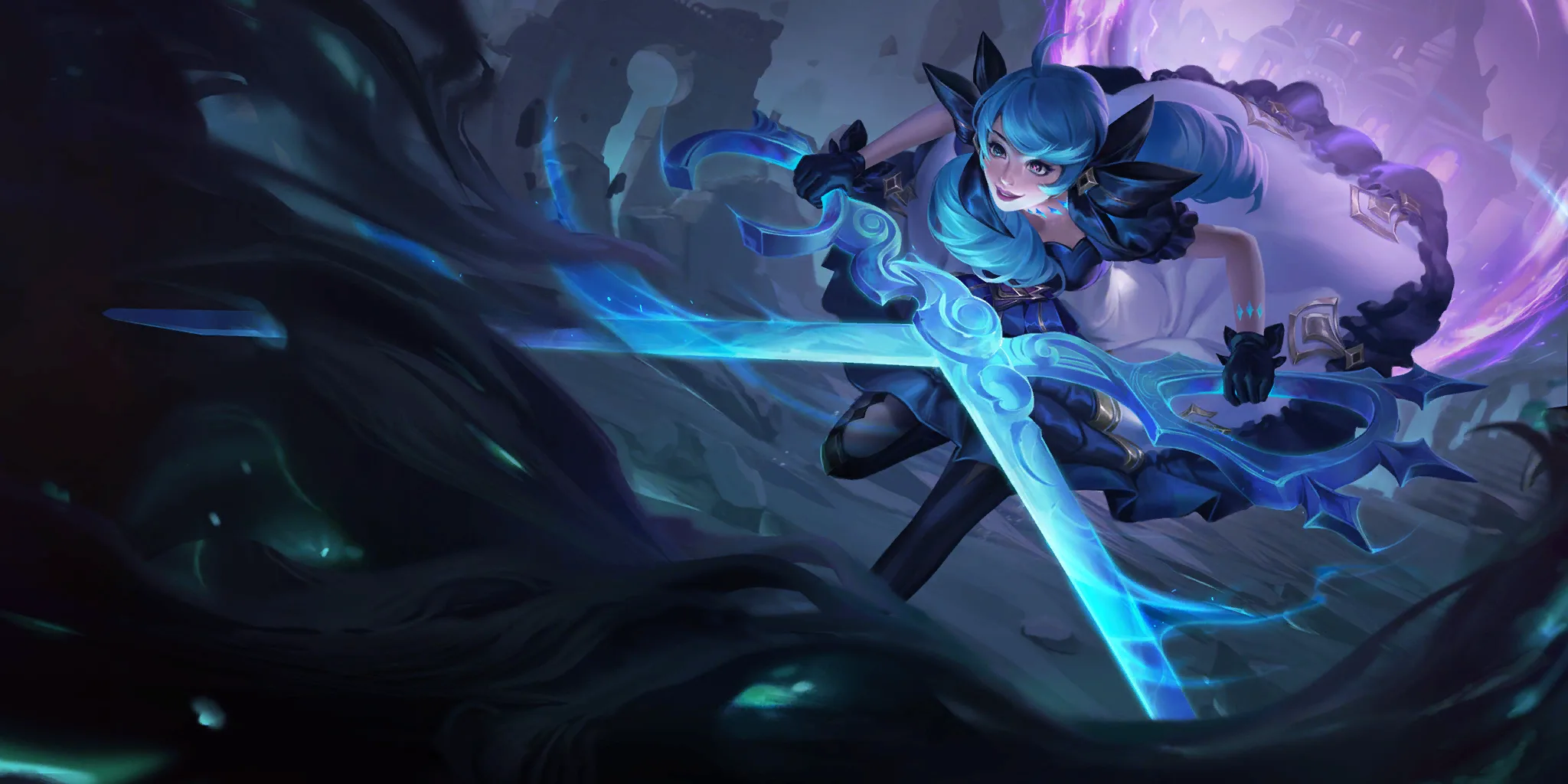
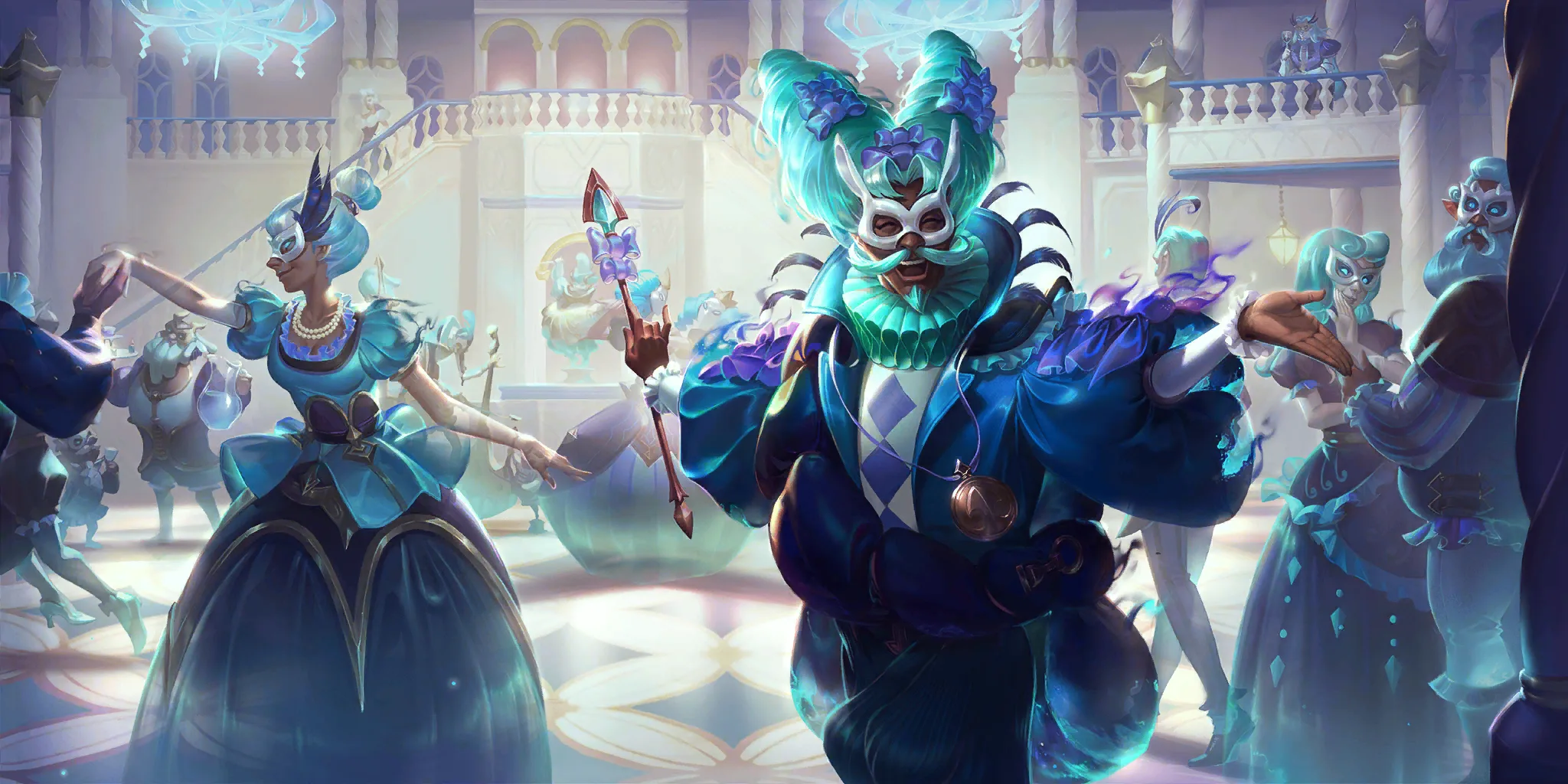



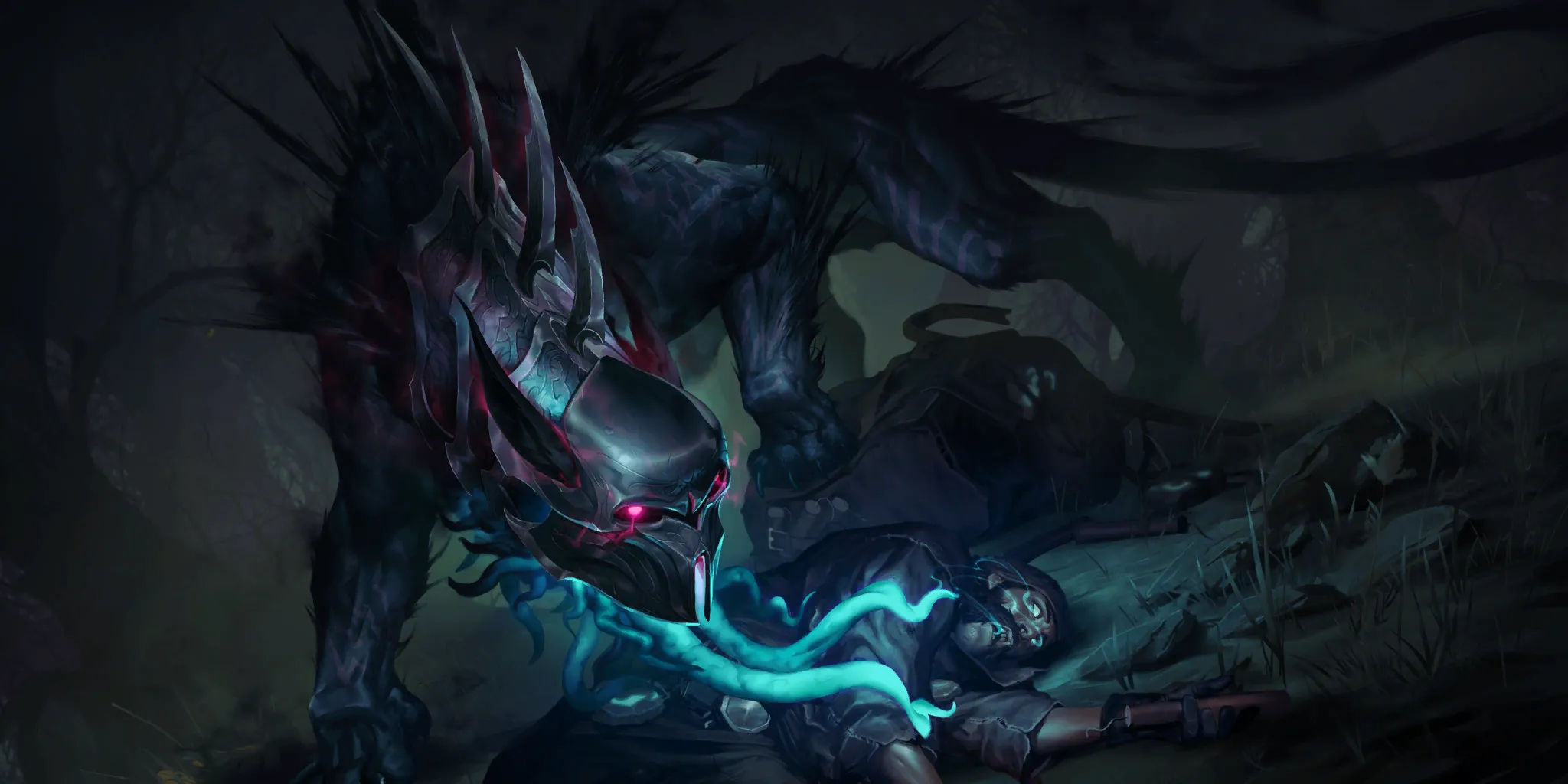





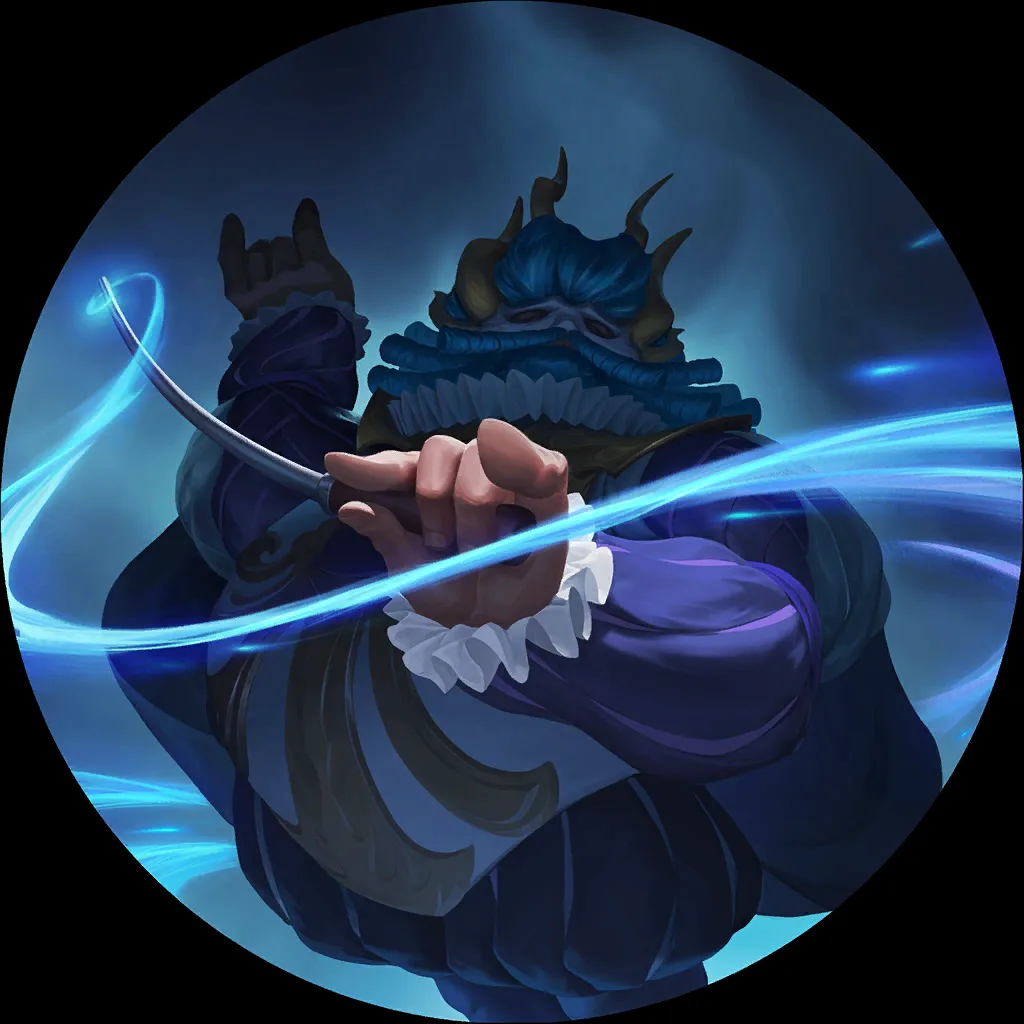



Decks There Were More than One-of
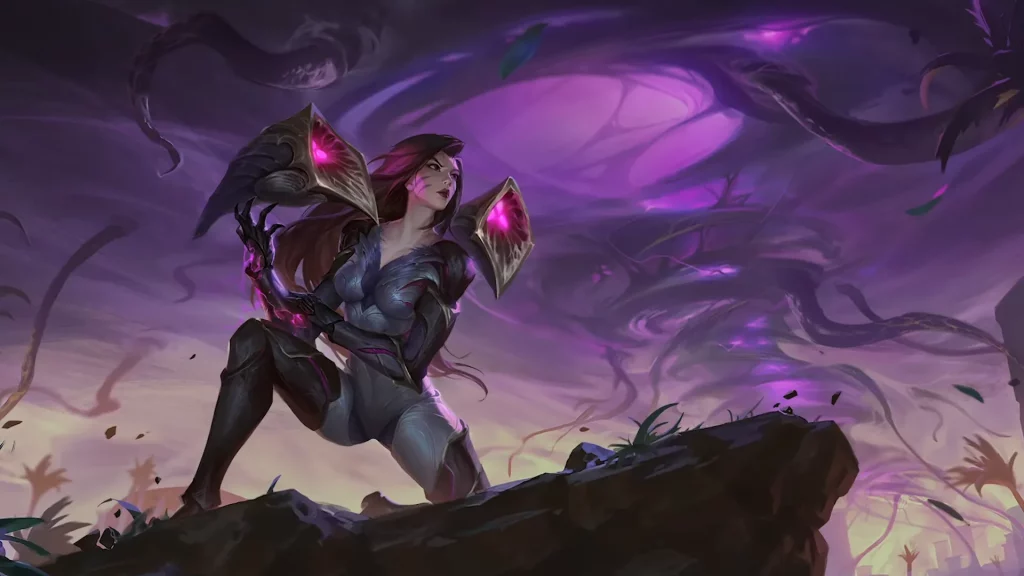
Then we get into the more expected decks, like Kai’Sa Demacia. At last week’s Online League Series, every Kai’Sa in the Top 8 played Sivir. Now, like in Ladder, players have unilaterally switched to the more streamlined mono-Kai’Sa version of the deck which took five Top 8 spots. The individual builds still differ quite heavily, but everyone manages to stick at least ten different keywords (not counting Voidling) in order to turbo-level Kai’Sa.

18 cards

22 cards
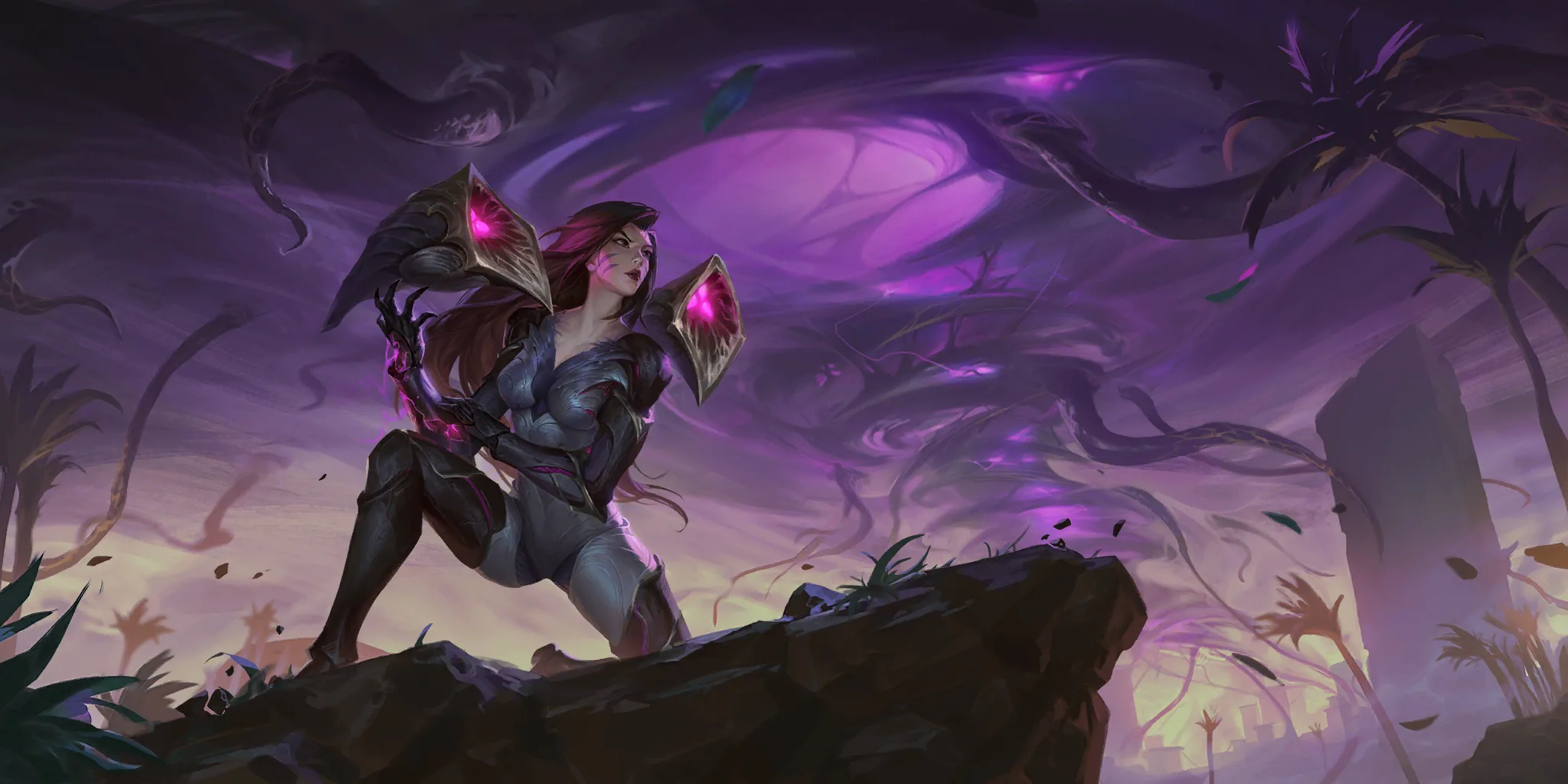
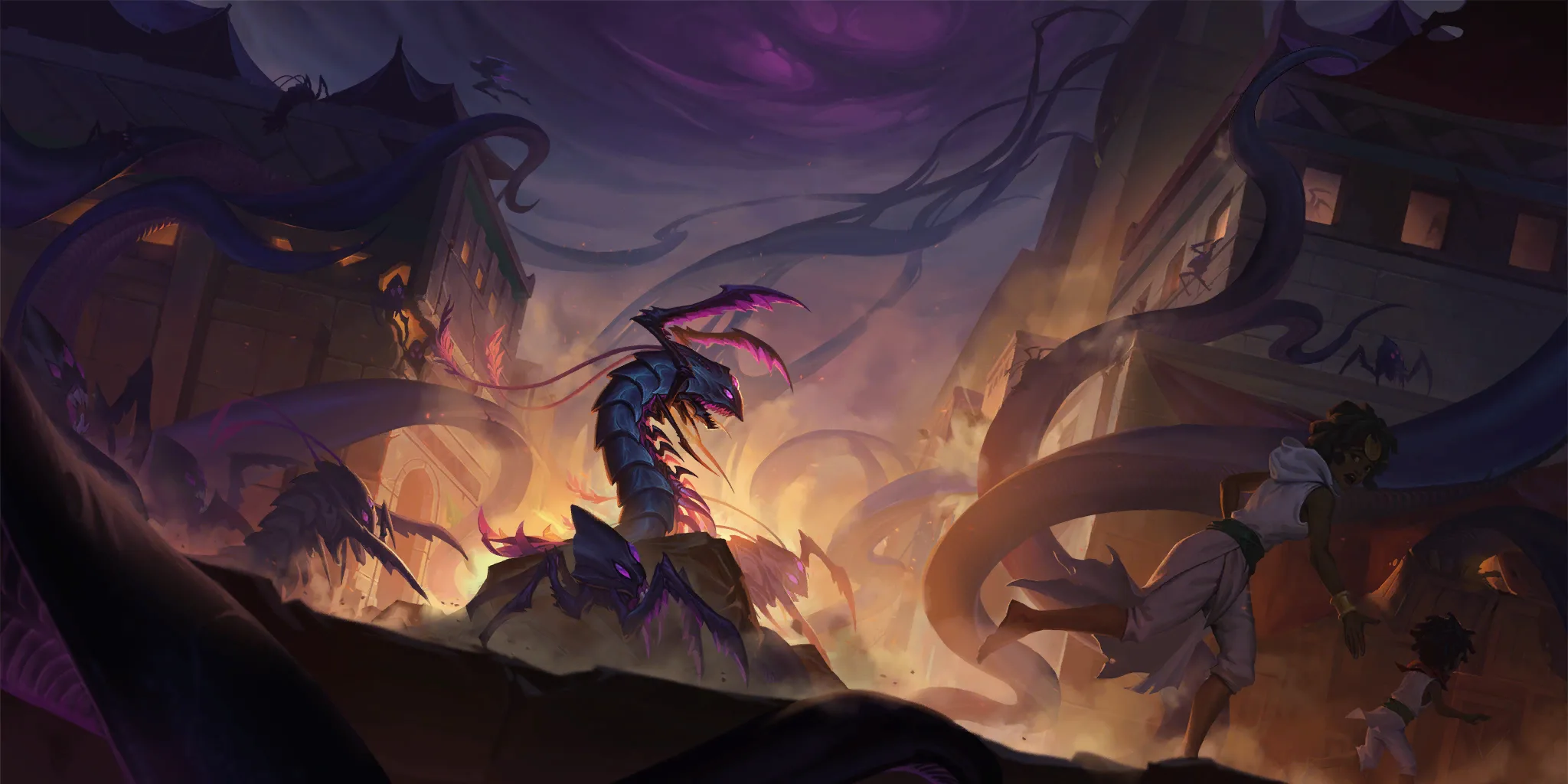
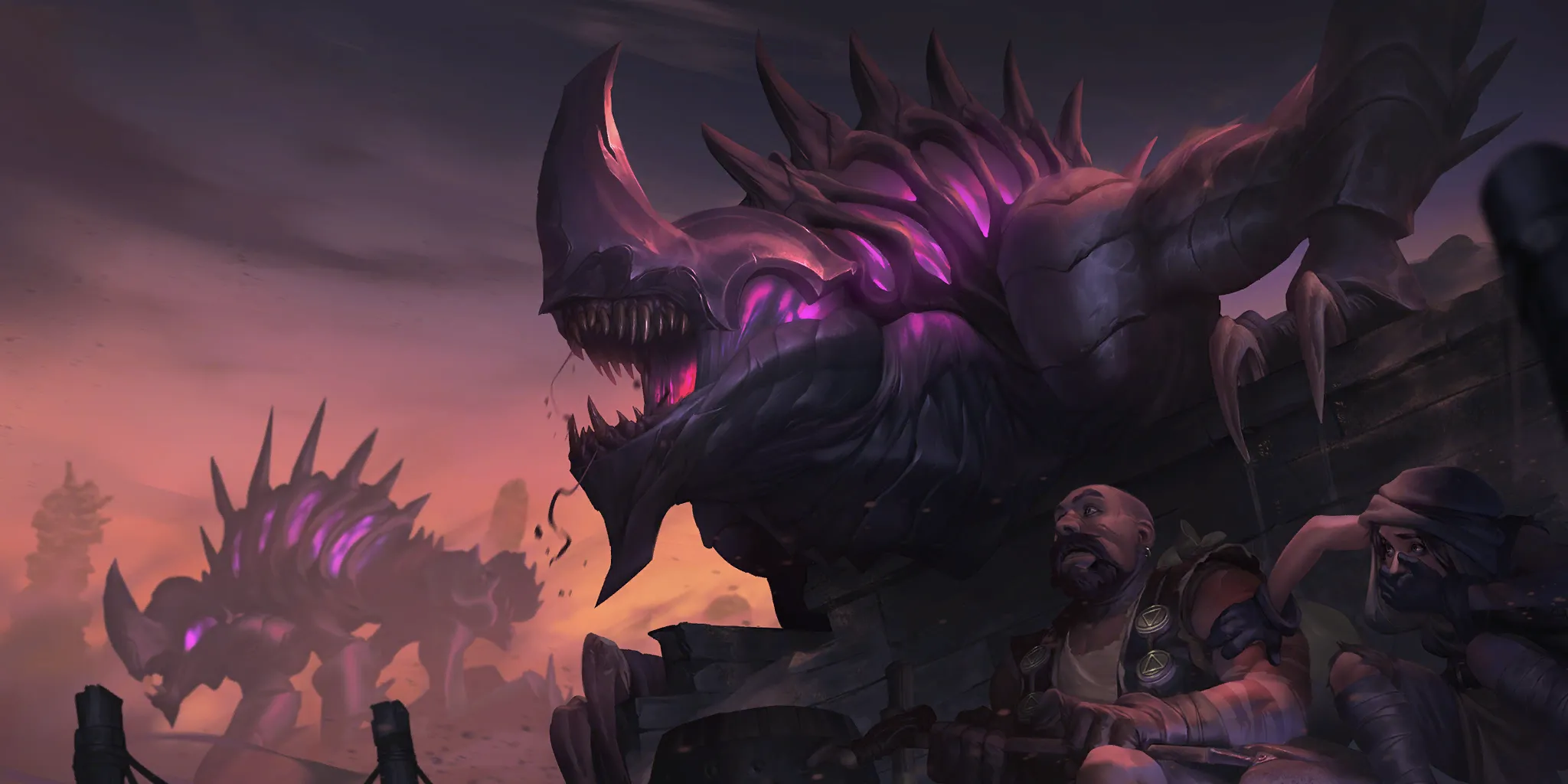
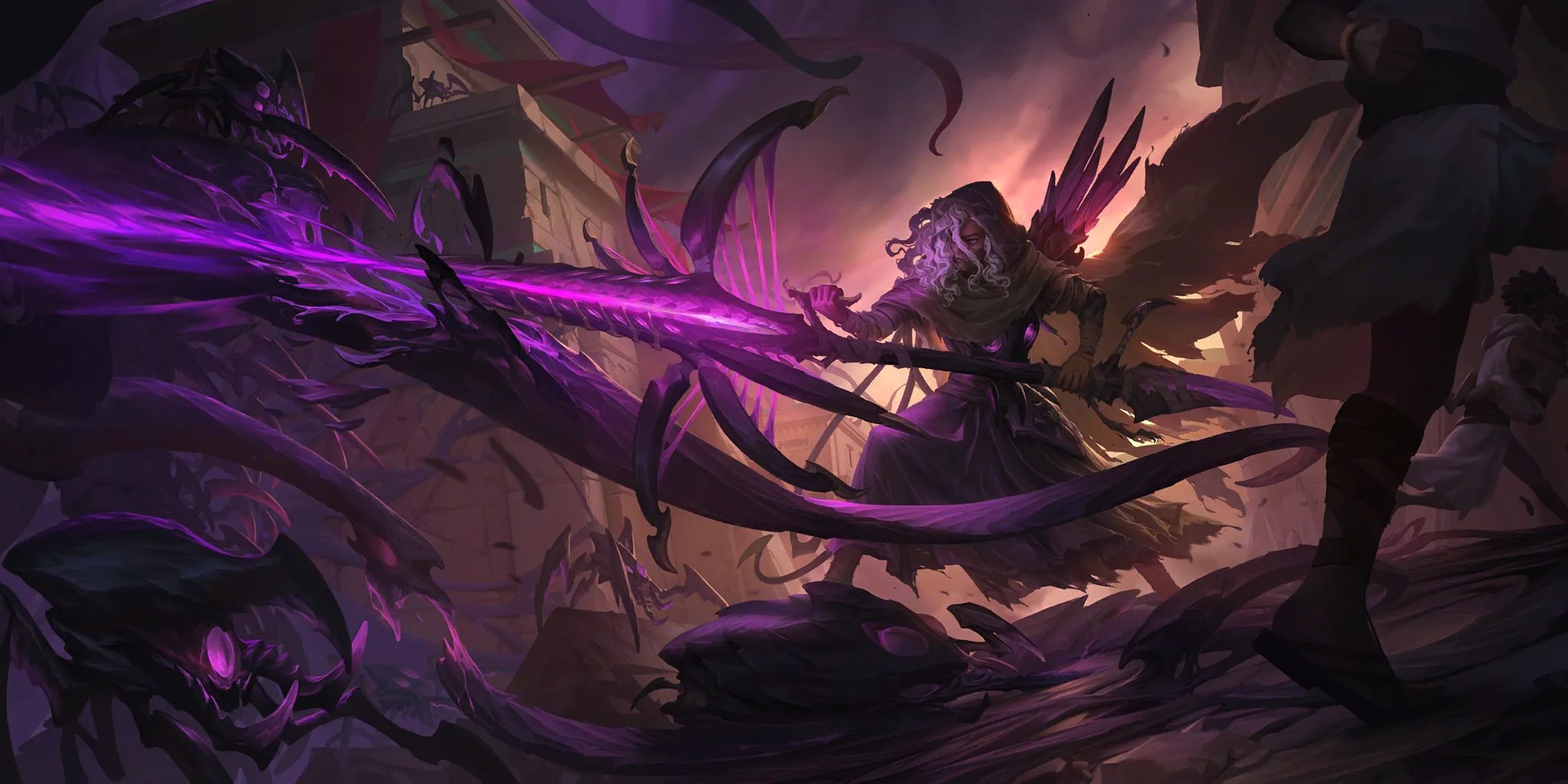
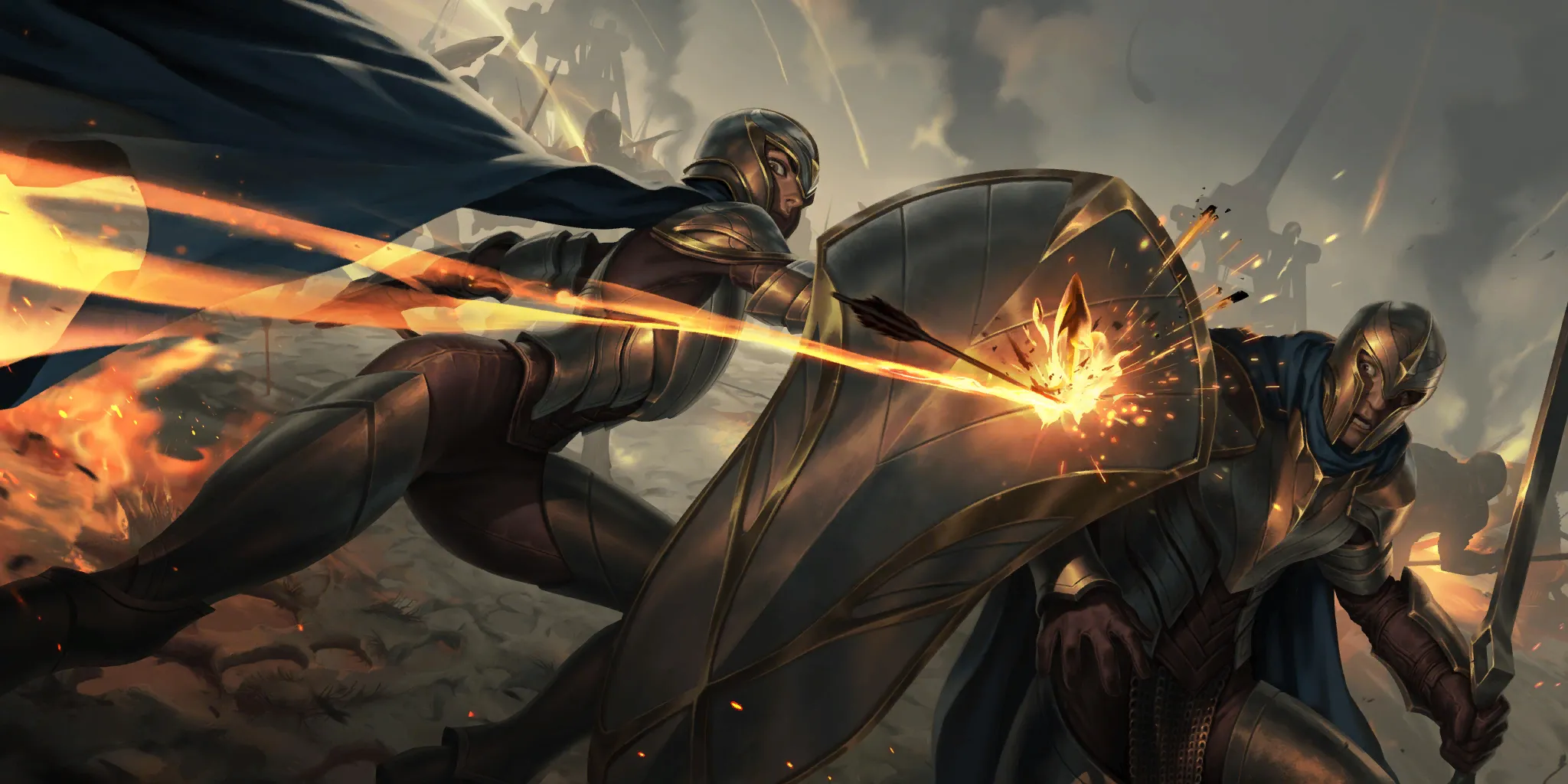
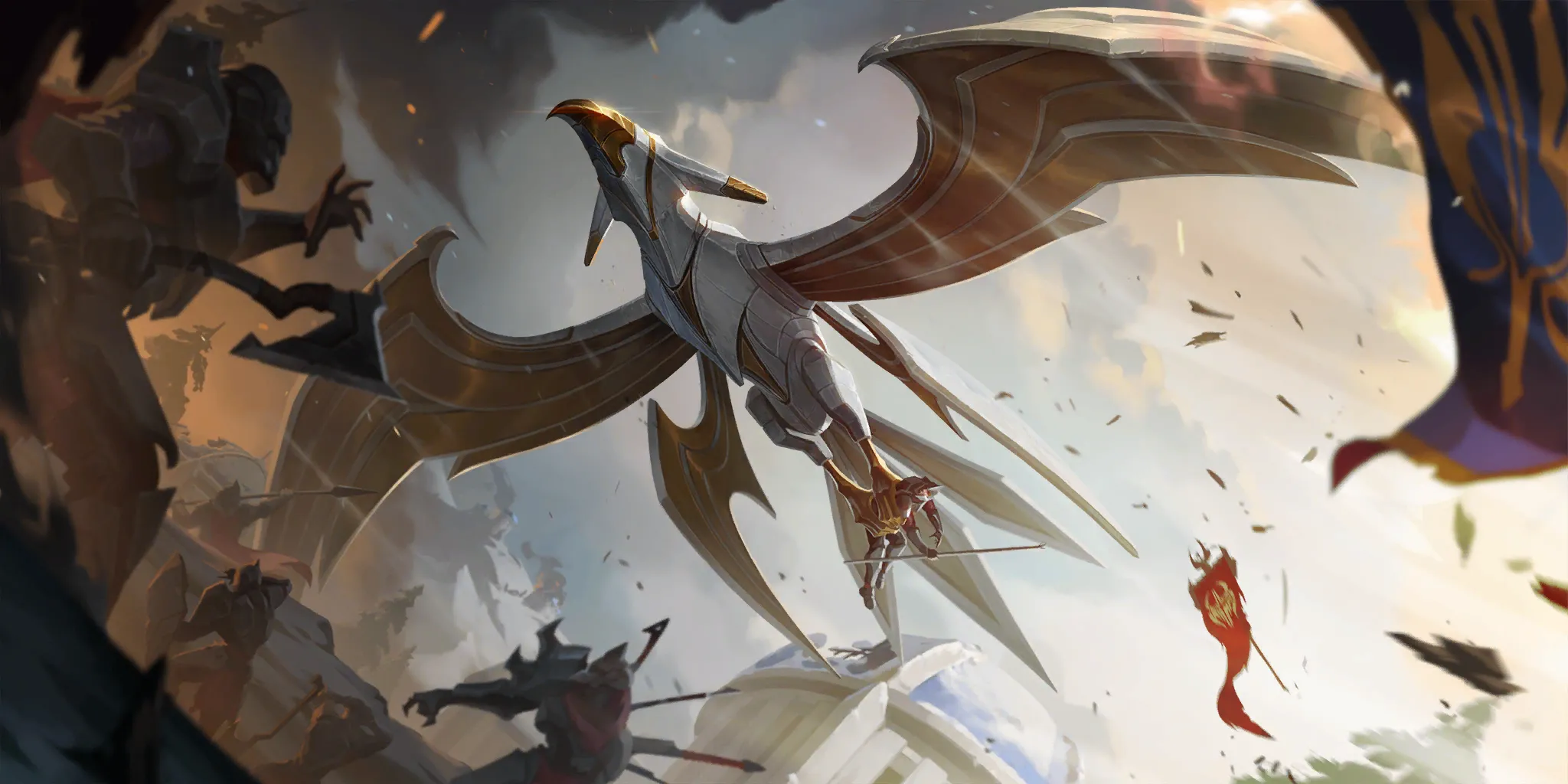
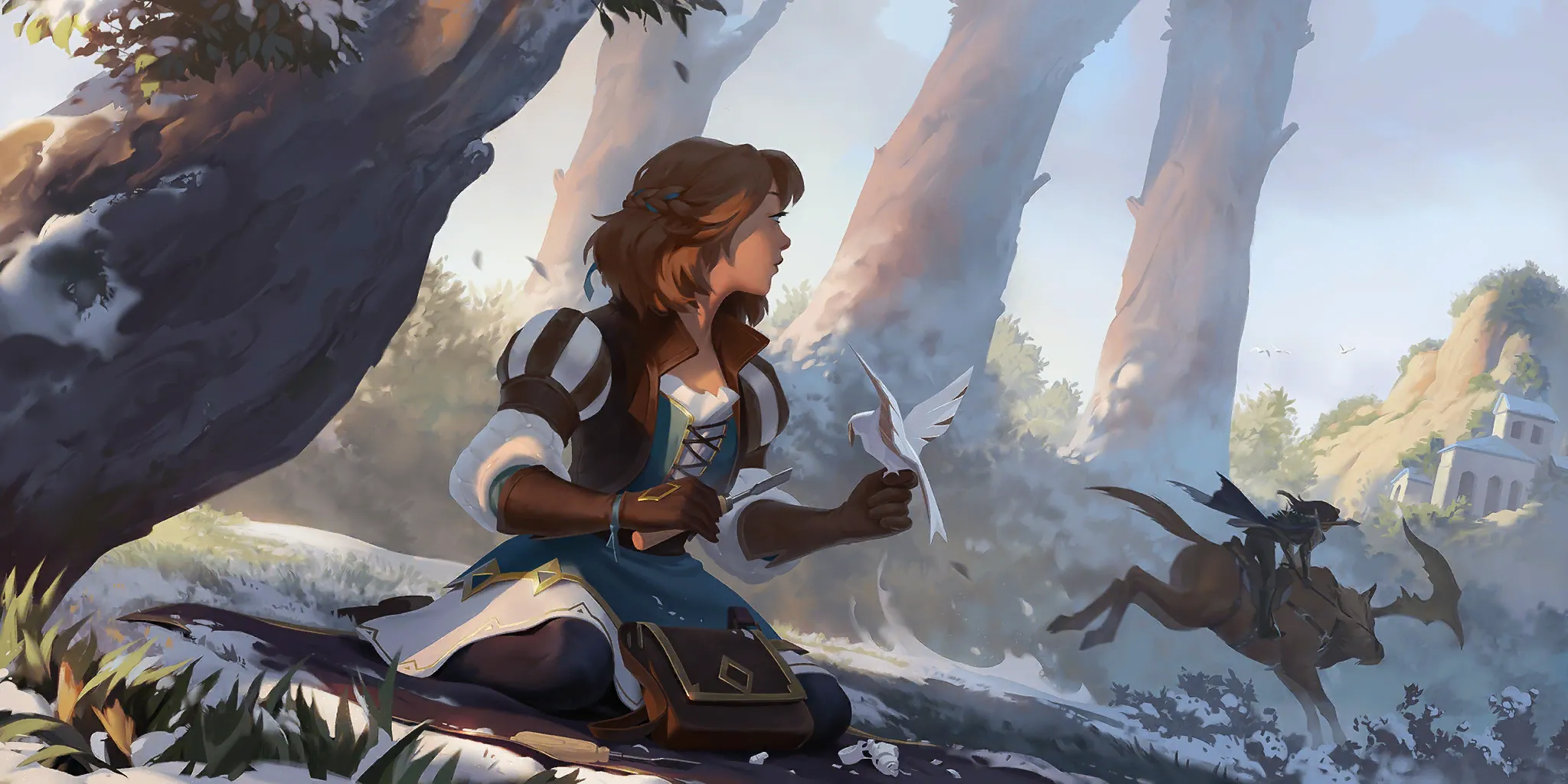
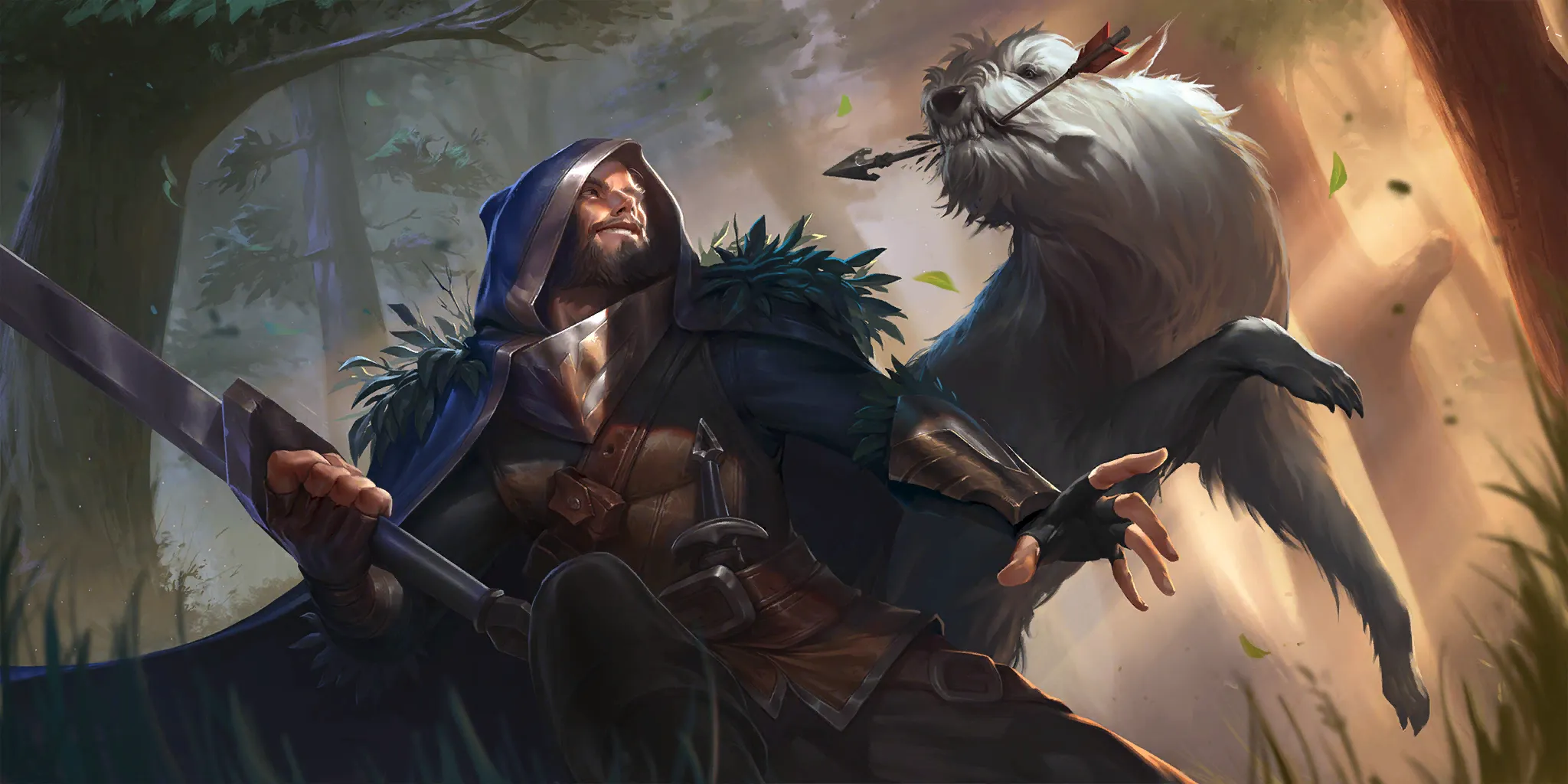
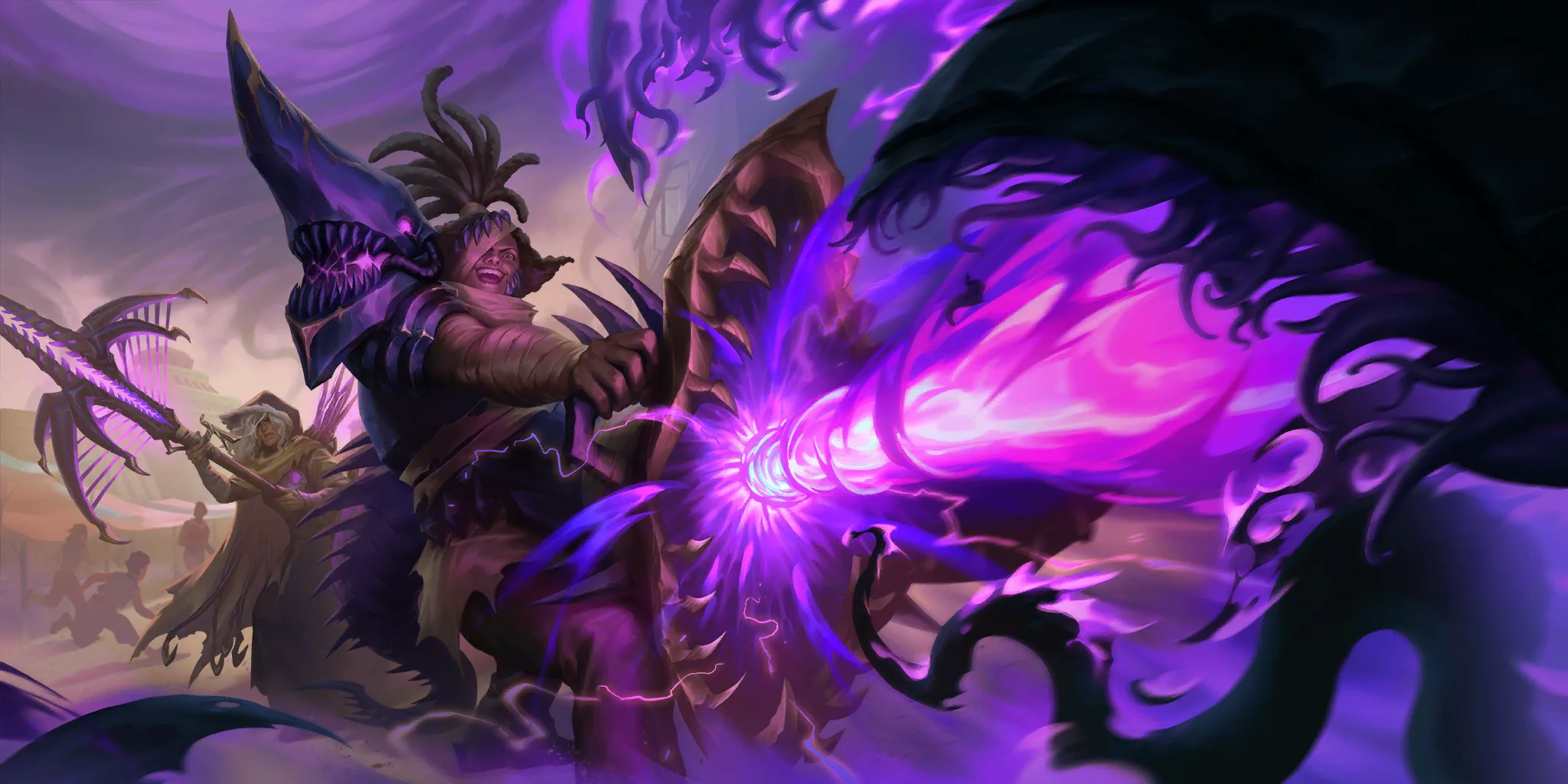
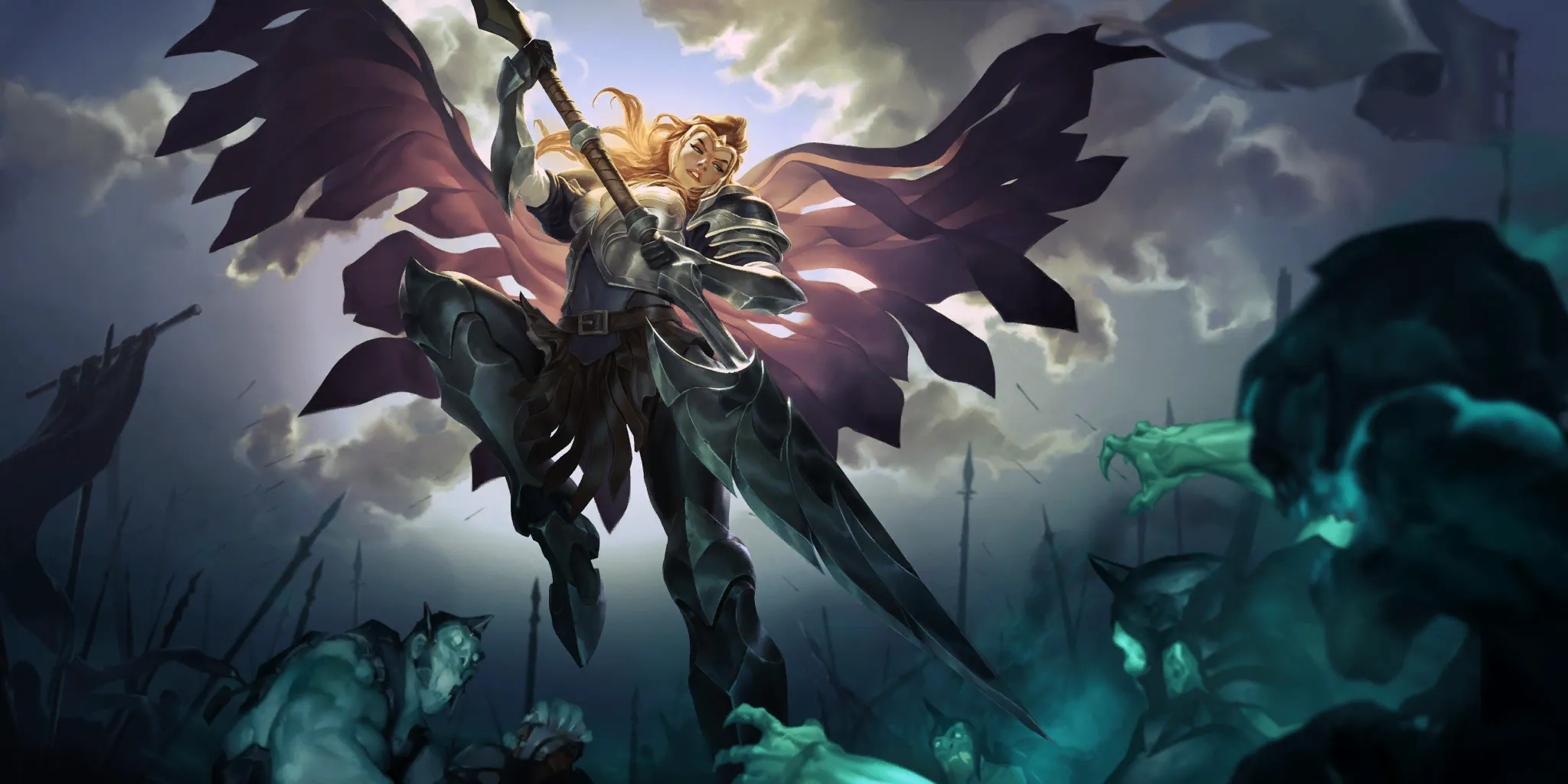
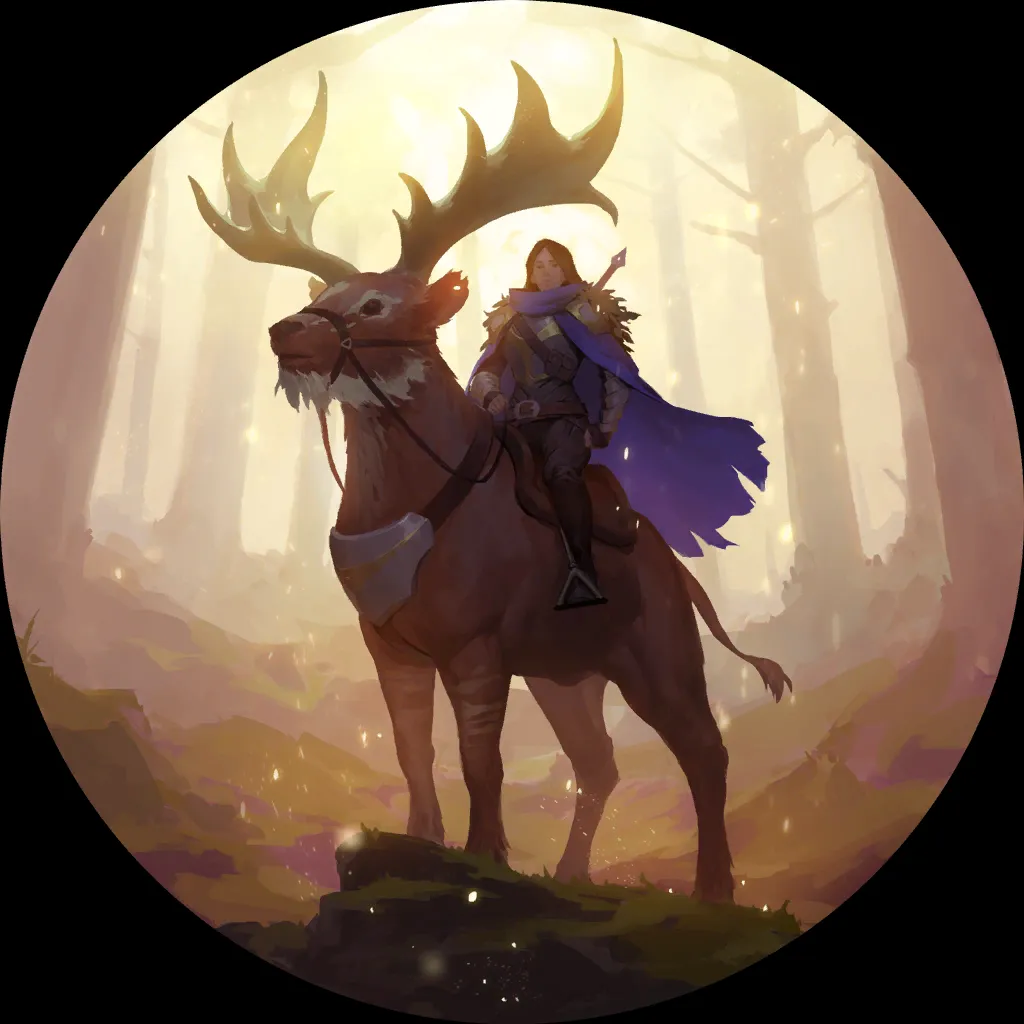
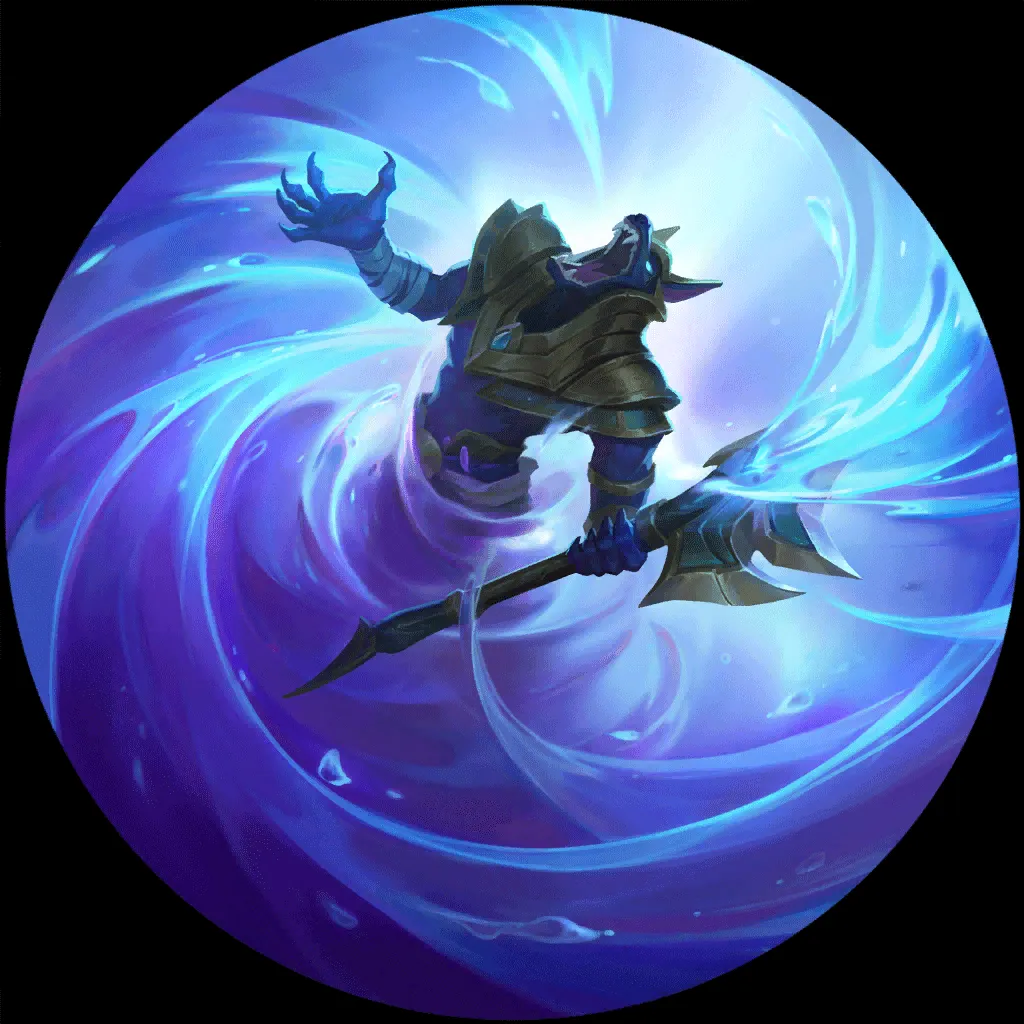

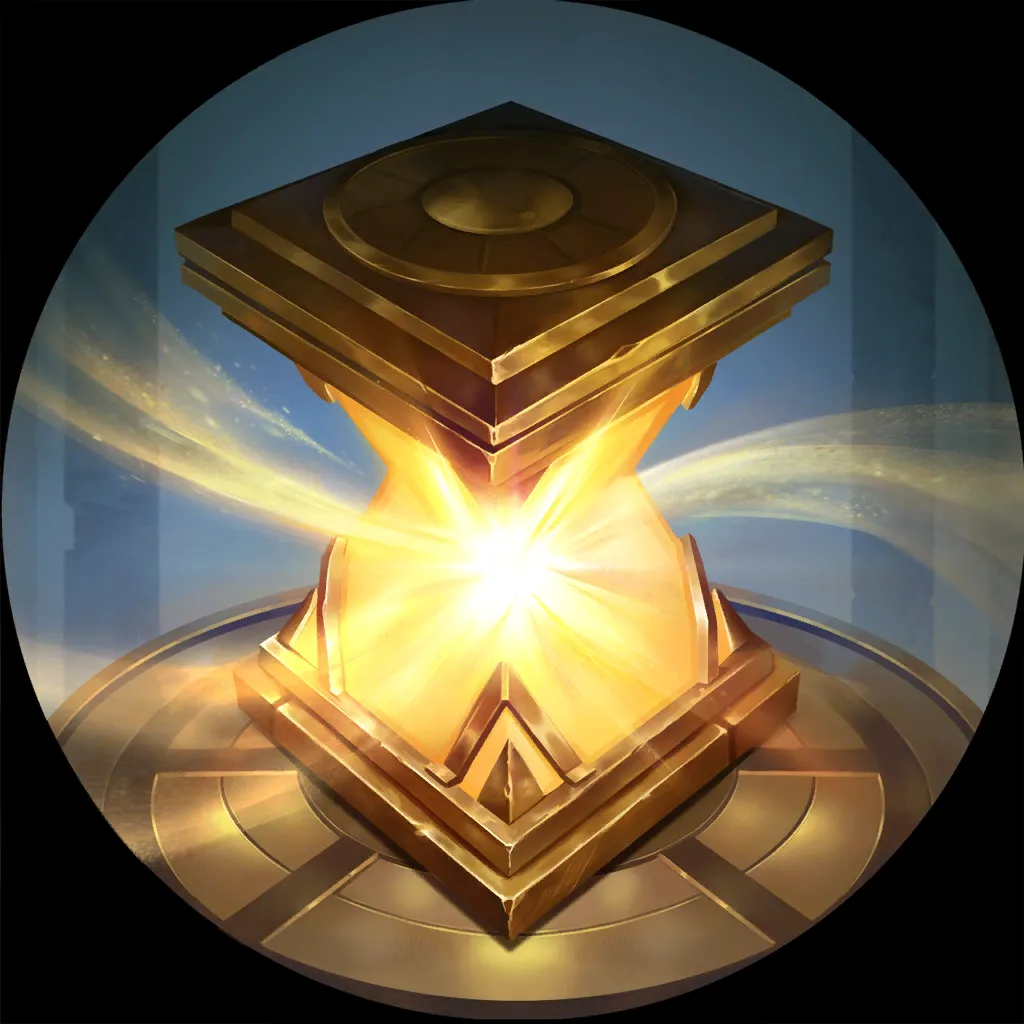
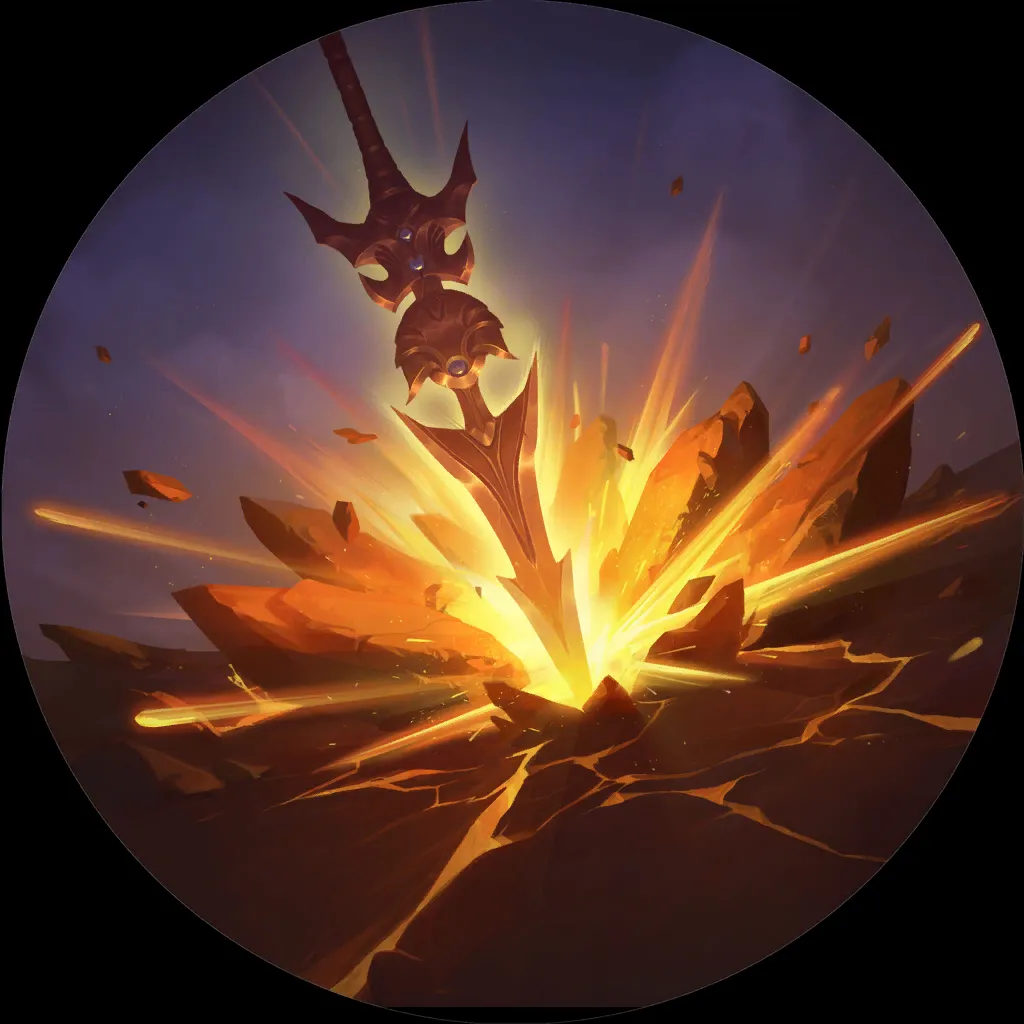
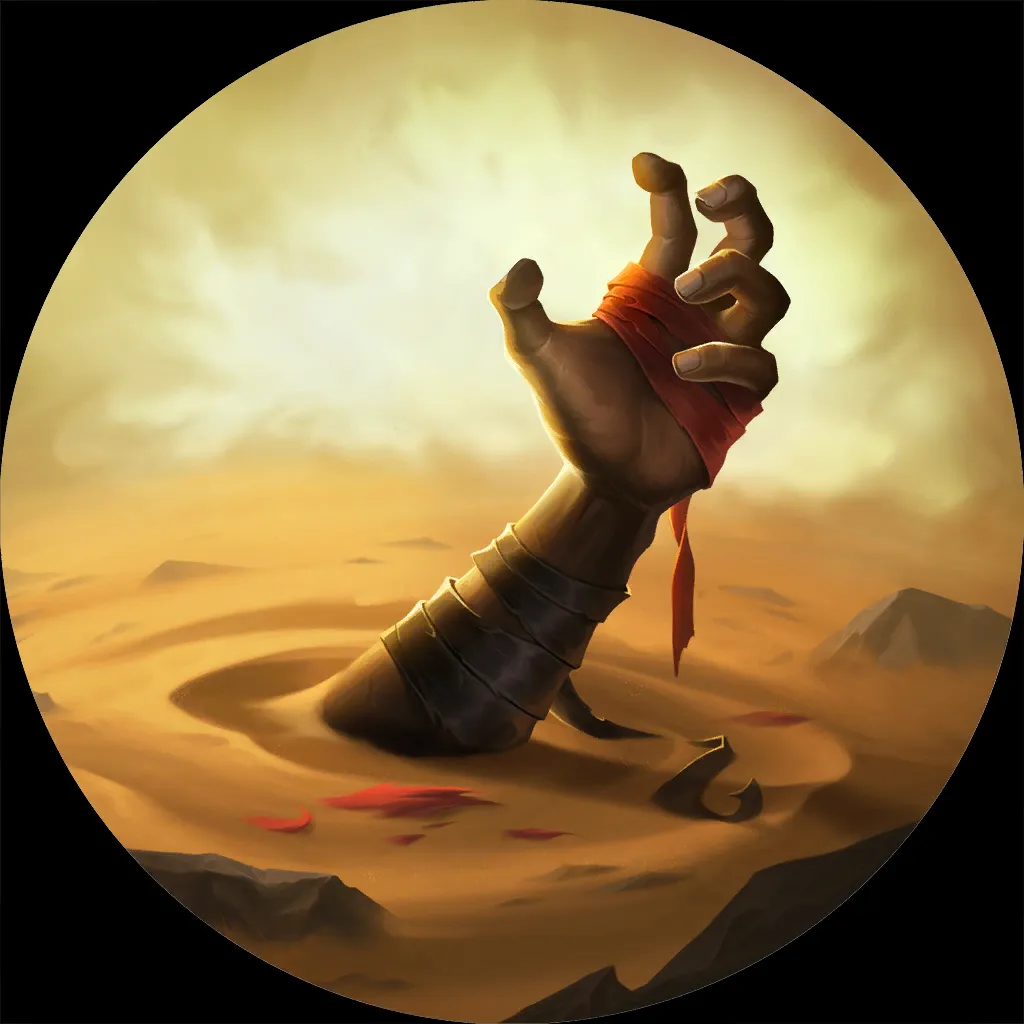
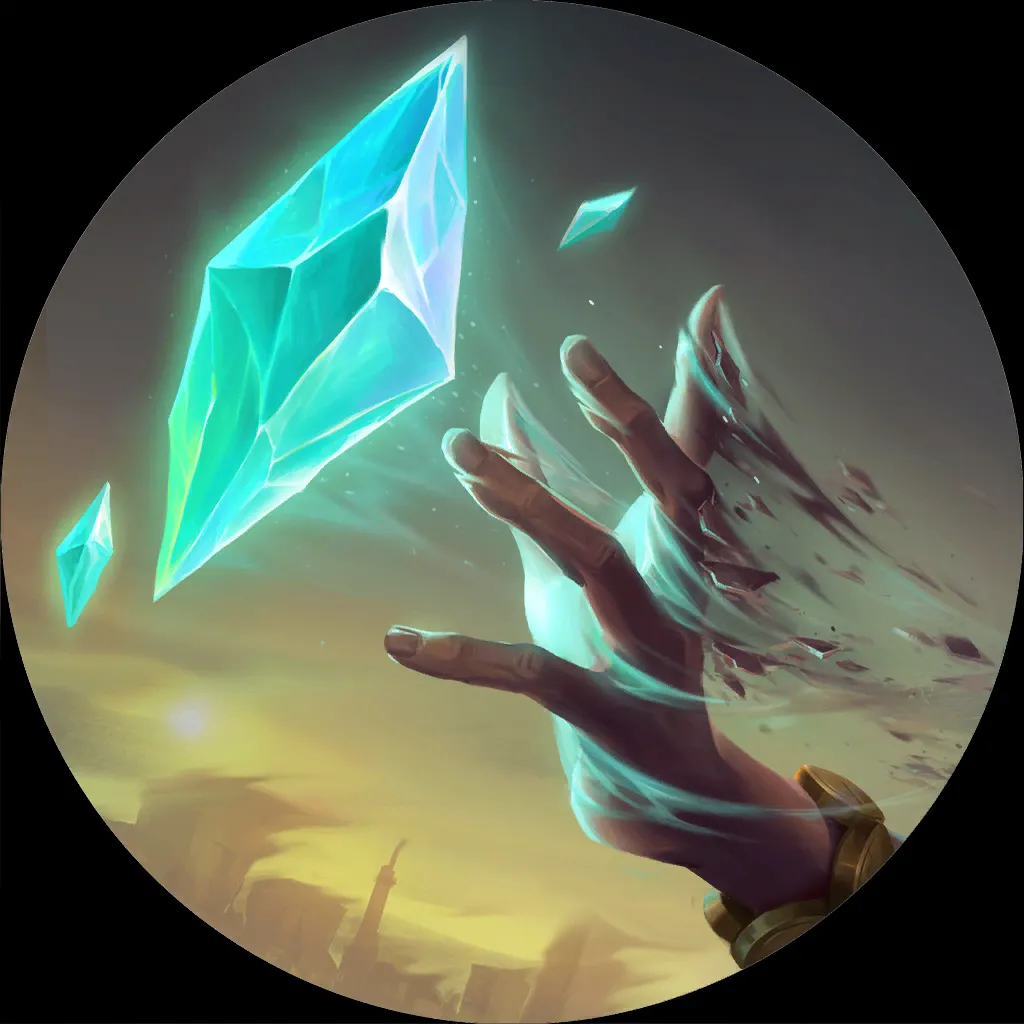
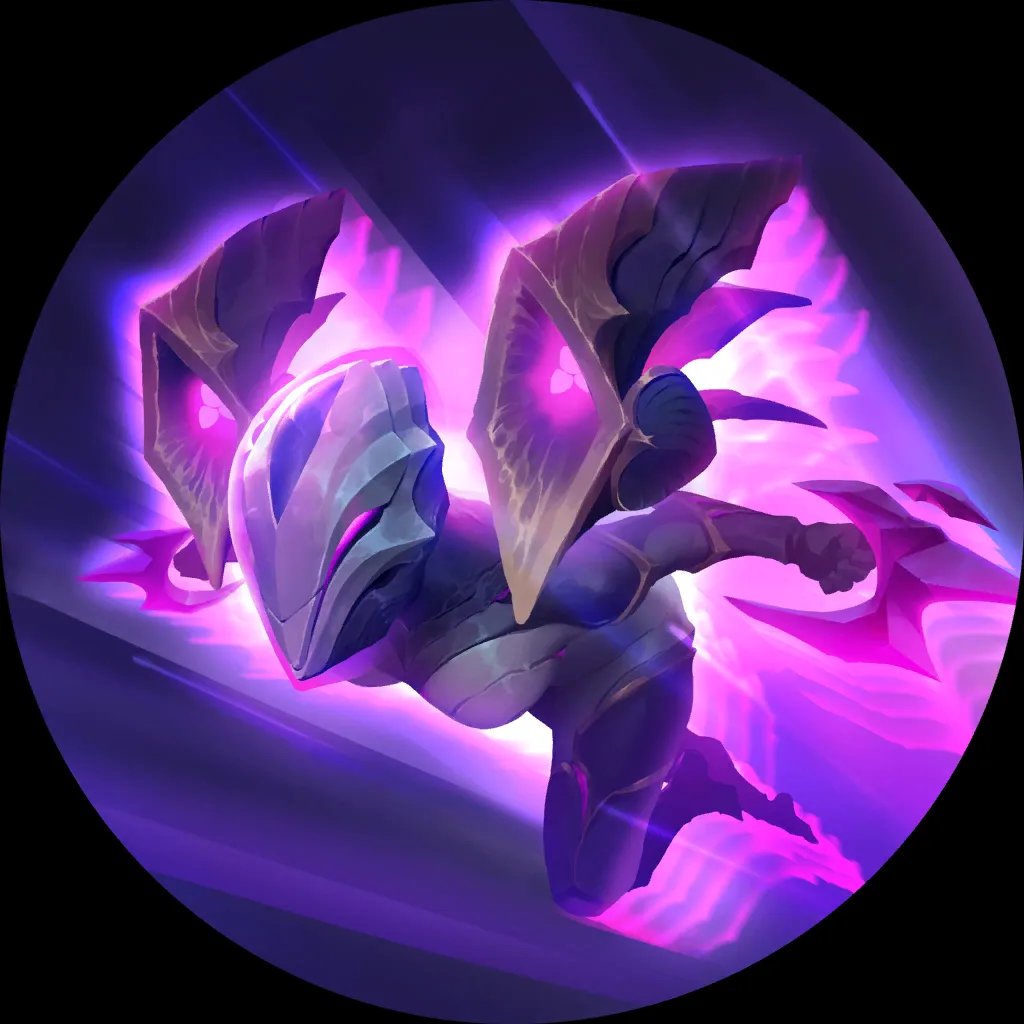
Kai'Sa is a powerful and consistent force from the new expansion, one you’re no doubt familiar with if you pay enough attention to Runeterra to be reading tournament articles like these in the first place. I’ll spare you any more on the topic, but to give you a glimmer of hope I do want to point out that these five Kai’Sa decks took 4th-8th in the final standings.
Taking up another whopping half of the Top 8 is the 5-star General of the Old Guard, Thralls. There’s been a lot of talk of a lack of interaction and solitaire-feeling gameplay as of late, and no deck highlights the playstyle better than Thralls.

23 cards

17 cards
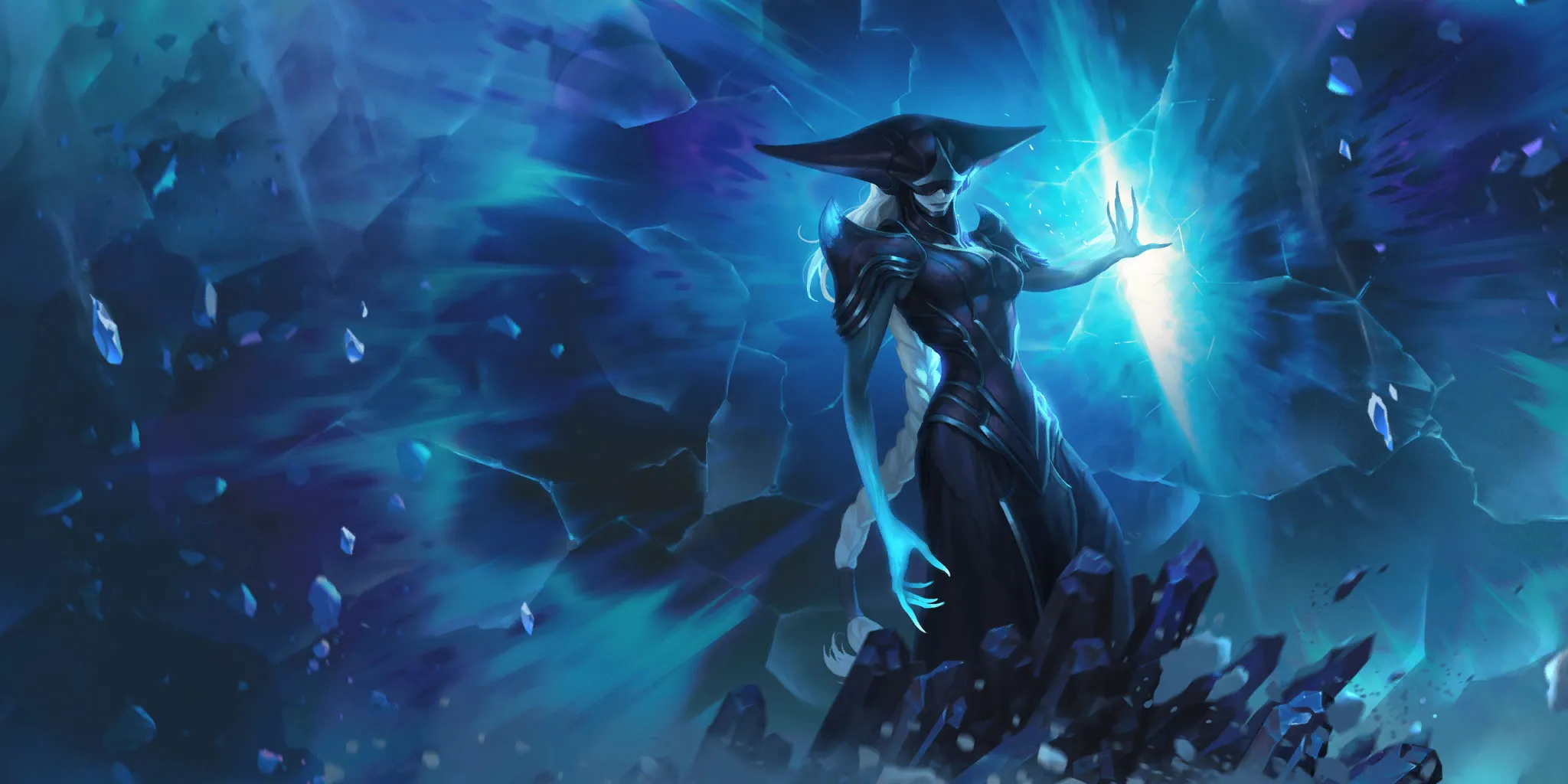
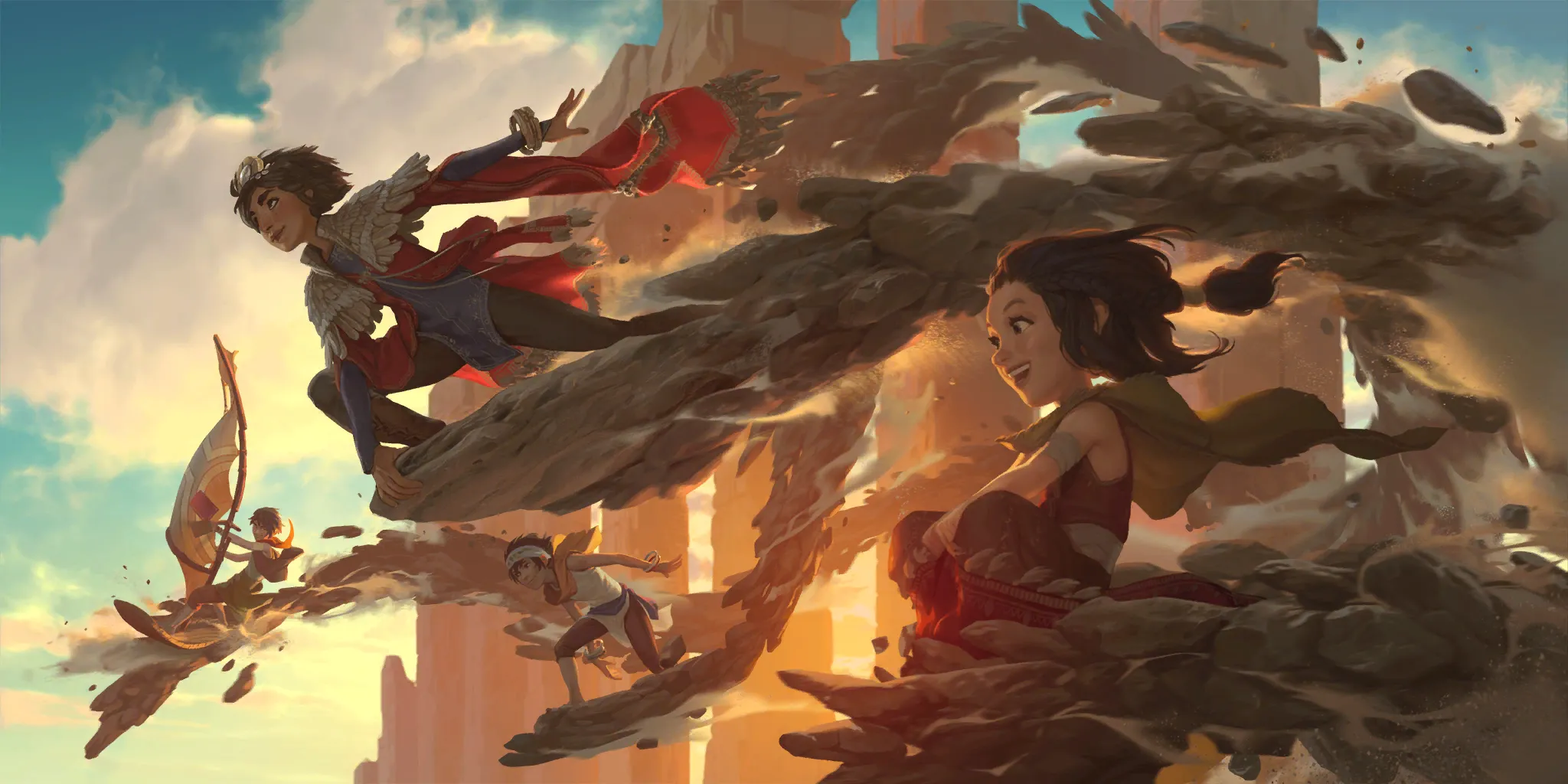
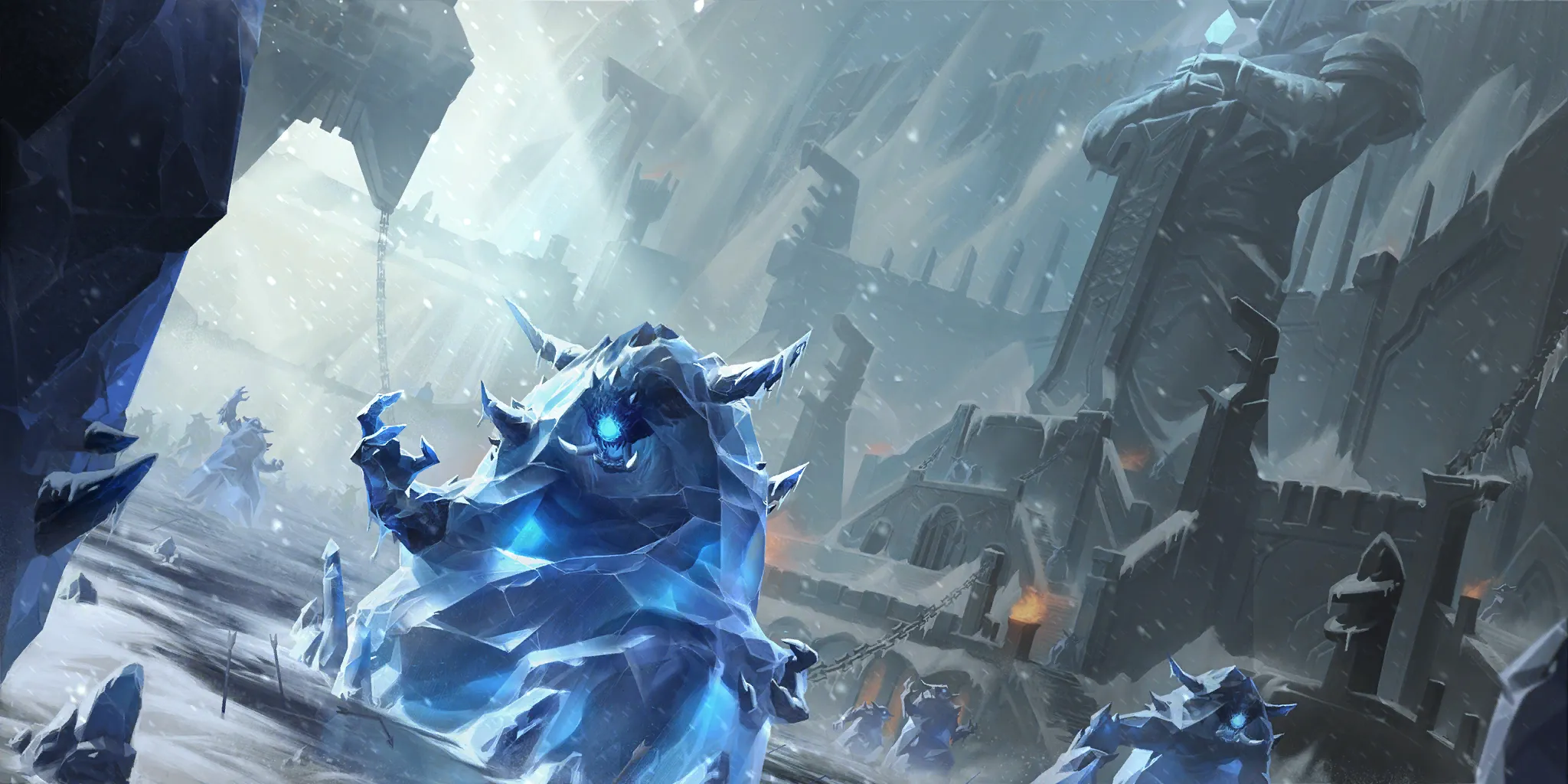

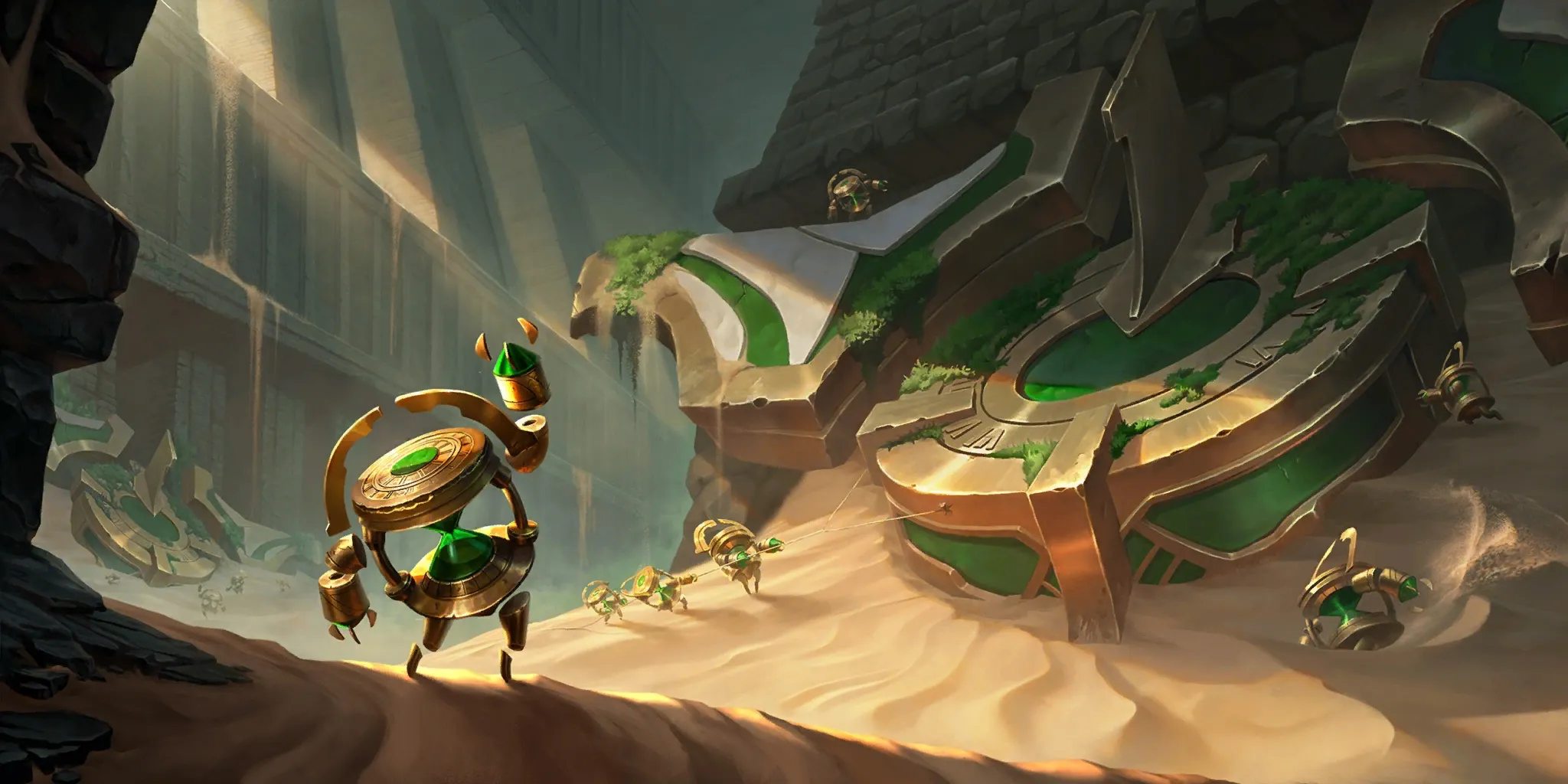
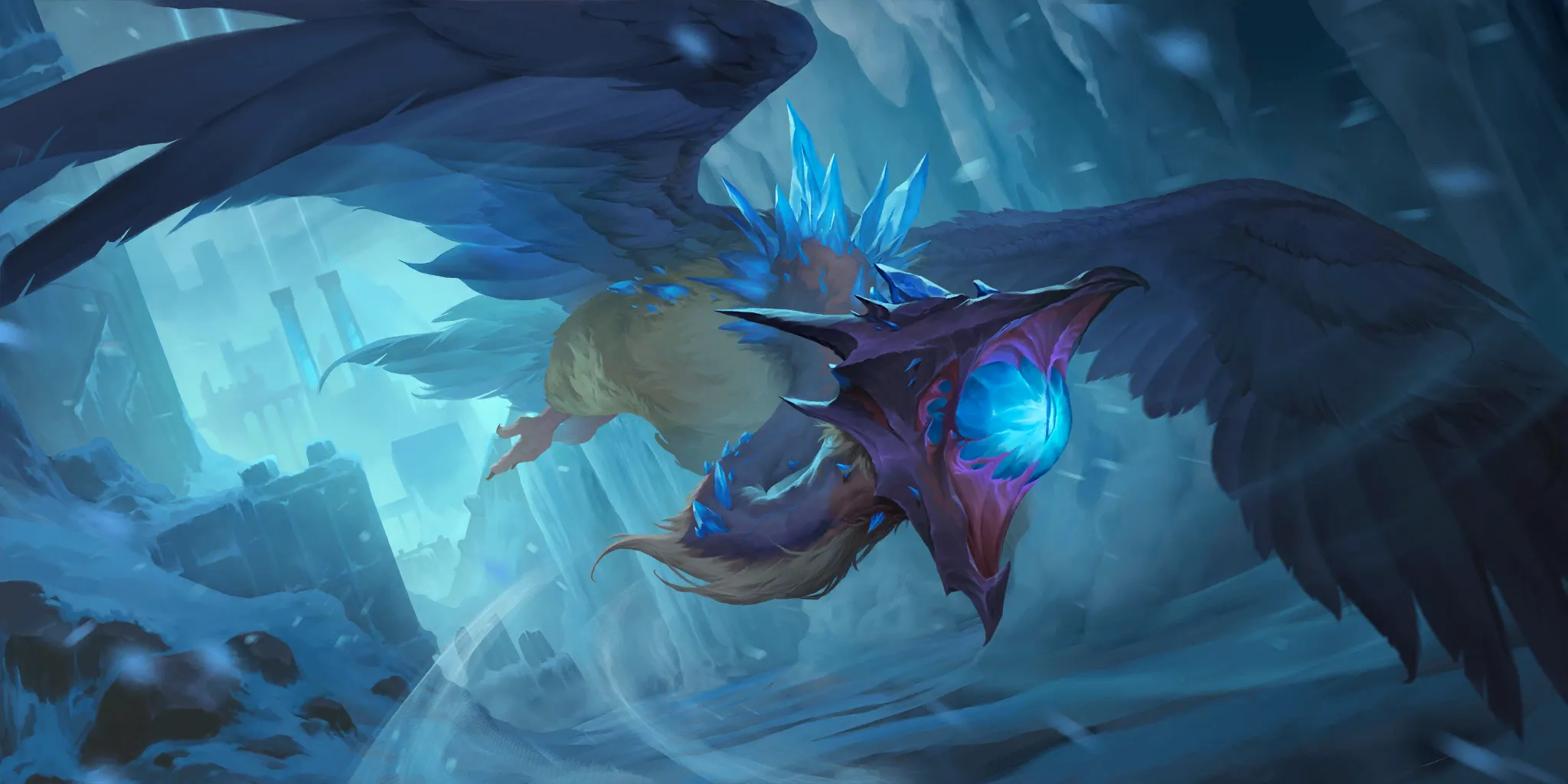
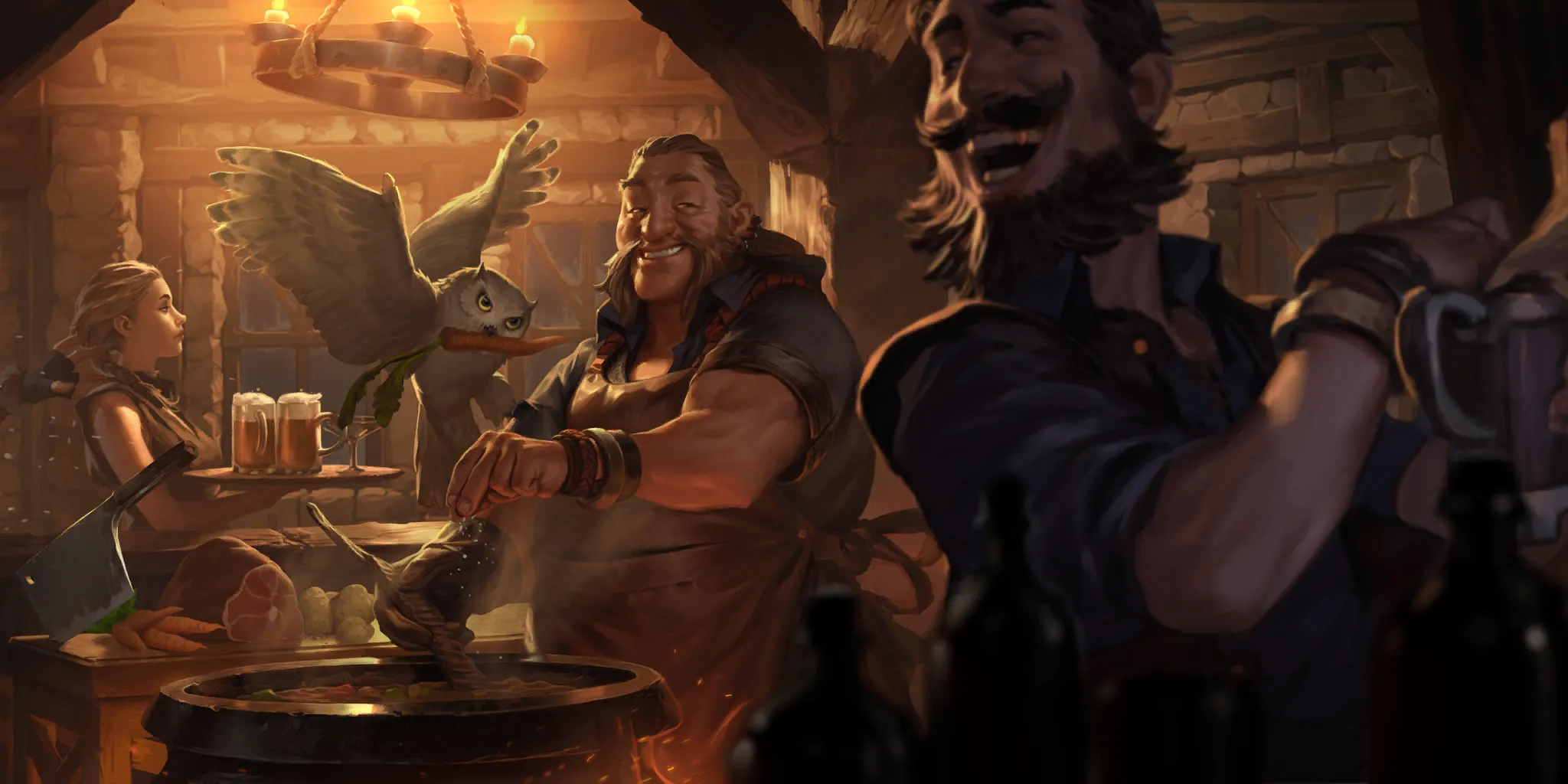
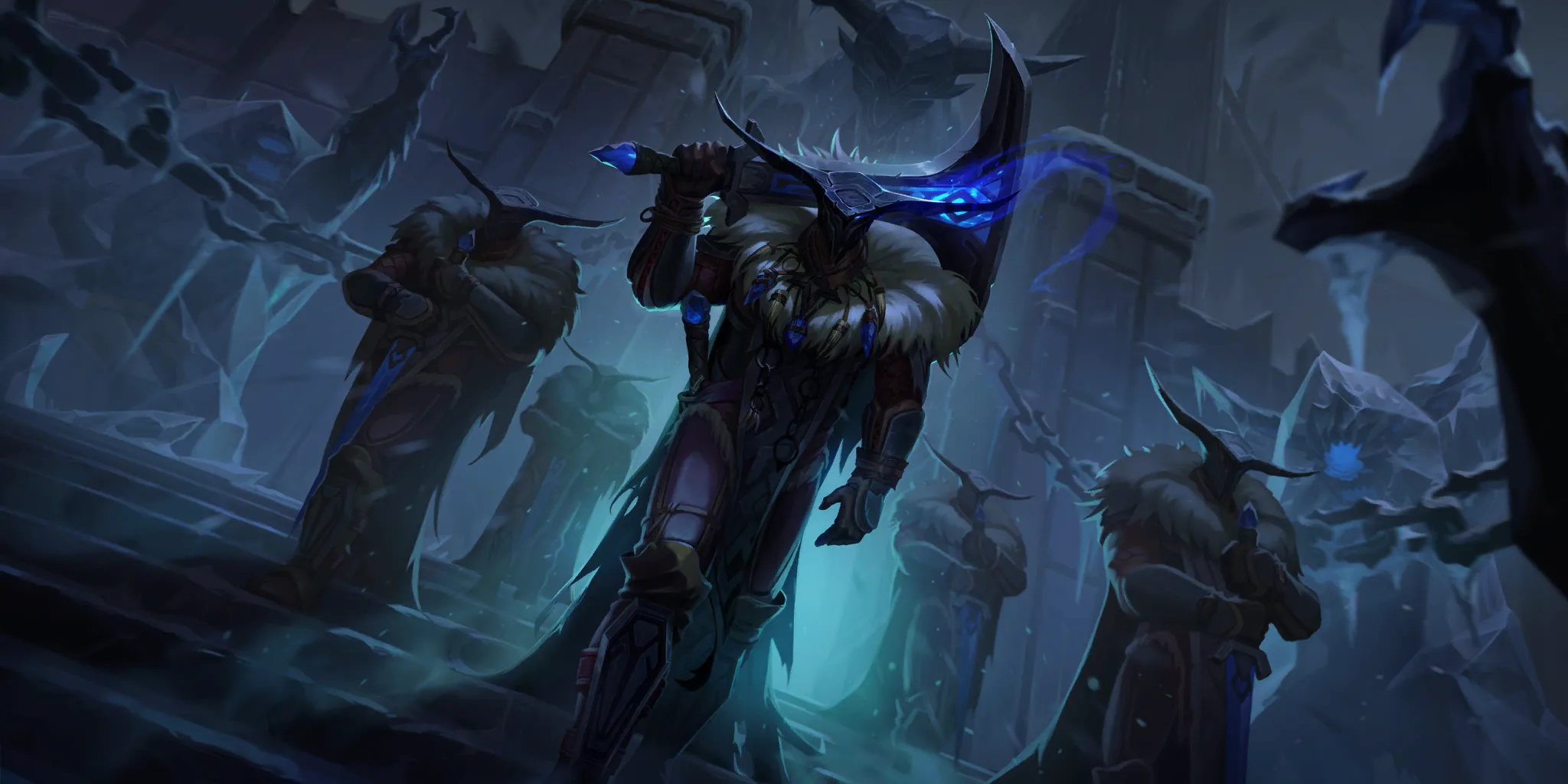
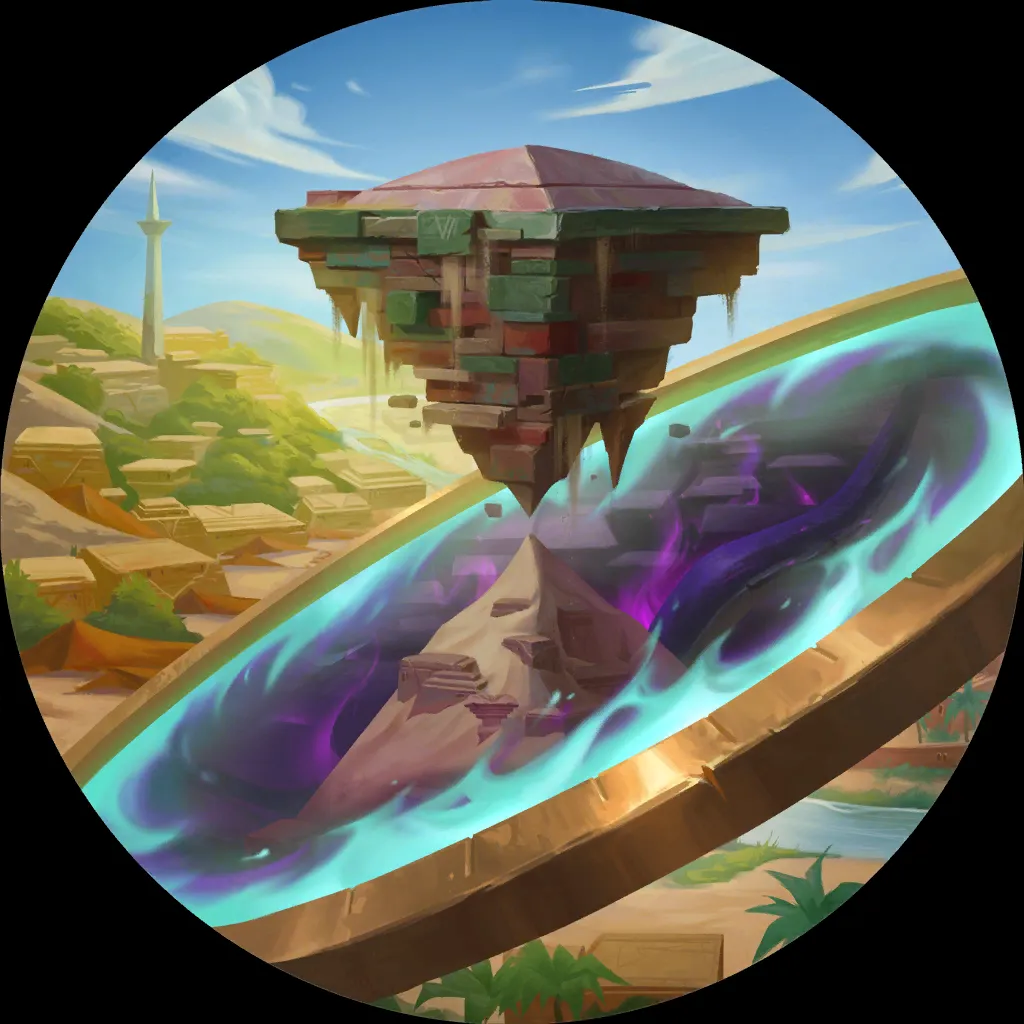
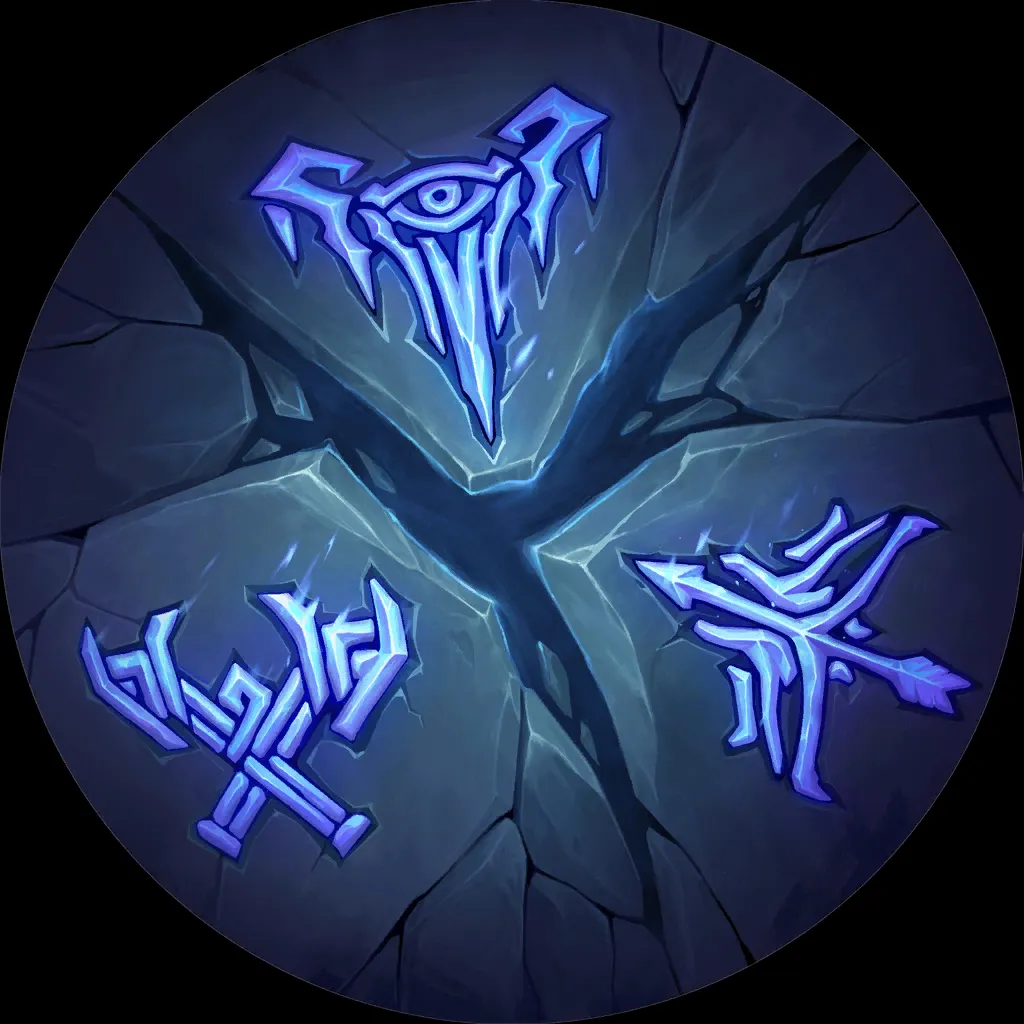
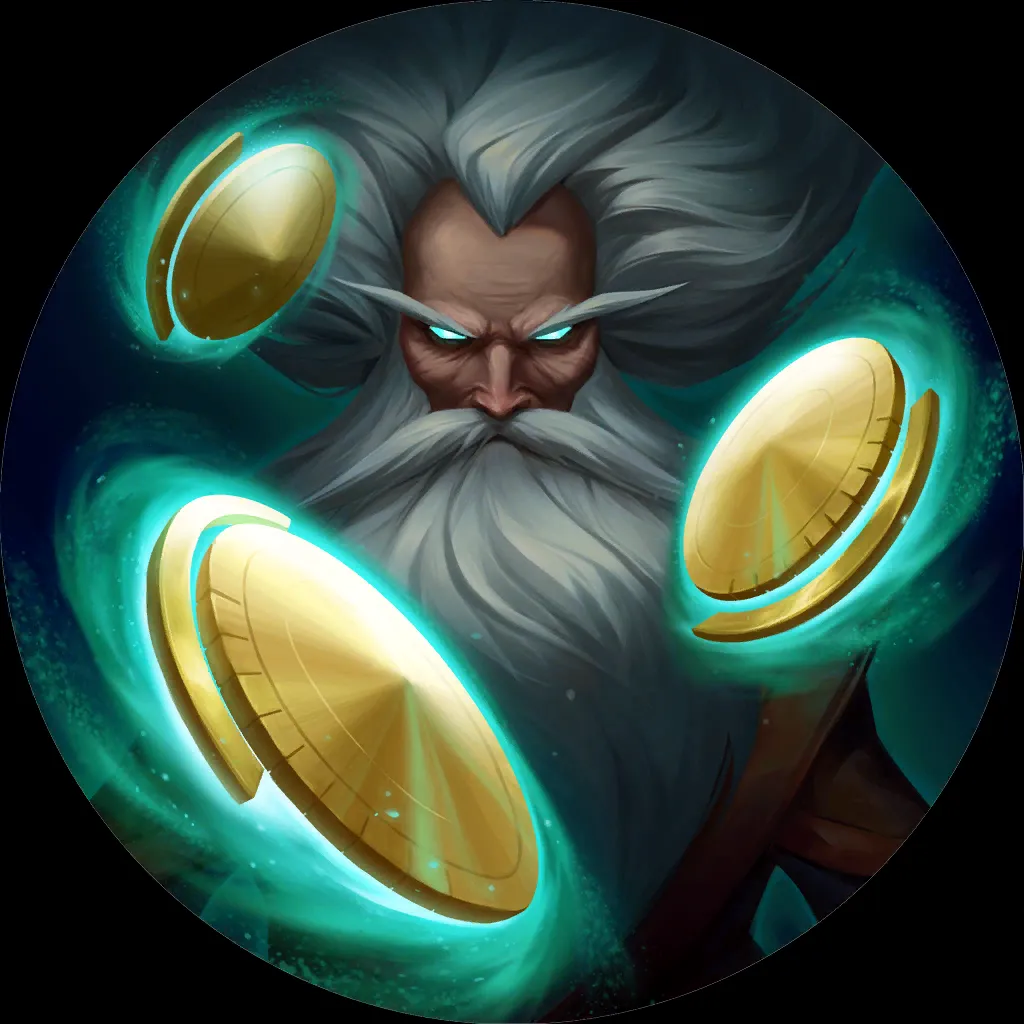



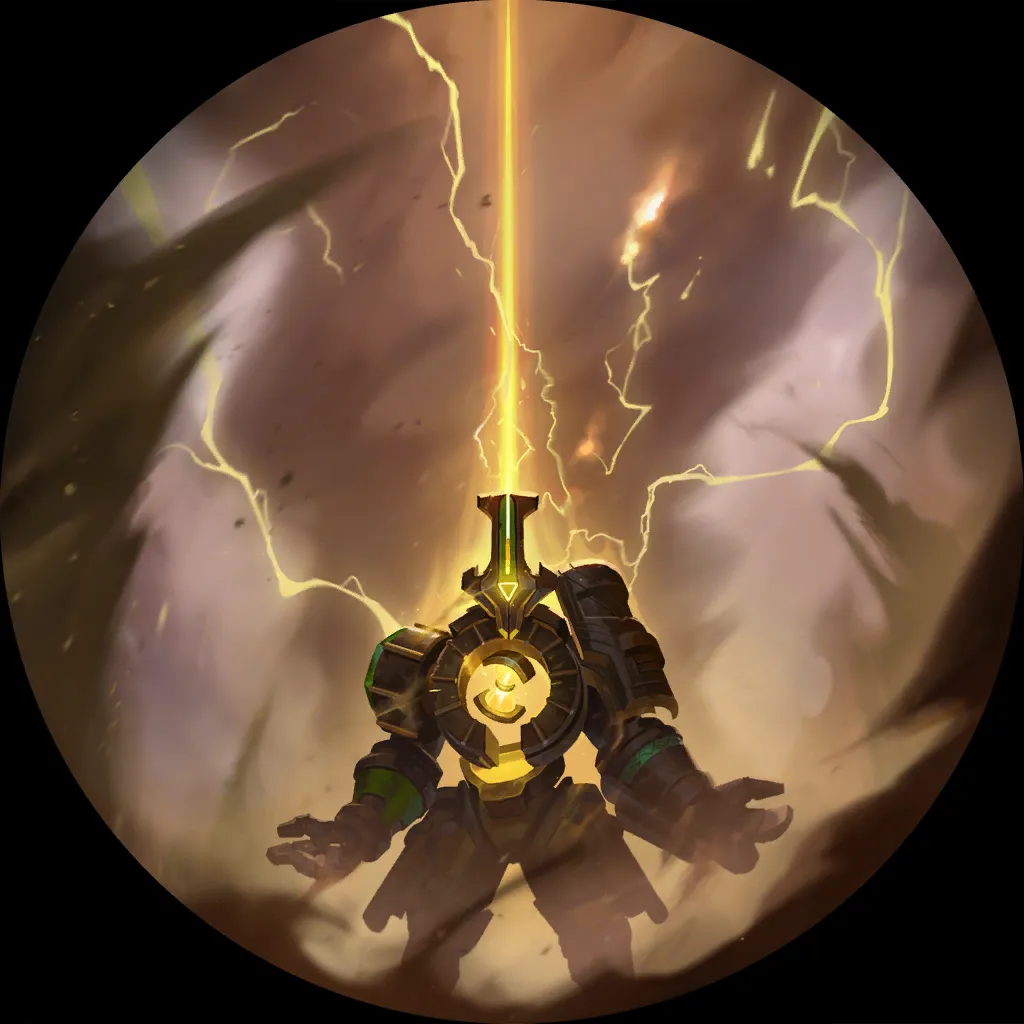

Proactive decks have always been the safer pick in an open field, but as Thralls continue to sit on top of the established meta they demand proactivity from everyone. Luckily it takes more than one deck to completely push something out, so more reactive control strategies are still a viable option for lovers of the playstyle.

21 cards
19 cards
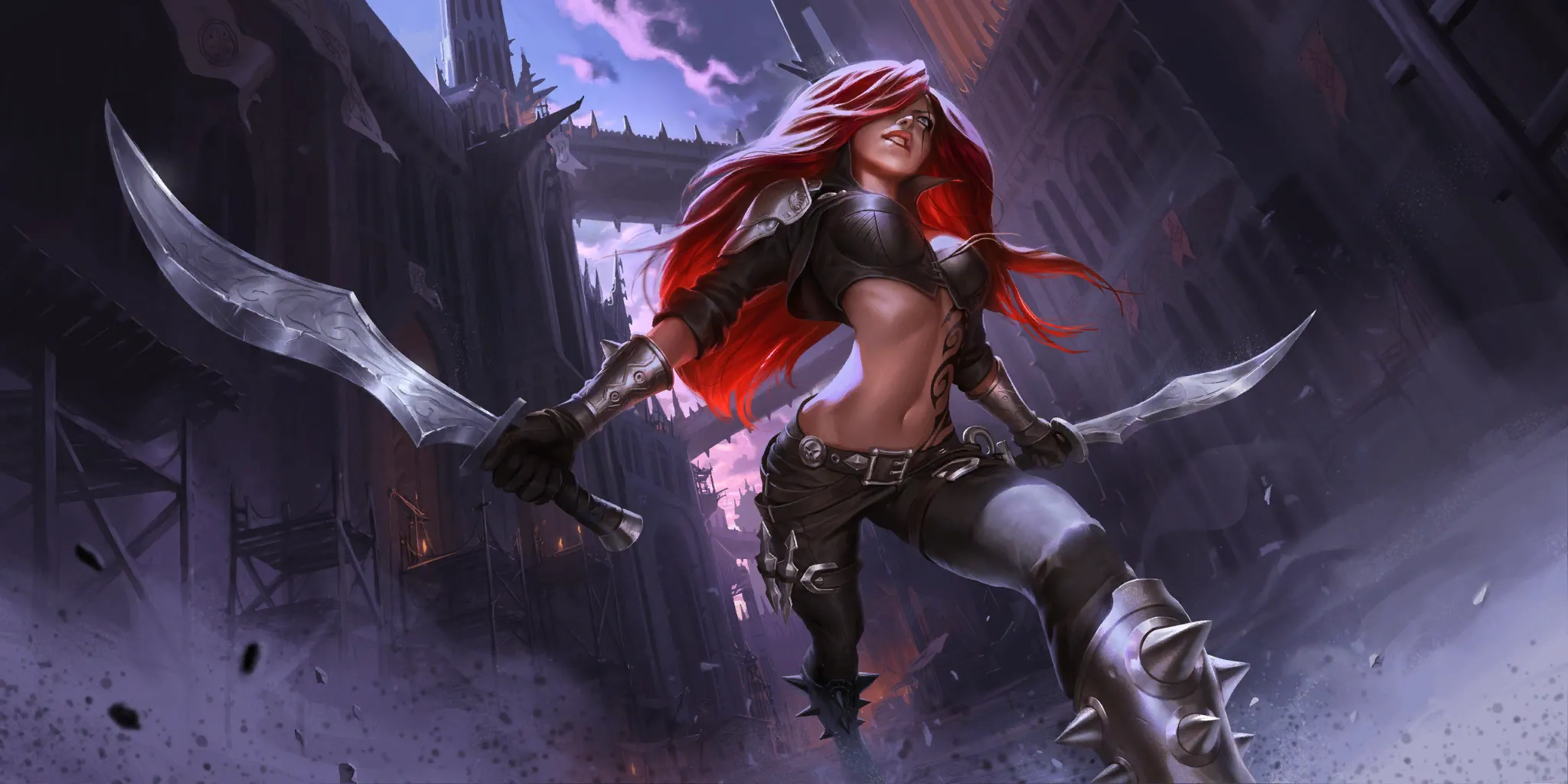

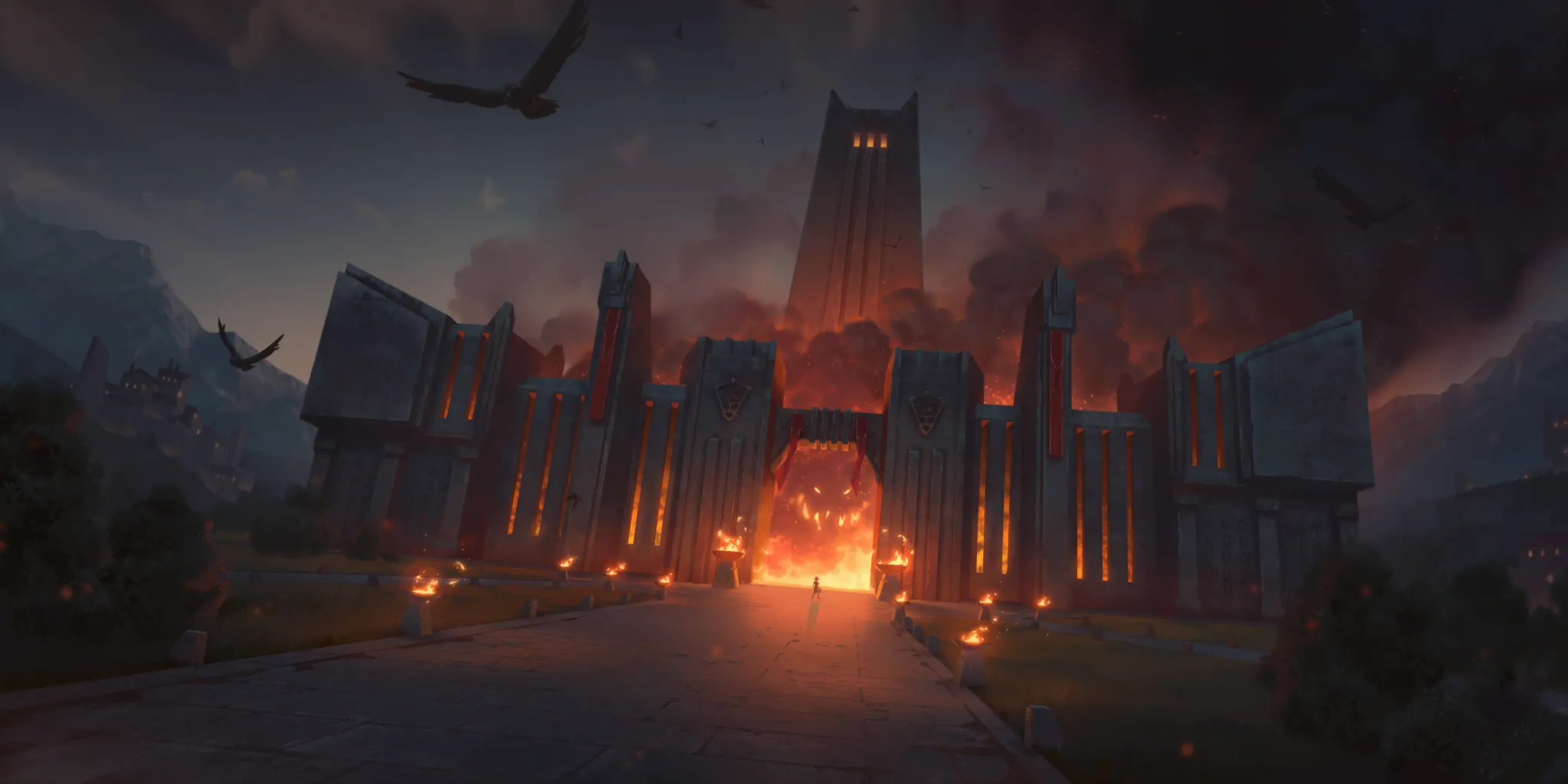


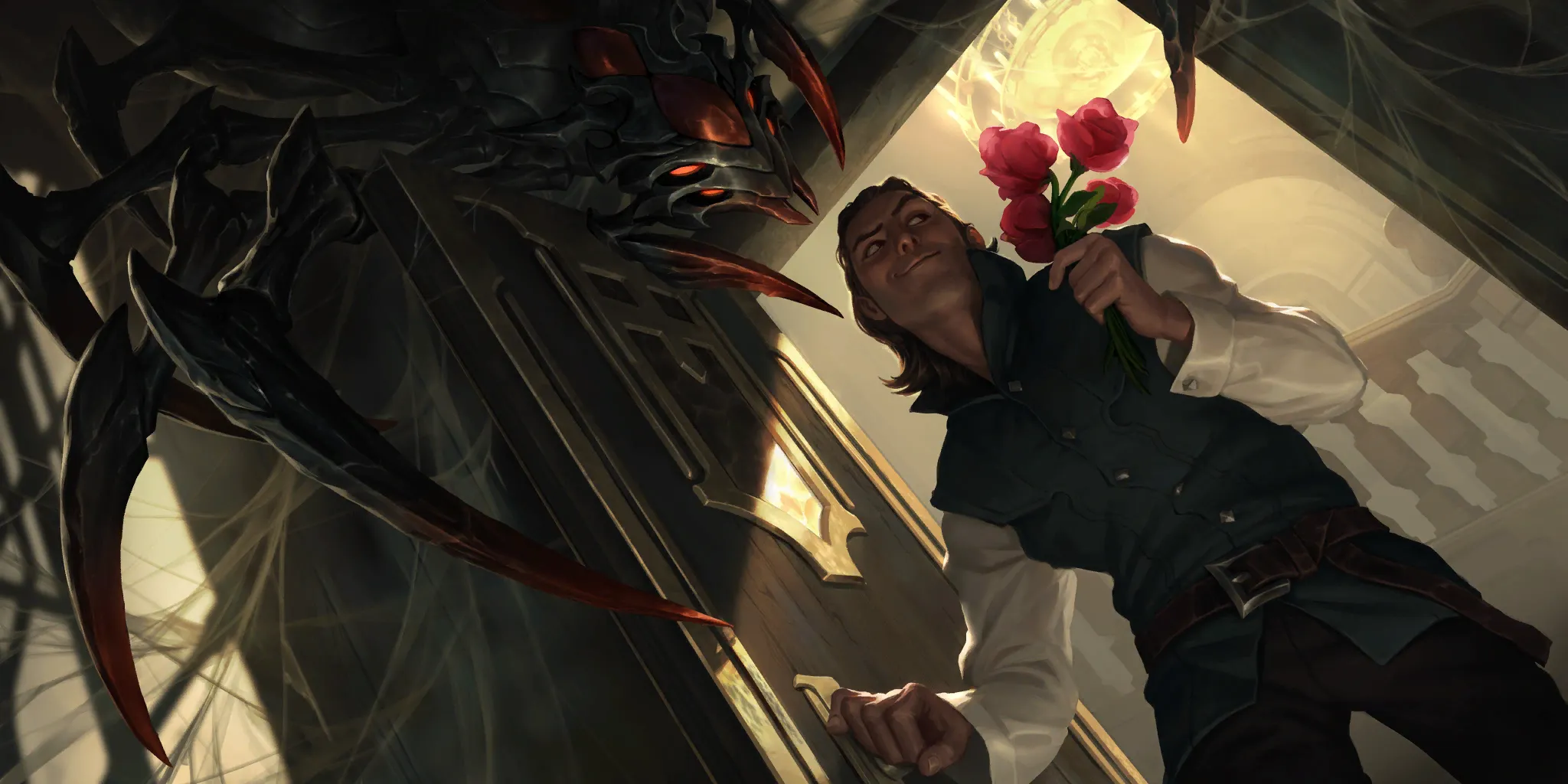
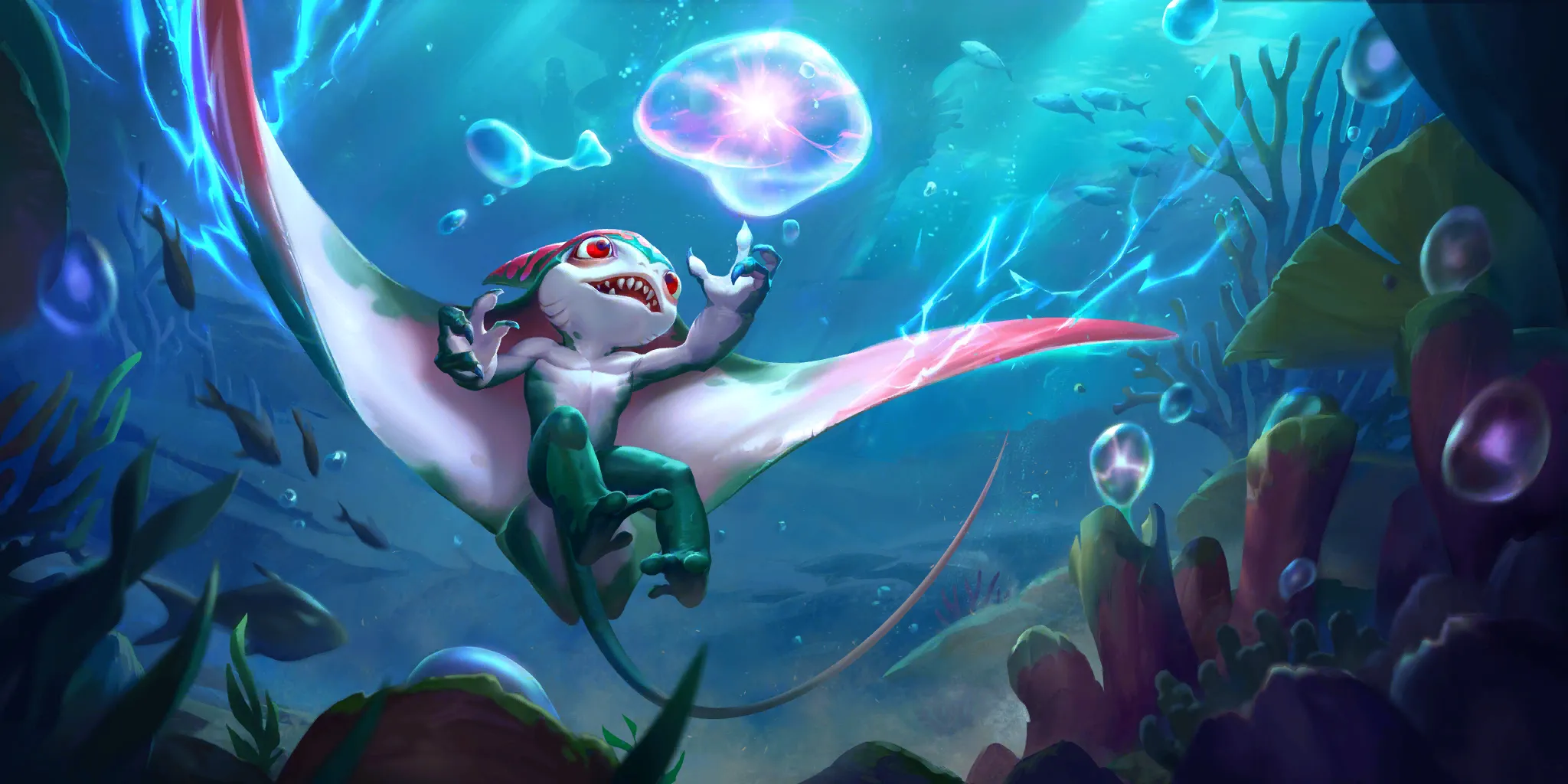
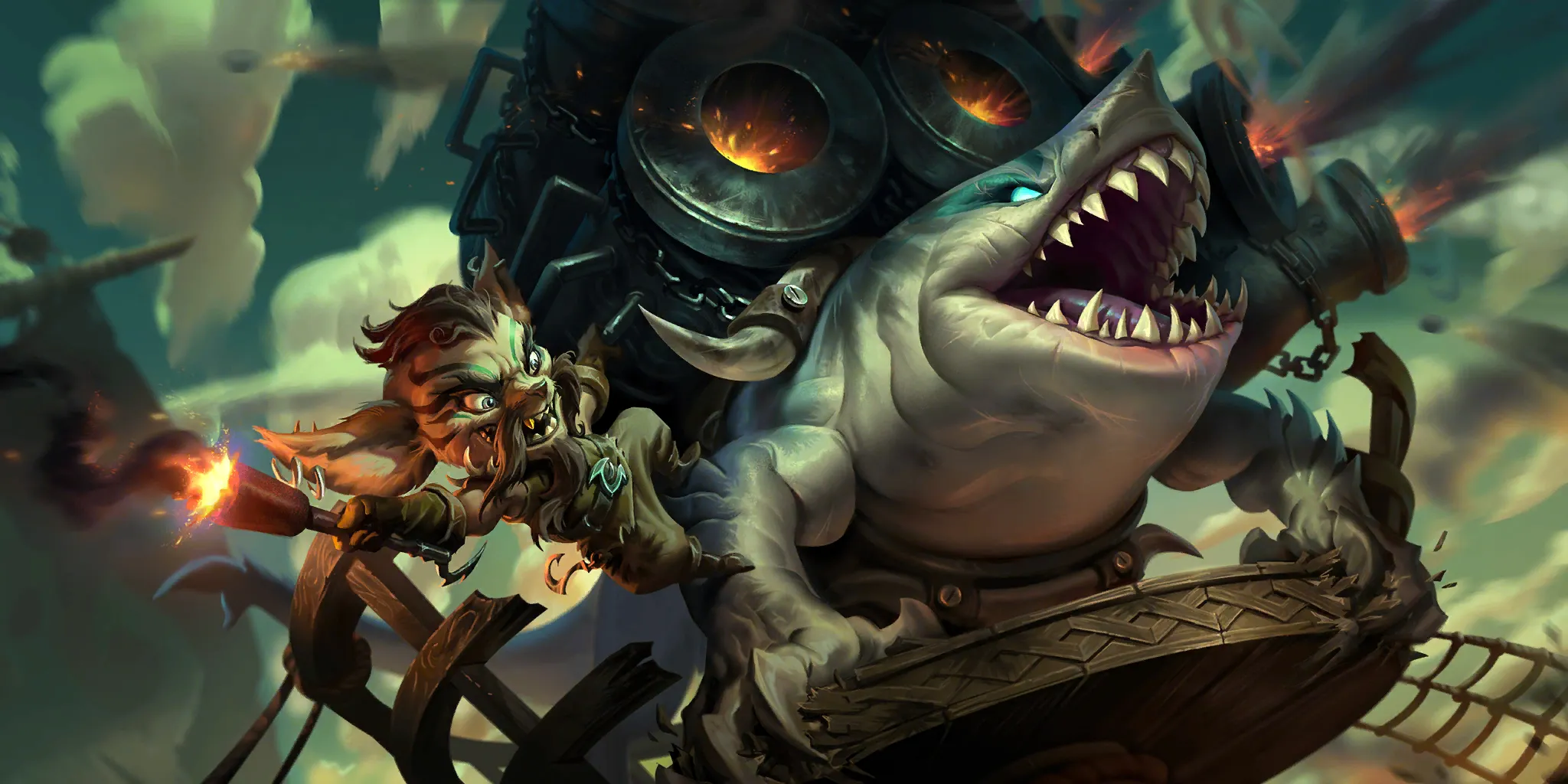
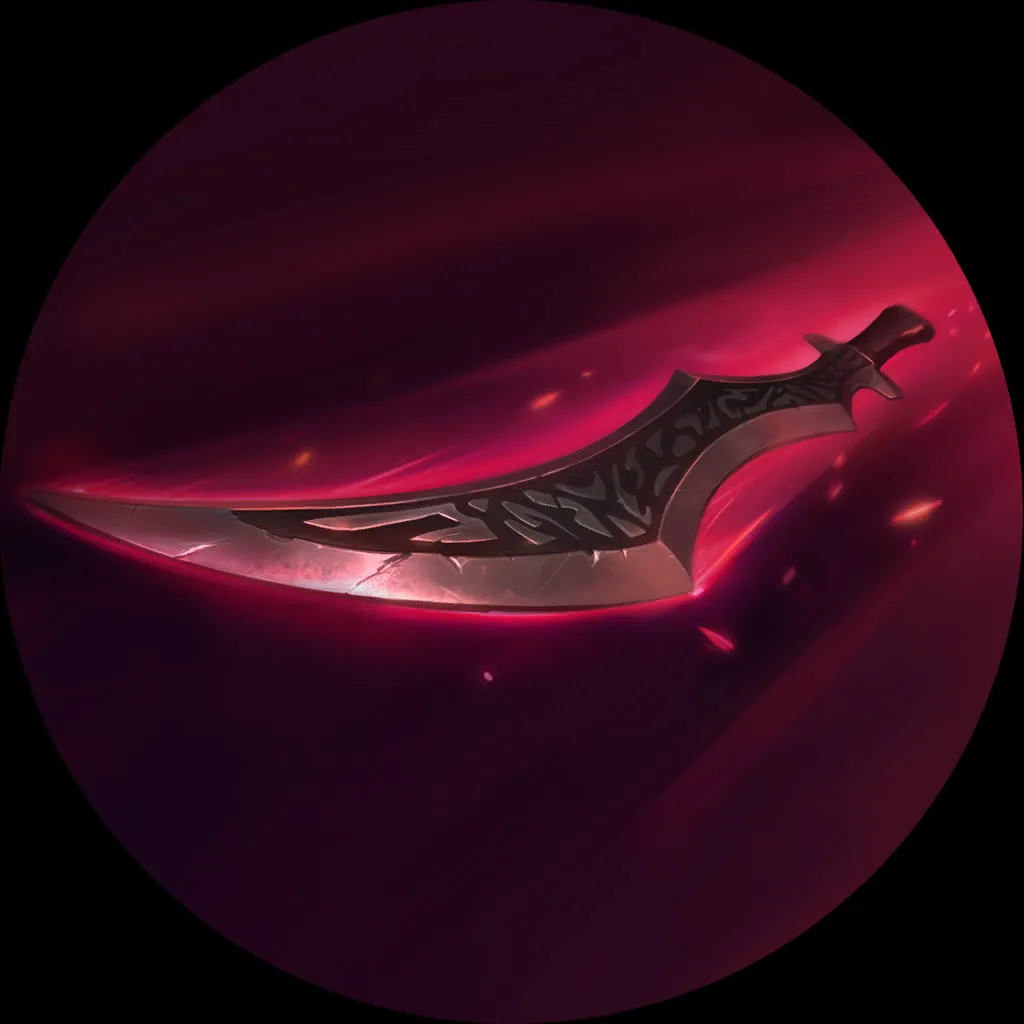
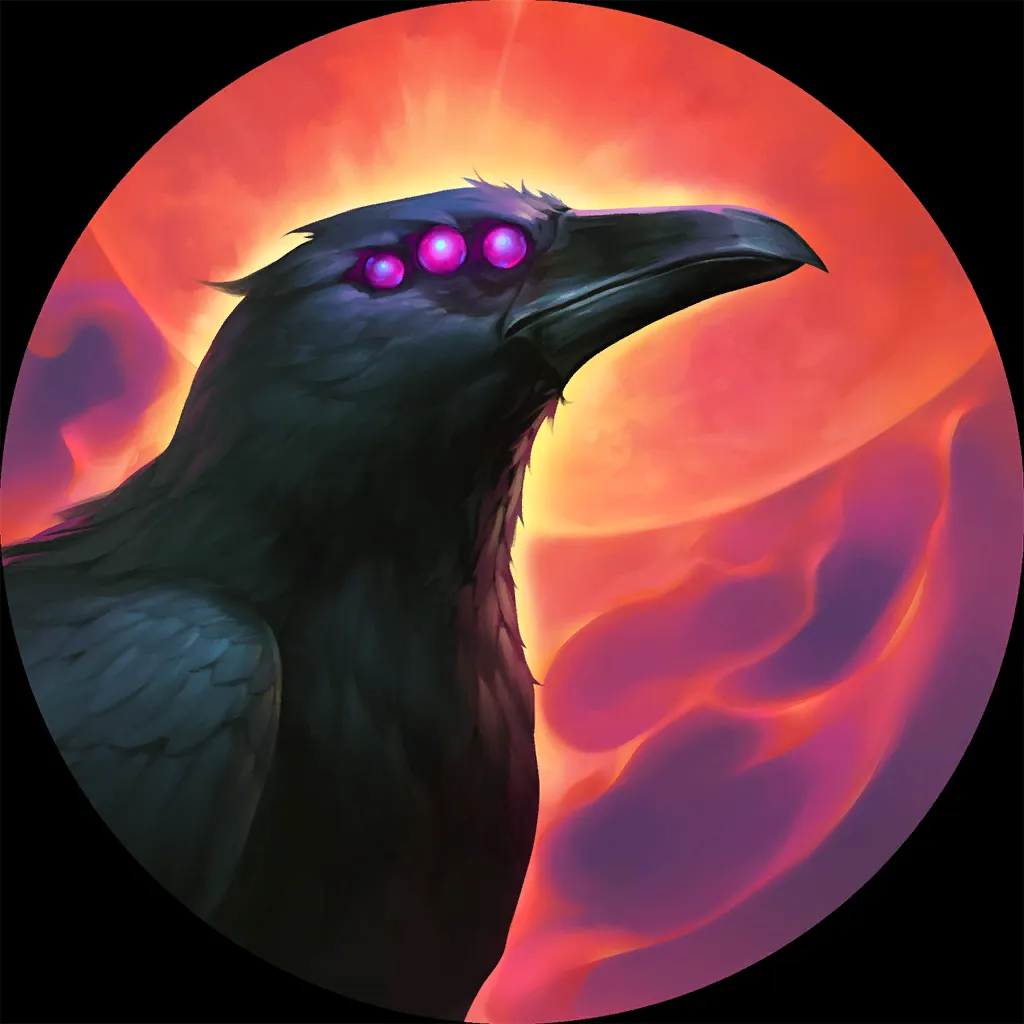
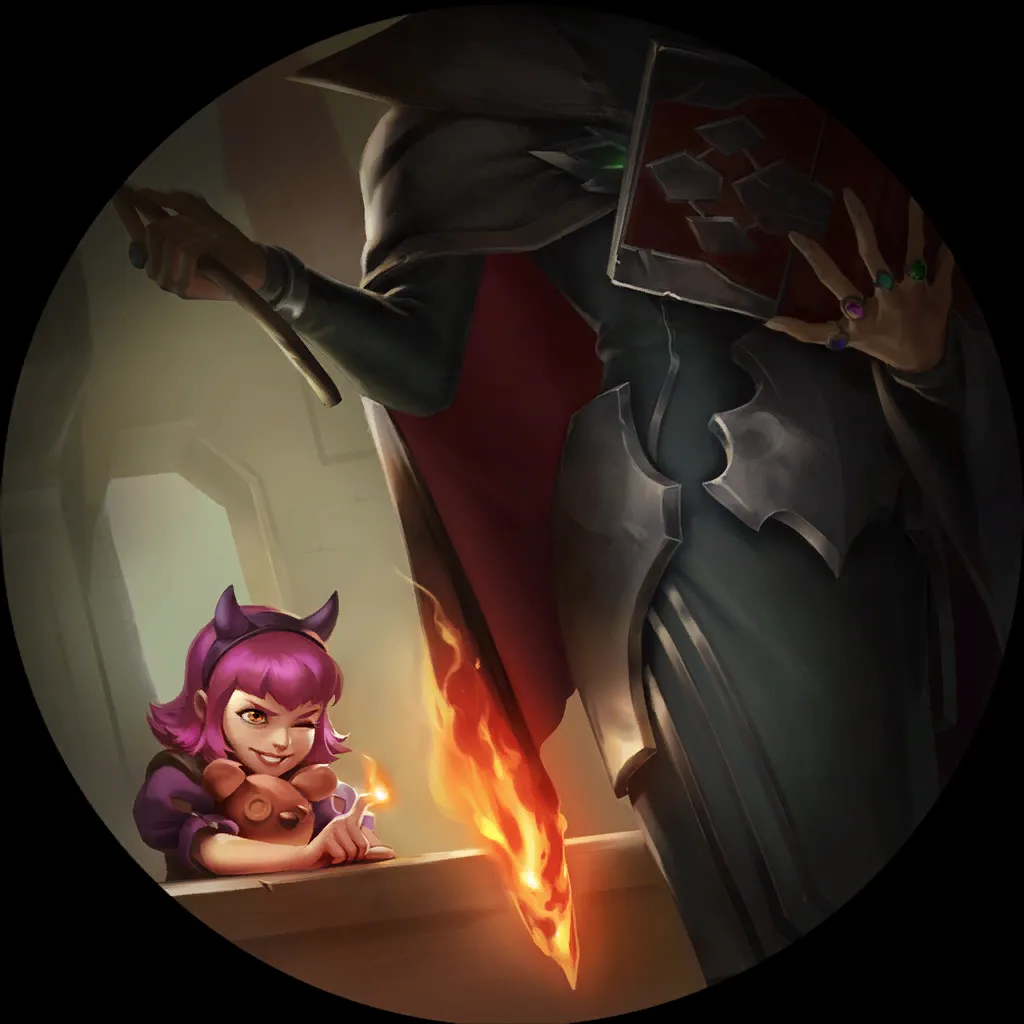

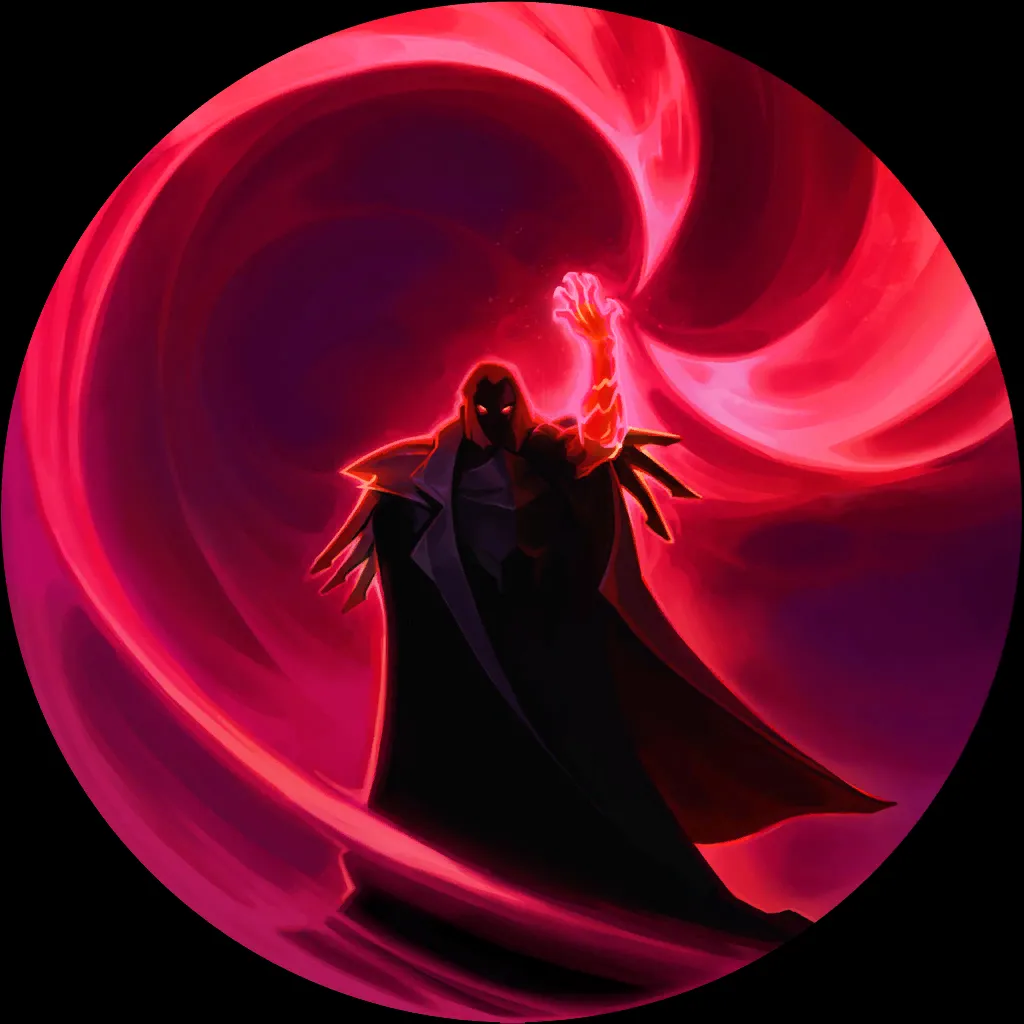
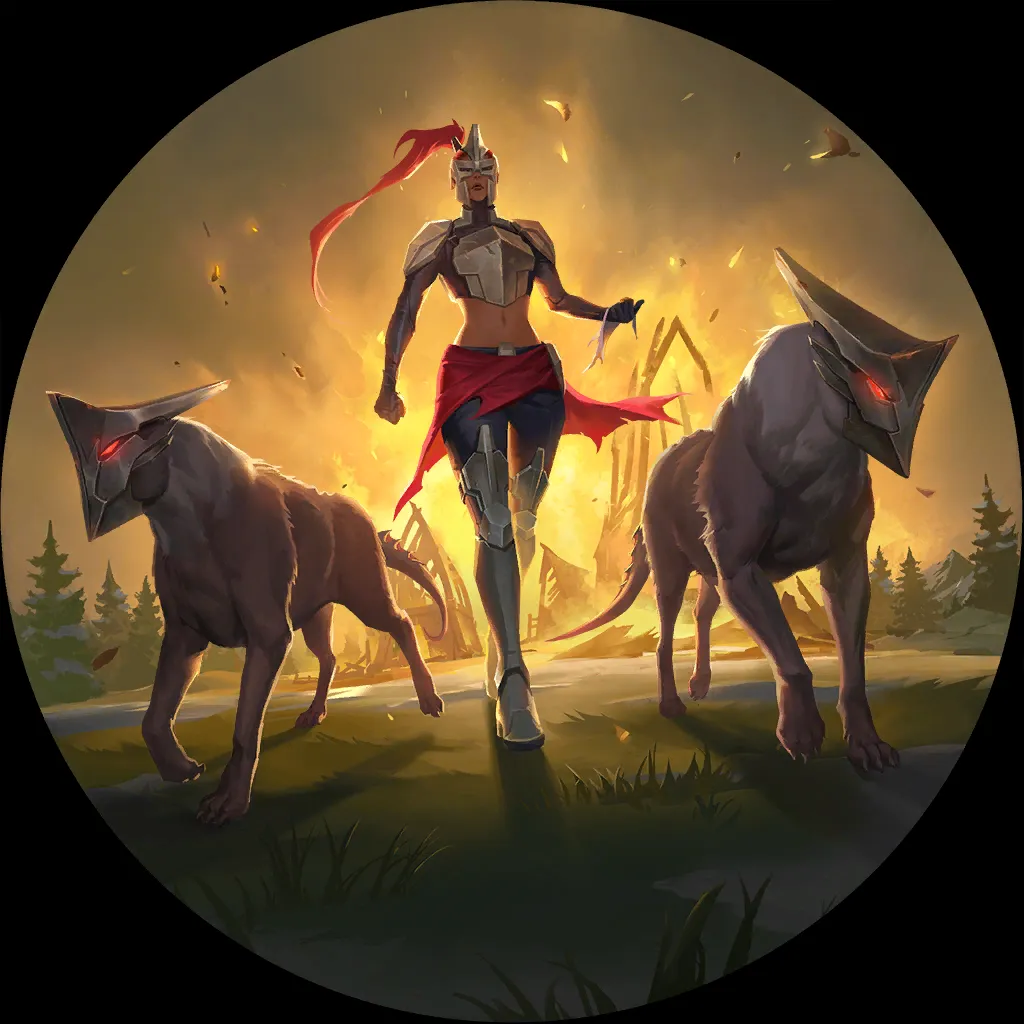

TF Conservatory, which took two spots in the Top 8, has had a recent shift away from Annie toward Katarina
toward Katarina . The deck had very limited tournament success in the Worldwalker season, but has been consistently taking multiple Top 8 spots as of recent. Part of it was a favorable meta shift towards more singular threats, but it’s hard to write off the Katarina switch completely.
. The deck had very limited tournament success in the Worldwalker season, but has been consistently taking multiple Top 8 spots as of recent. Part of it was a favorable meta shift towards more singular threats, but it’s hard to write off the Katarina switch completely.
It’s a more proactive approach from the archetype than we’ve had before, going so far as to replace House Spider with Marai Warden
with Marai Warden in hopes of rolling an extra attack point on your generated follower, in exchange for the health point on the House Spider. The free Blade's Edge
in hopes of rolling an extra attack point on your generated follower, in exchange for the health point on the House Spider. The free Blade's Edge from Katarina also helps take a more streamlined approach with your Ravenous Flock
from Katarina also helps take a more streamlined approach with your Ravenous Flock ’s and Disintegrate
’s and Disintegrate s, rather than hoping your opponent would try to block your Annie
s, rather than hoping your opponent would try to block your Annie . Tibbers
. Tibbers and Tybaulk
and Tybaulk could also come online at the same time, making your hand more awkward and heavy than it really needed to be.
could also come online at the same time, making your hand more awkward and heavy than it really needed to be.
31 cards

9 cards
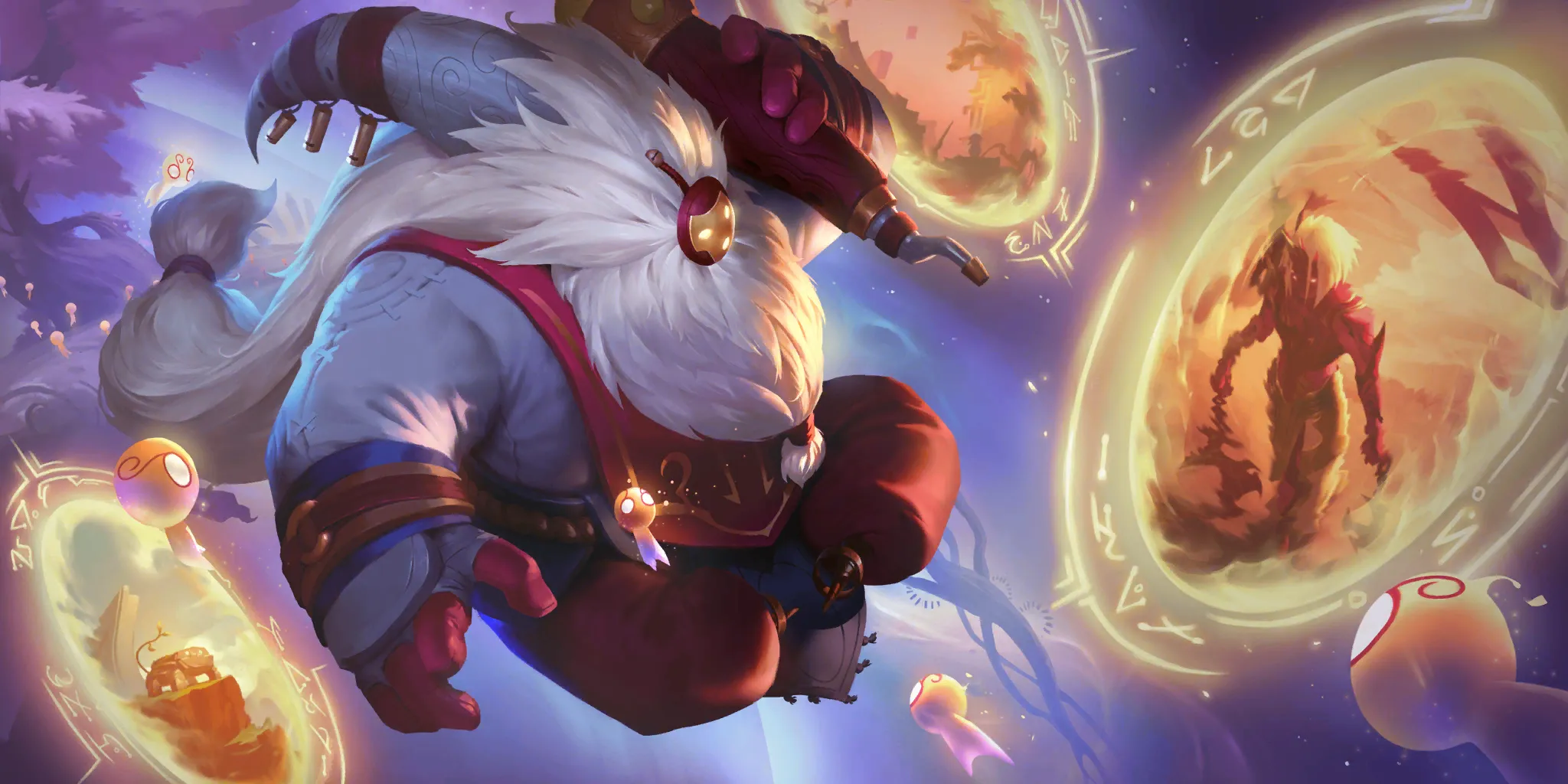
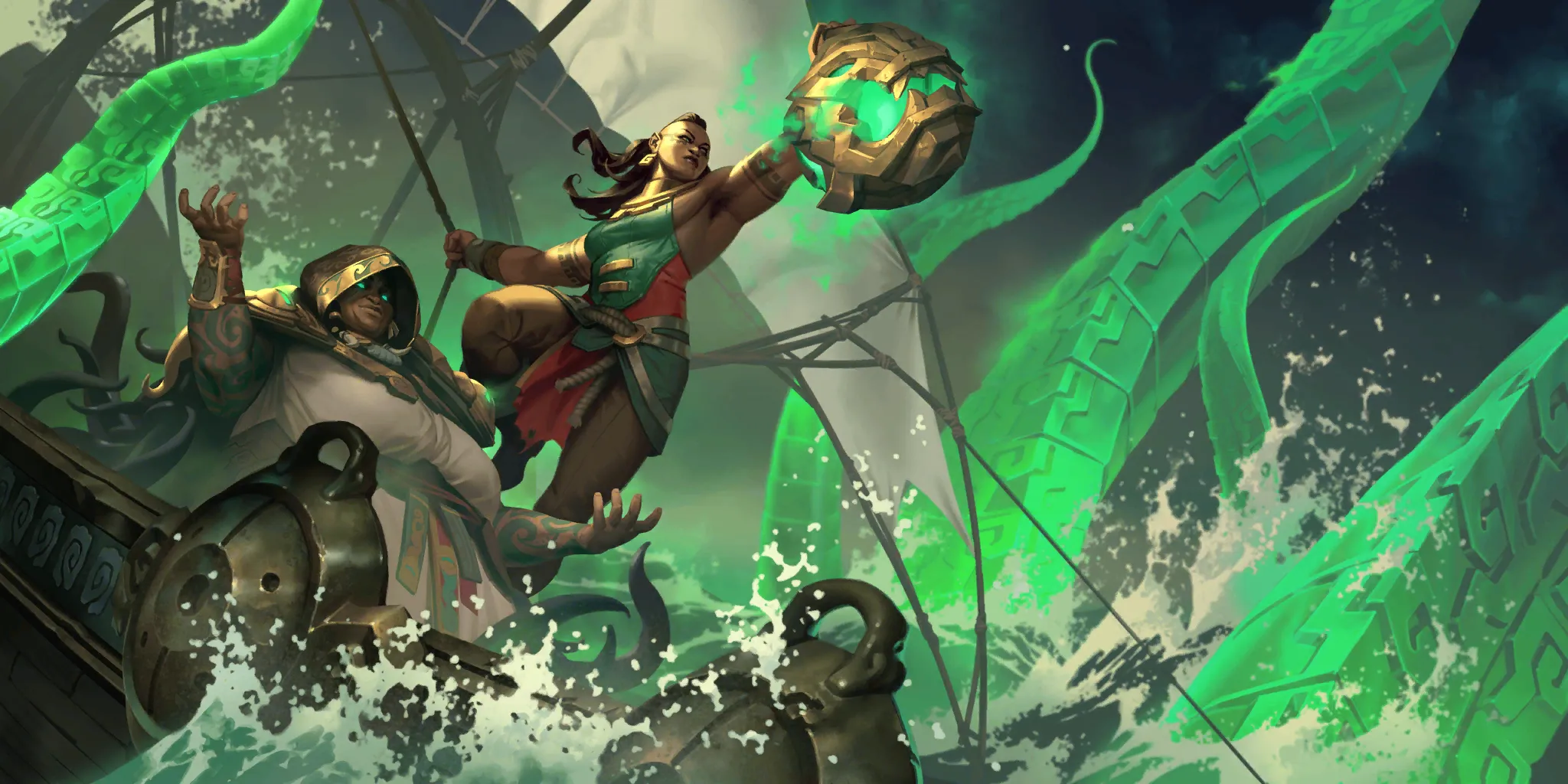
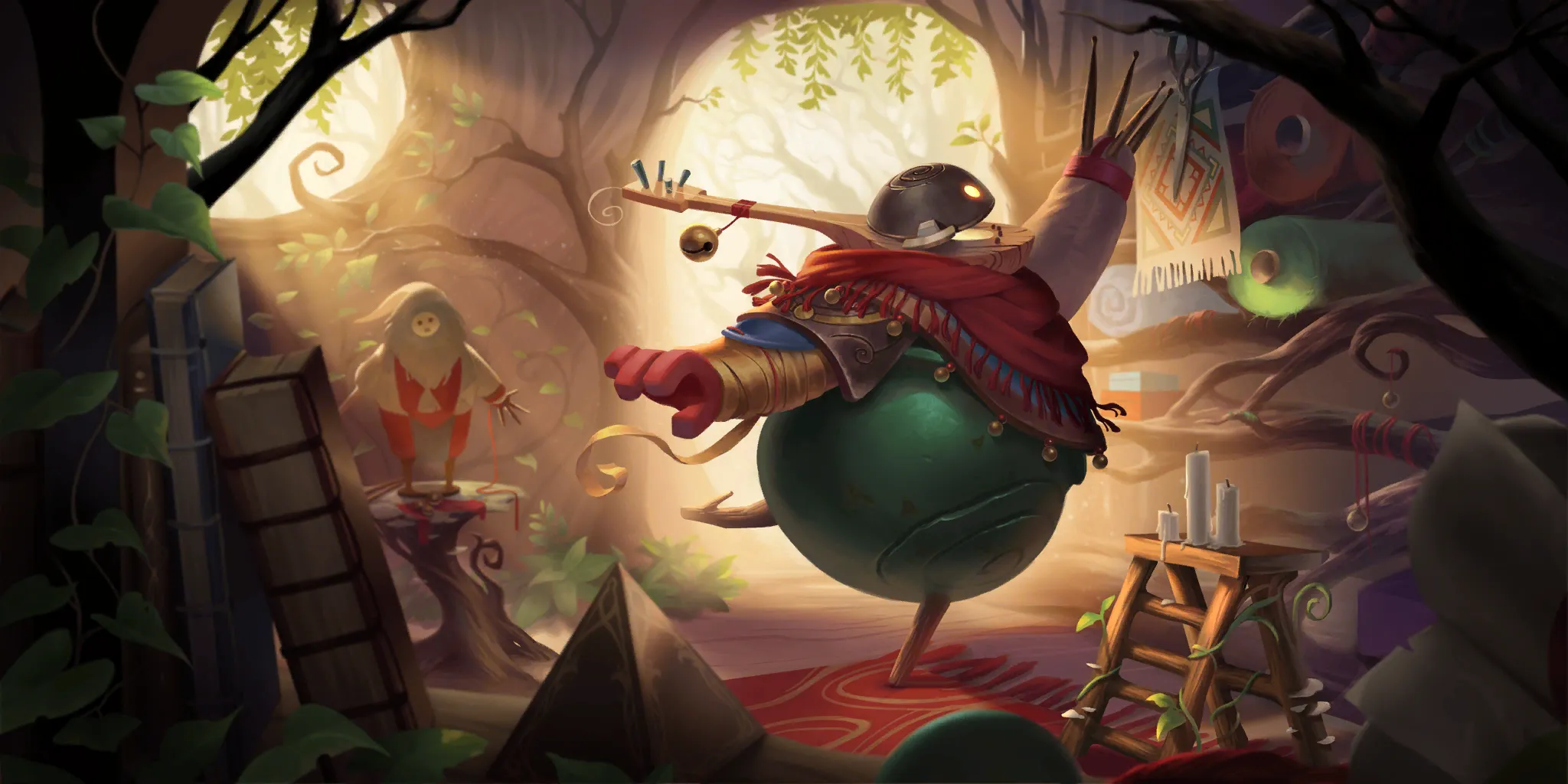
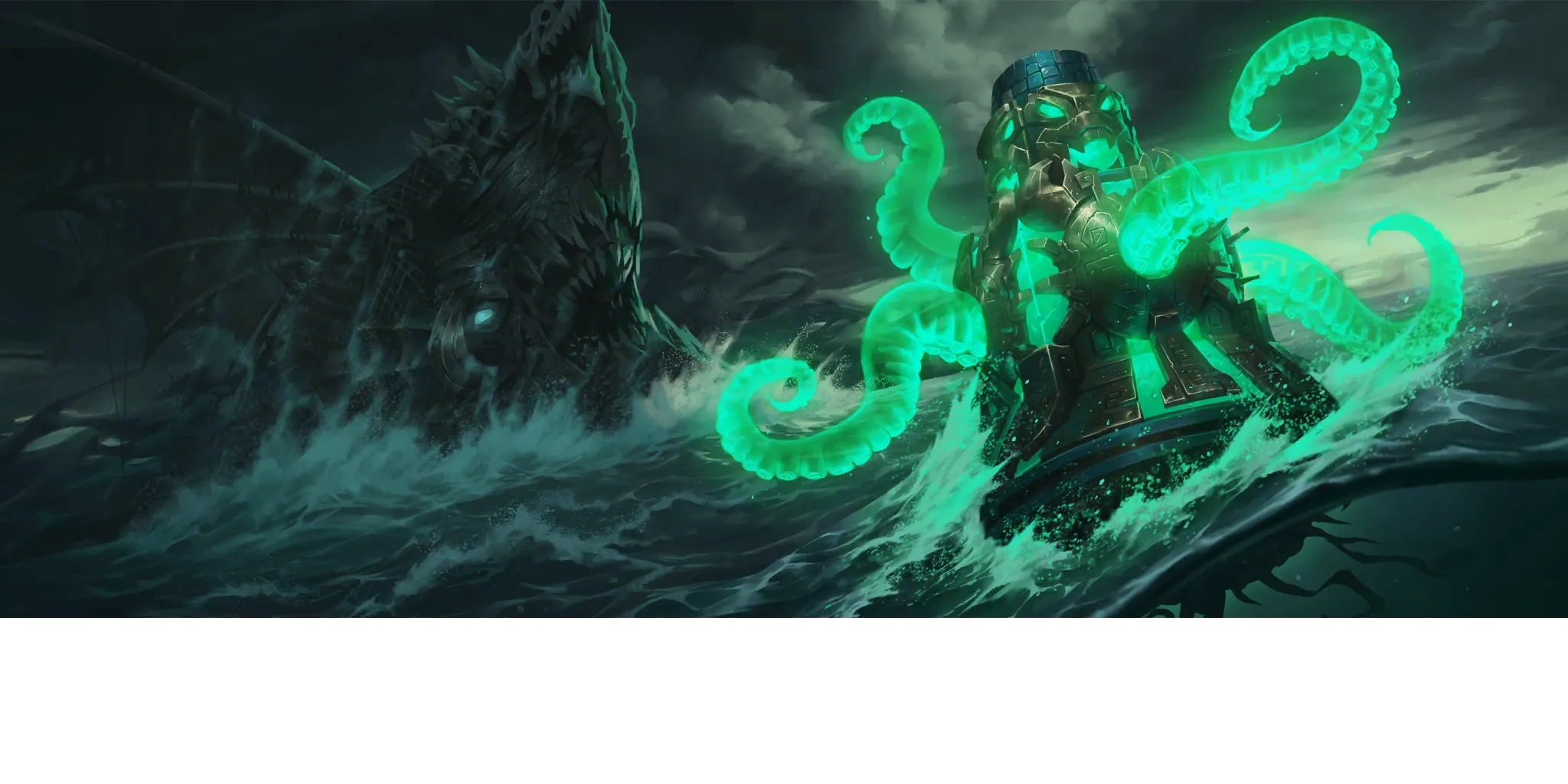
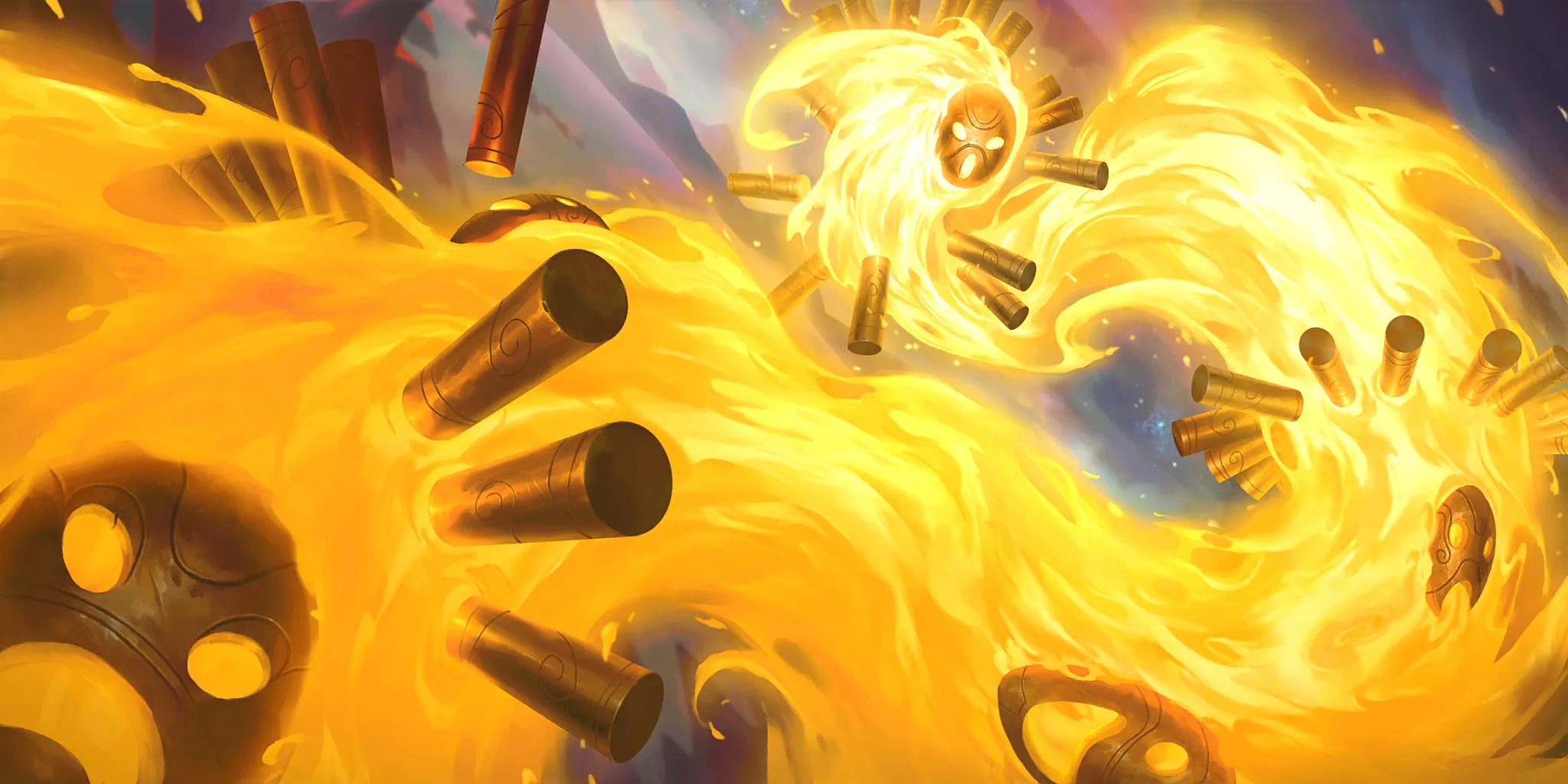
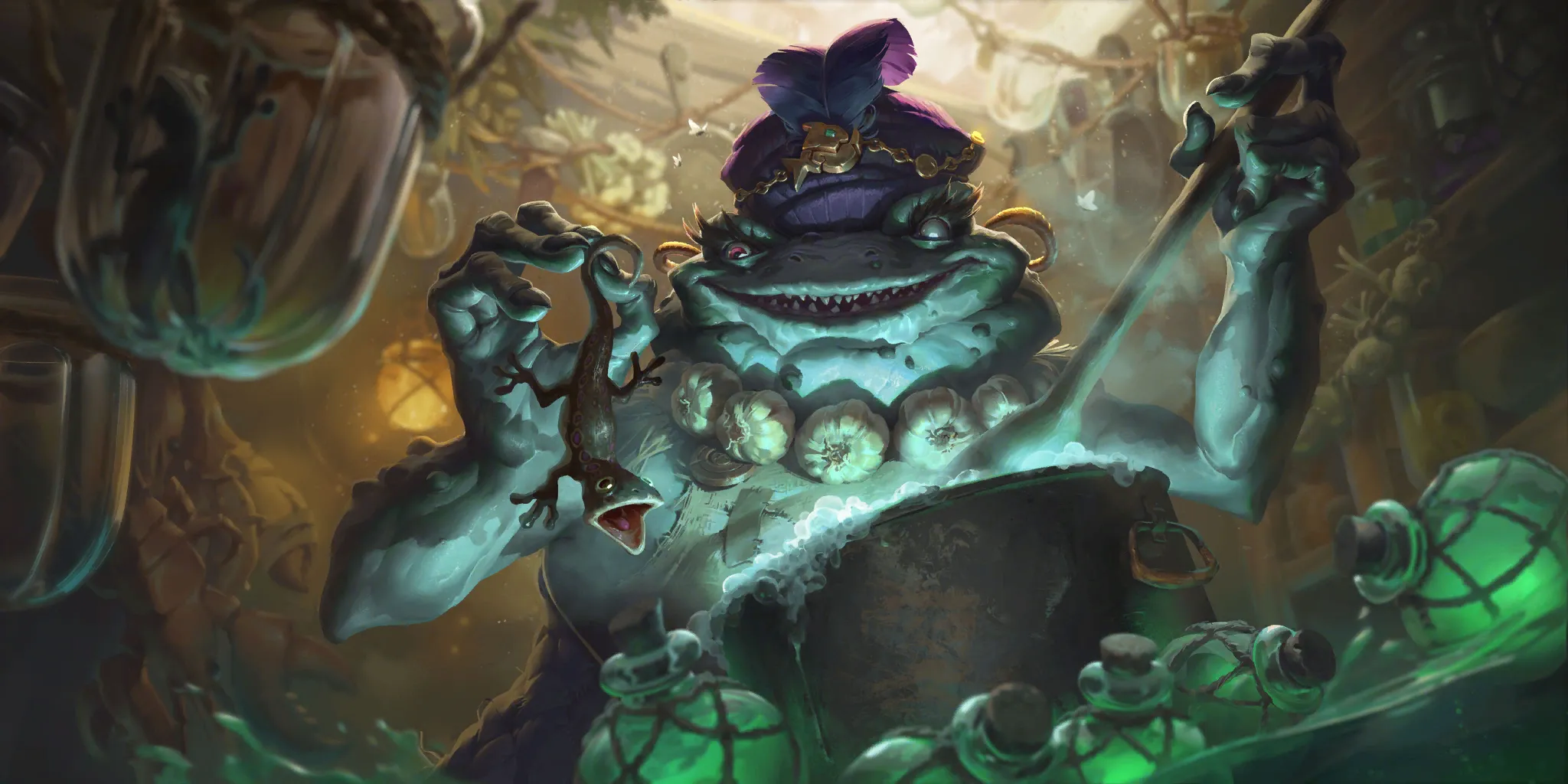
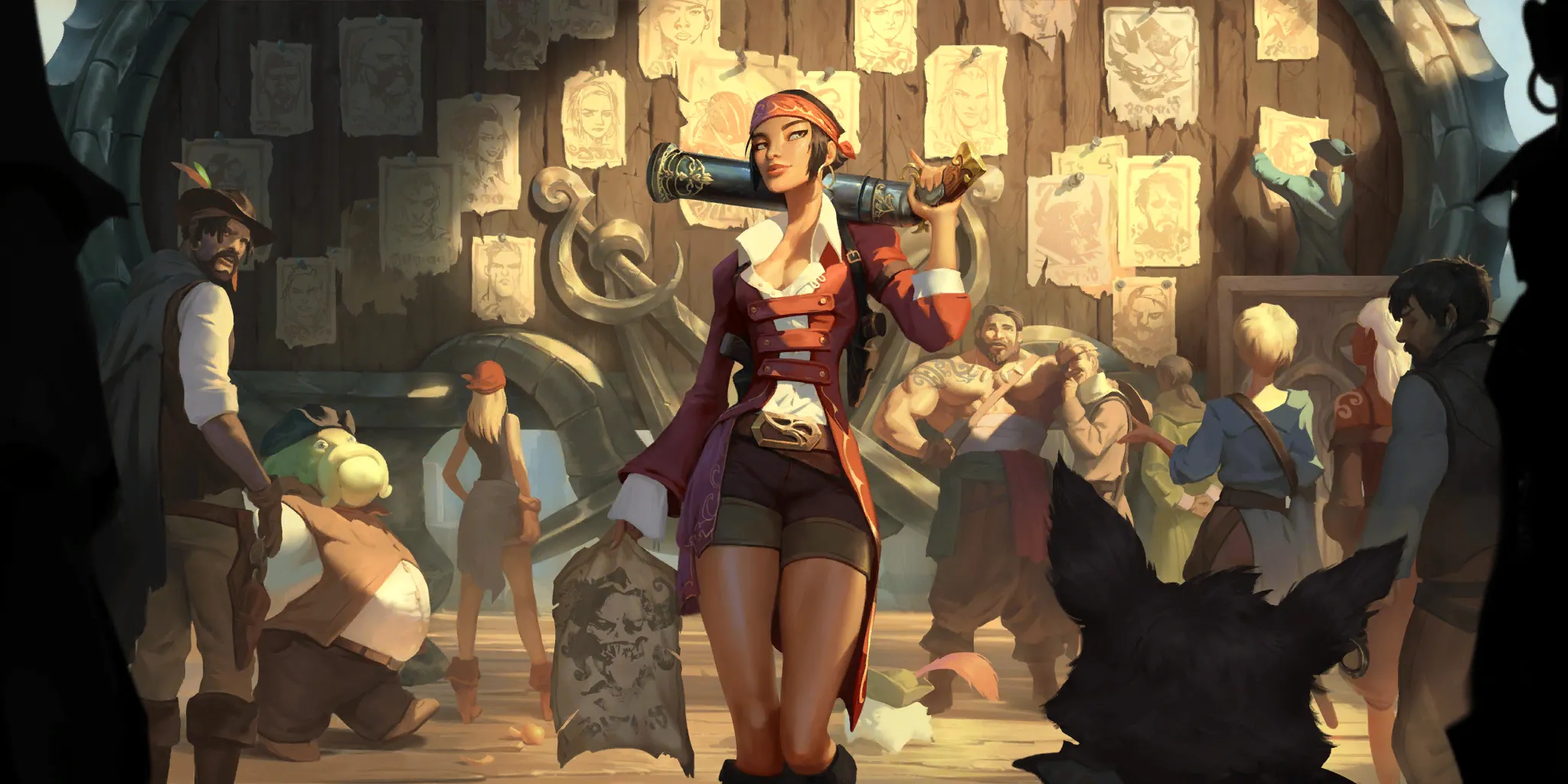
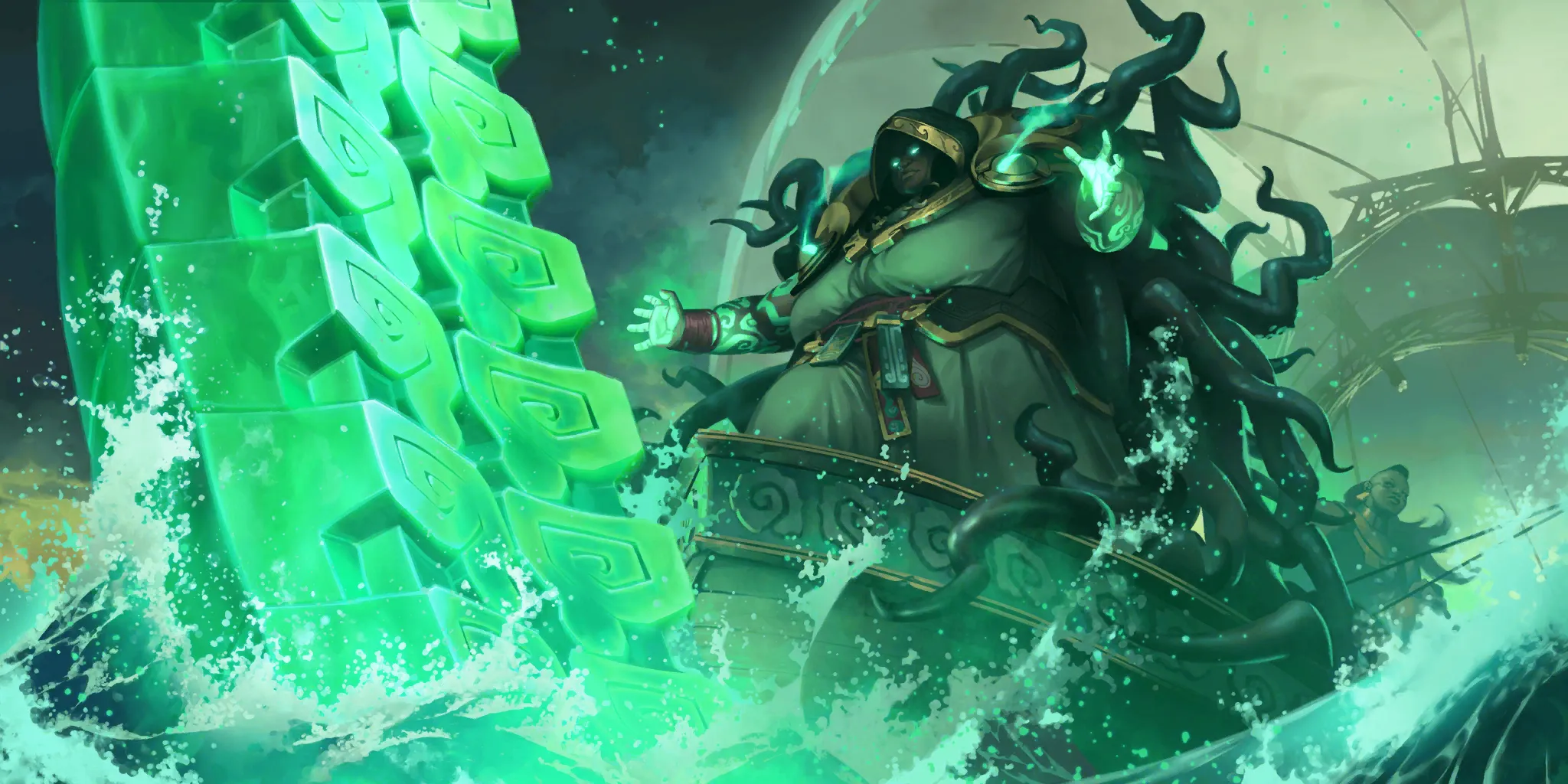
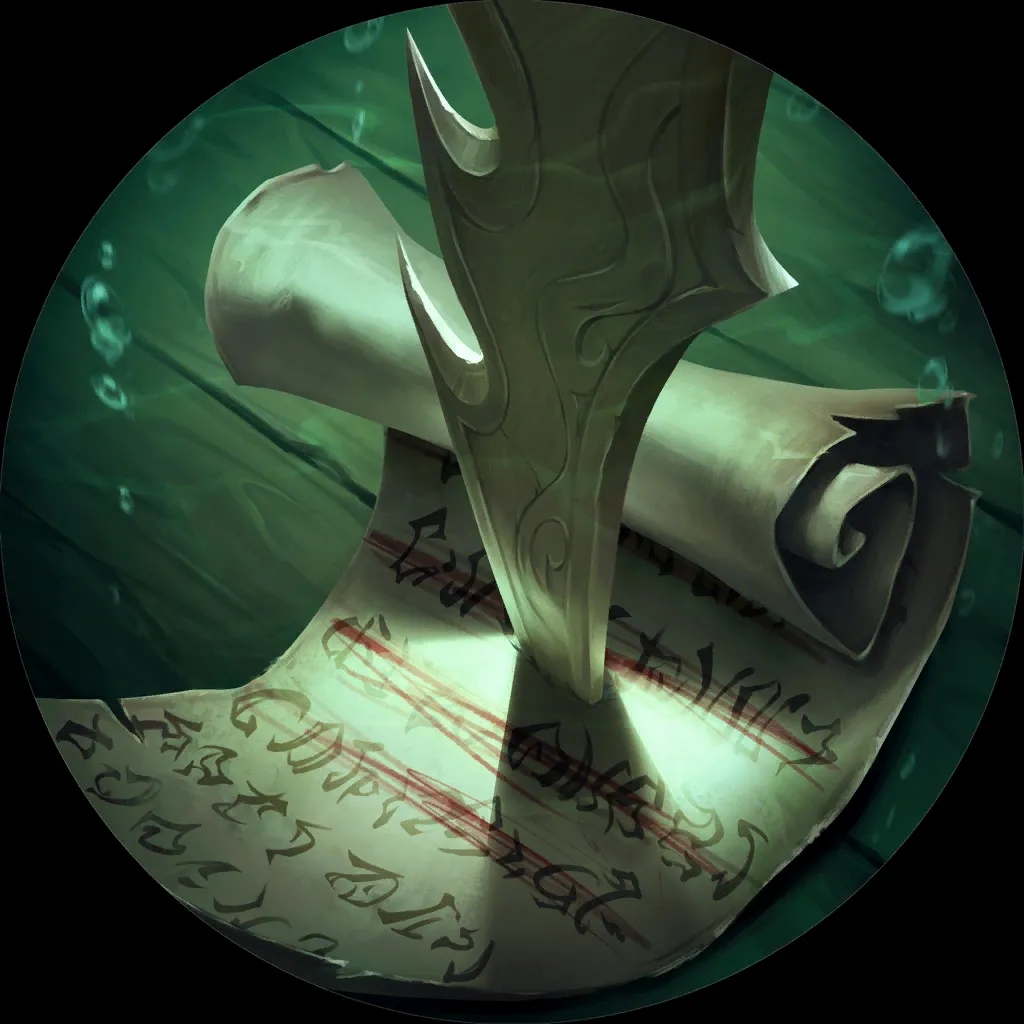
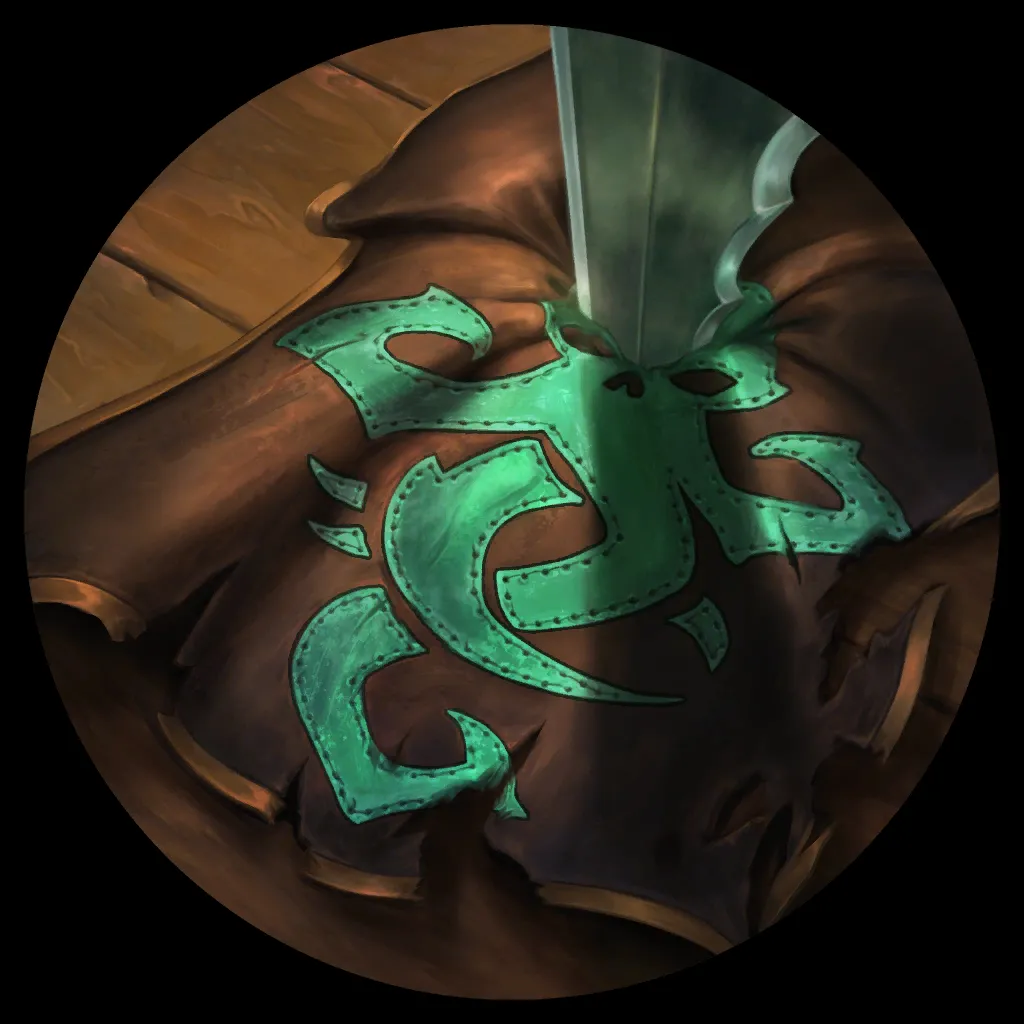
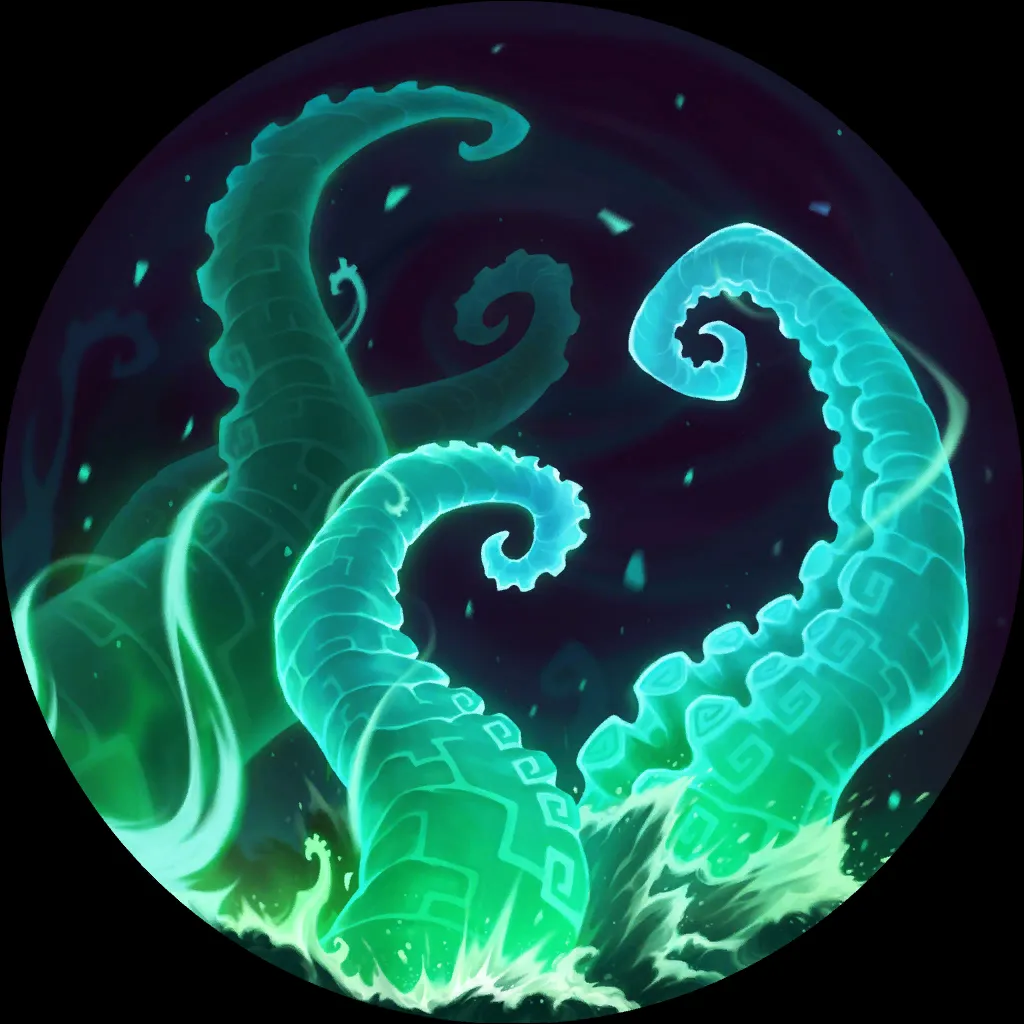
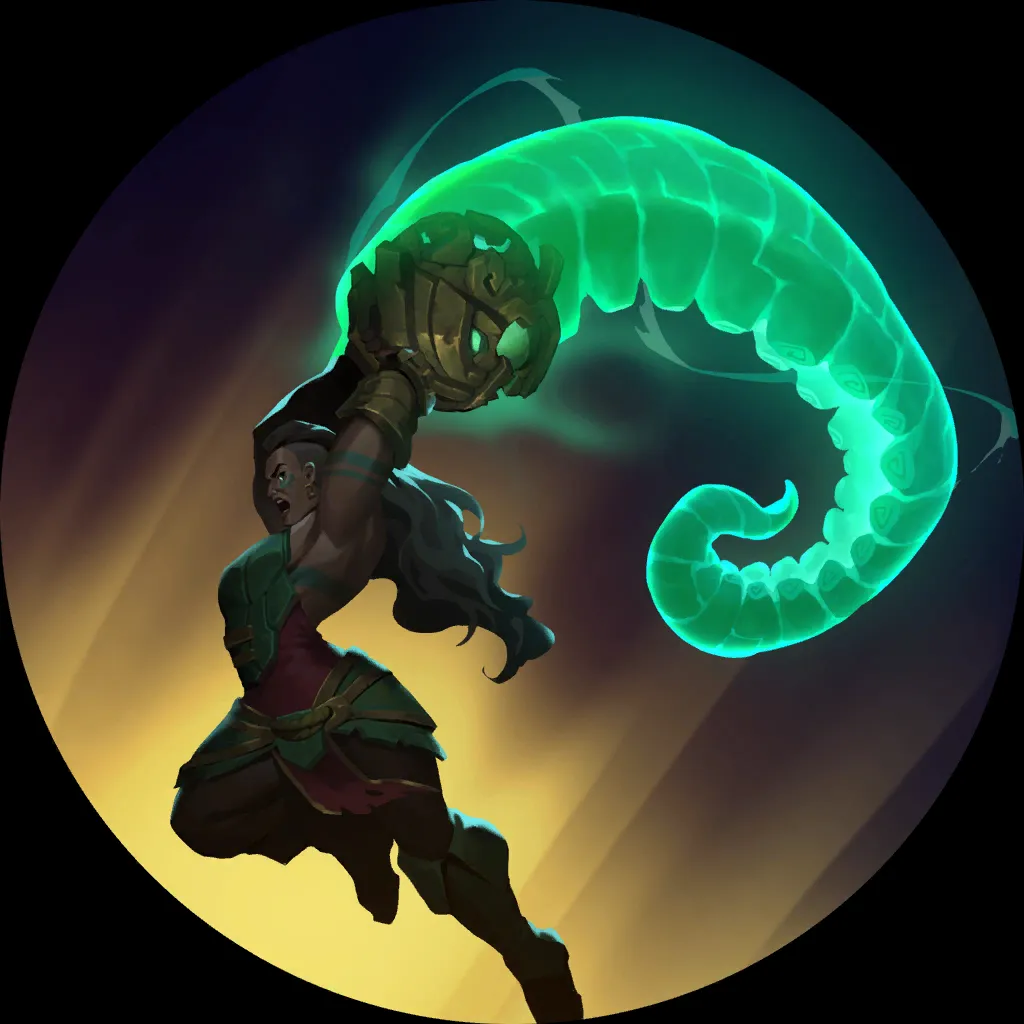
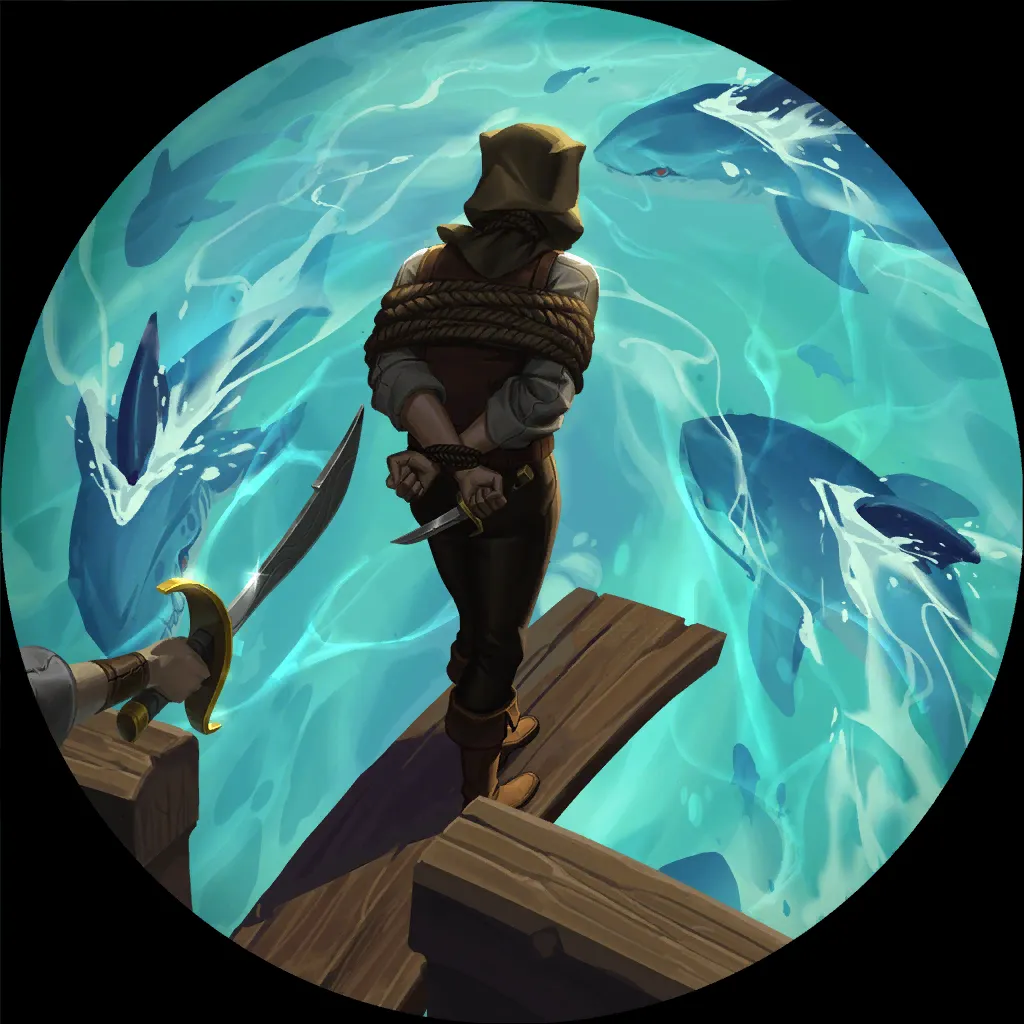


For the final deck in this section we have Bard Illaoi, what many considered to be the best deck of the early meta. If you’re surprised by this at all, it's likely the fact that the deck only took two spots of the top 8.
The deck's presence continues to drive home the fact that we are in the most proactive meta in recent memory, leading many players to feel like we’re playing a more solitaire-style game. I do my thing, you do your thing, at the end of the game we throw our things at each other and see who’s left standing.
While a meta like that isn’t necessarily a bad thing, this one is quite fast and snowbally. If you let Kai’Sa keep all of her units on board until round five you’re going to get run over very quickly, exponentially increased by the number of Cataclysm in your opponent's hand. If you don’t clean up the board of TF/Katarina you may get rallied to death. Uninterested in killing the Tentacle? Well, now Illaoi
in your opponent's hand. If you don’t clean up the board of TF/Katarina you may get rallied to death. Uninterested in killing the Tentacle? Well, now Illaoi and The Sea's Voice
and The Sea's Voice are going to trample you into dust.
are going to trample you into dust.
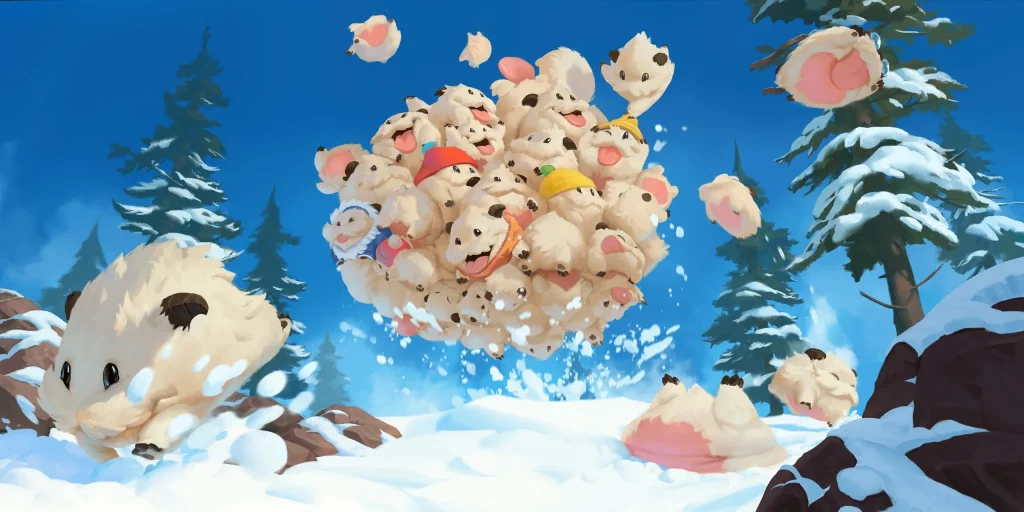
This – the cycle of “kill the threat or lose the game” – isn’t anything new, but the threats are growing out of control at a quicker rate. And despite every deck presenting snowballing threats early on, the issue is that the early-game threats that snowball make a mid-game threat feel rather inconsequential. The Tentacle isn’t a problem until Illaoi enters the board, but she has six health and is difficult to kill. Valor
isn’t a problem until Illaoi enters the board, but she has six health and is difficult to kill. Valor ’s no issue, but all it takes is Kai’Sa hitting the field while she’s around for all future Kai’Sas to be that much more of a threat by slurping up the keywords.
’s no issue, but all it takes is Kai’Sa hitting the field while she’s around for all future Kai’Sas to be that much more of a threat by slurping up the keywords.
And despite all these decks presenting a snowball potential, the meta is flooded with decks doing the same thing rather than decks looking to stop the snowball. Whether this is enjoyable or not is subjective, but if the snowball isn’t stopped then games can end as early as round six or seven – a timer once reserved for aggro. After all, that’s only the third attack round for a player.
Decks There Were NOT More than One-of
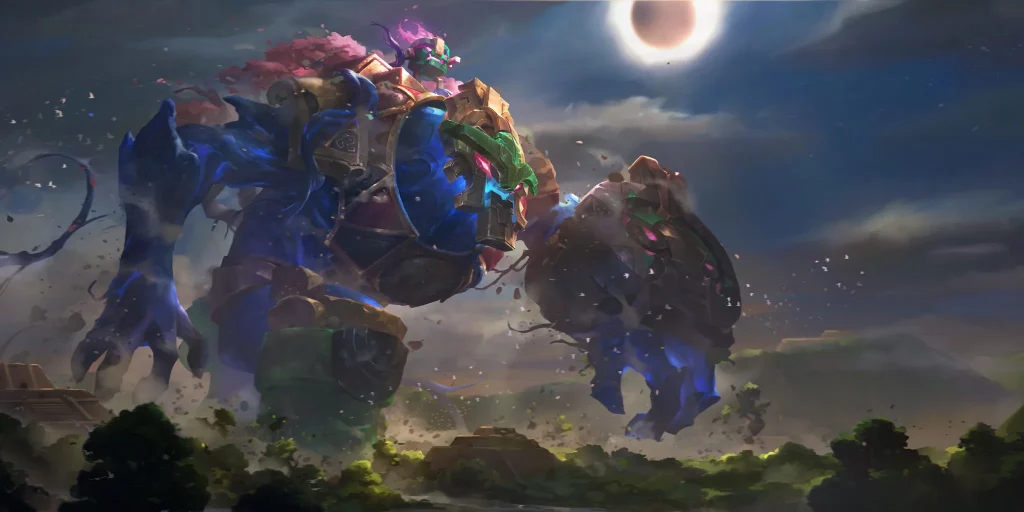
With the meta laid bare in front of you, let's check out some of the sick decks that made the MaRu Top 8 that only one of our players managed to make a deep run with. First up, SnipeCrossGG’s Deep.

17 cards
23 cards
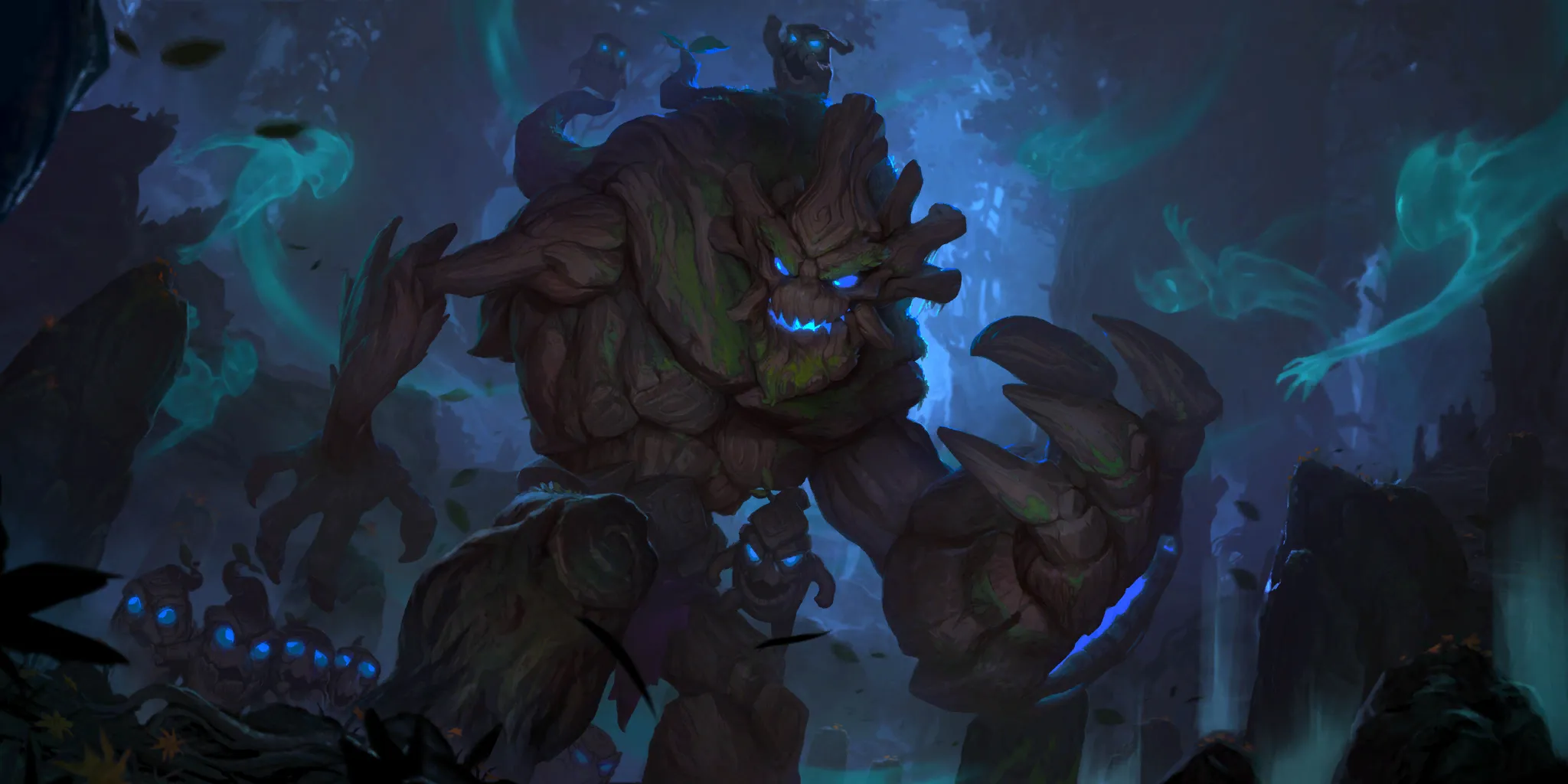

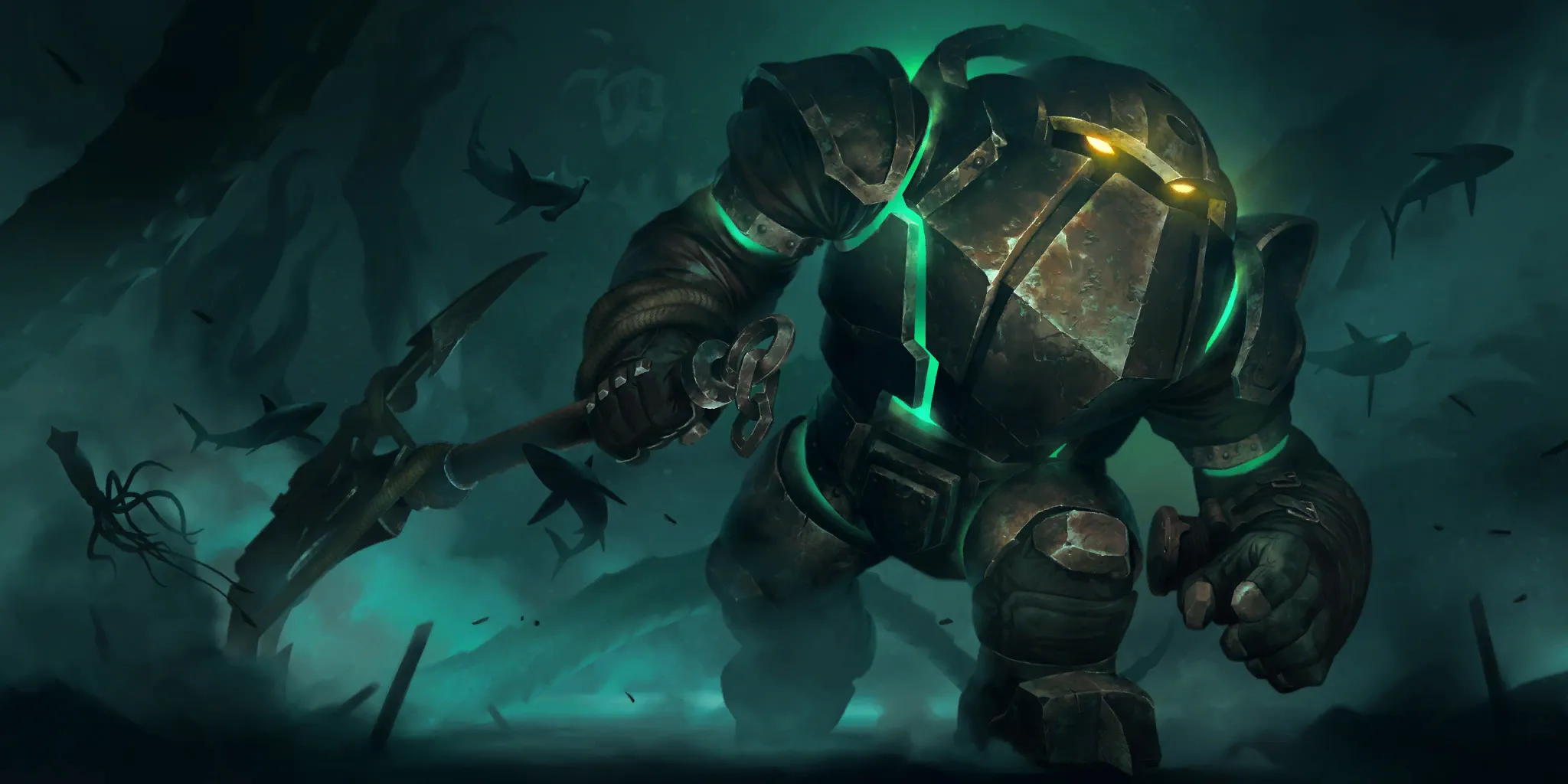
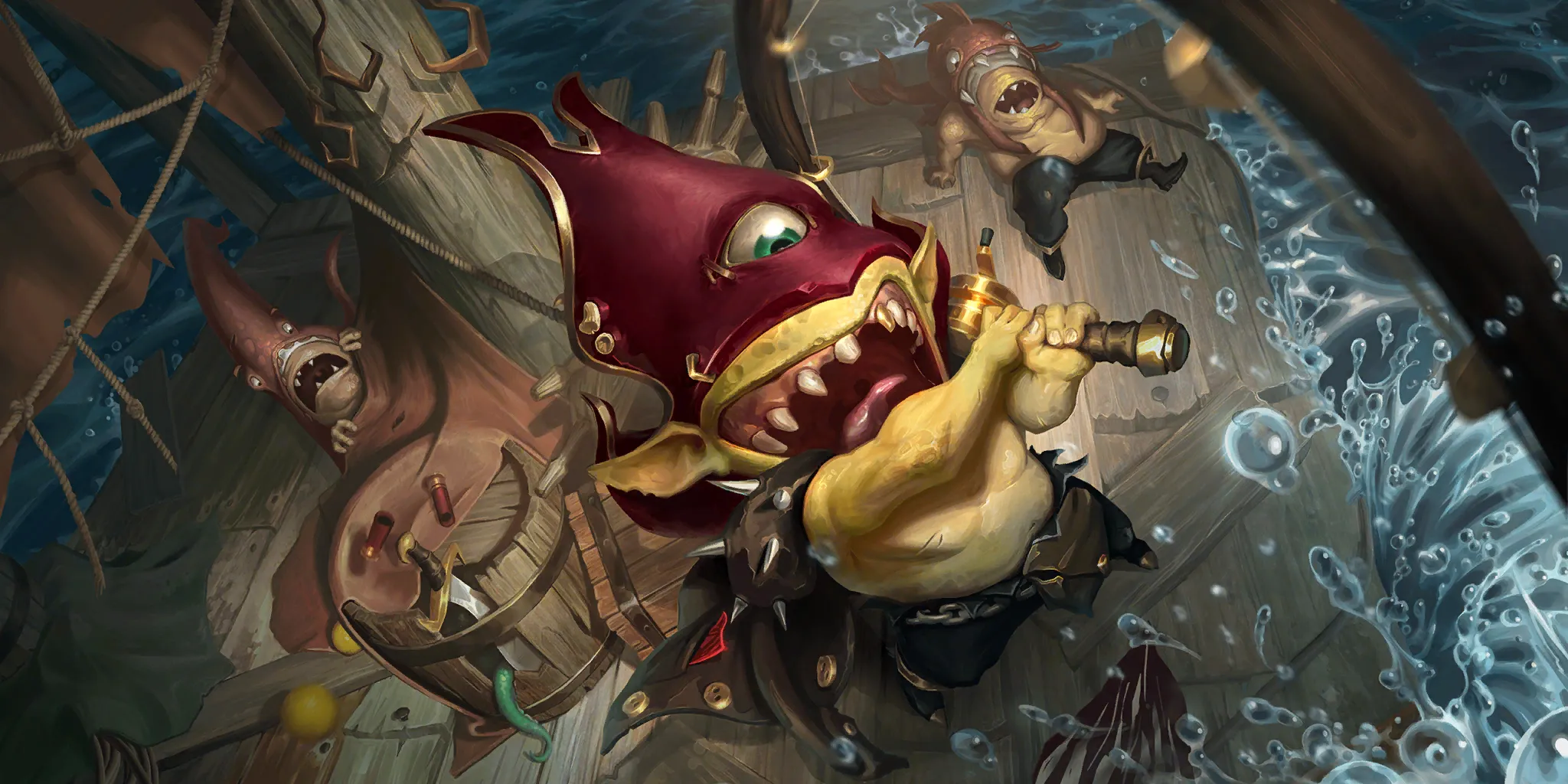
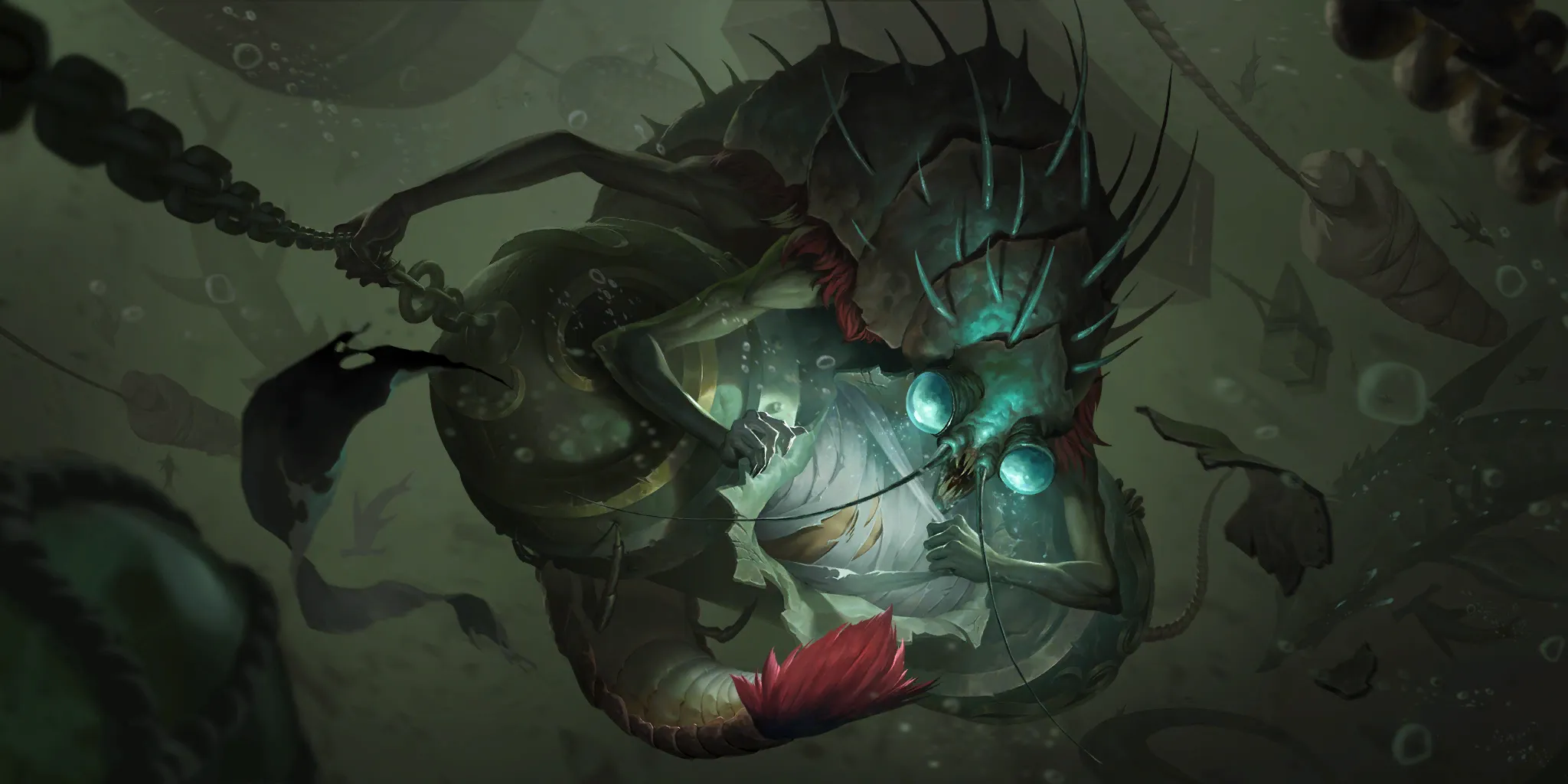
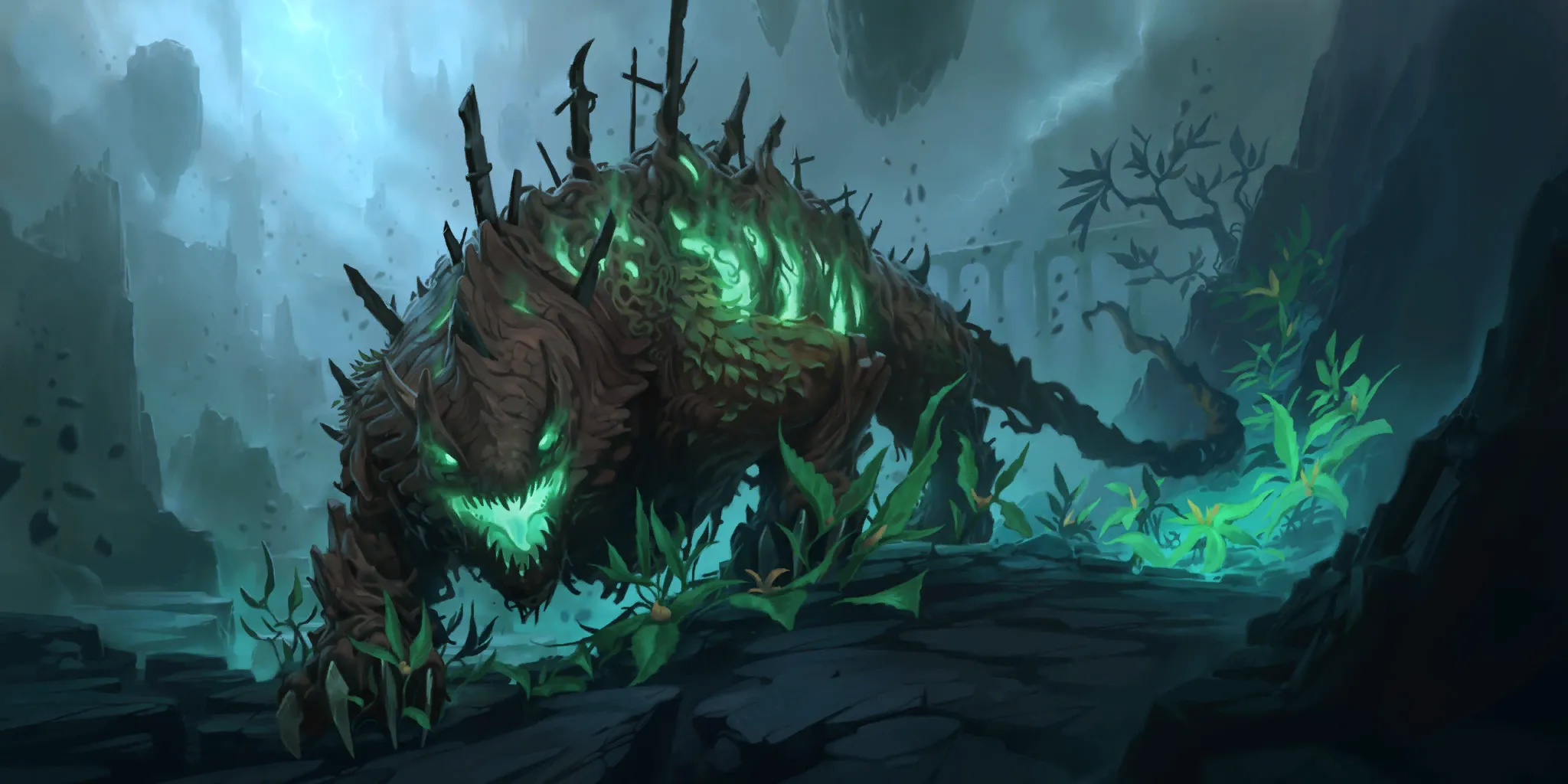
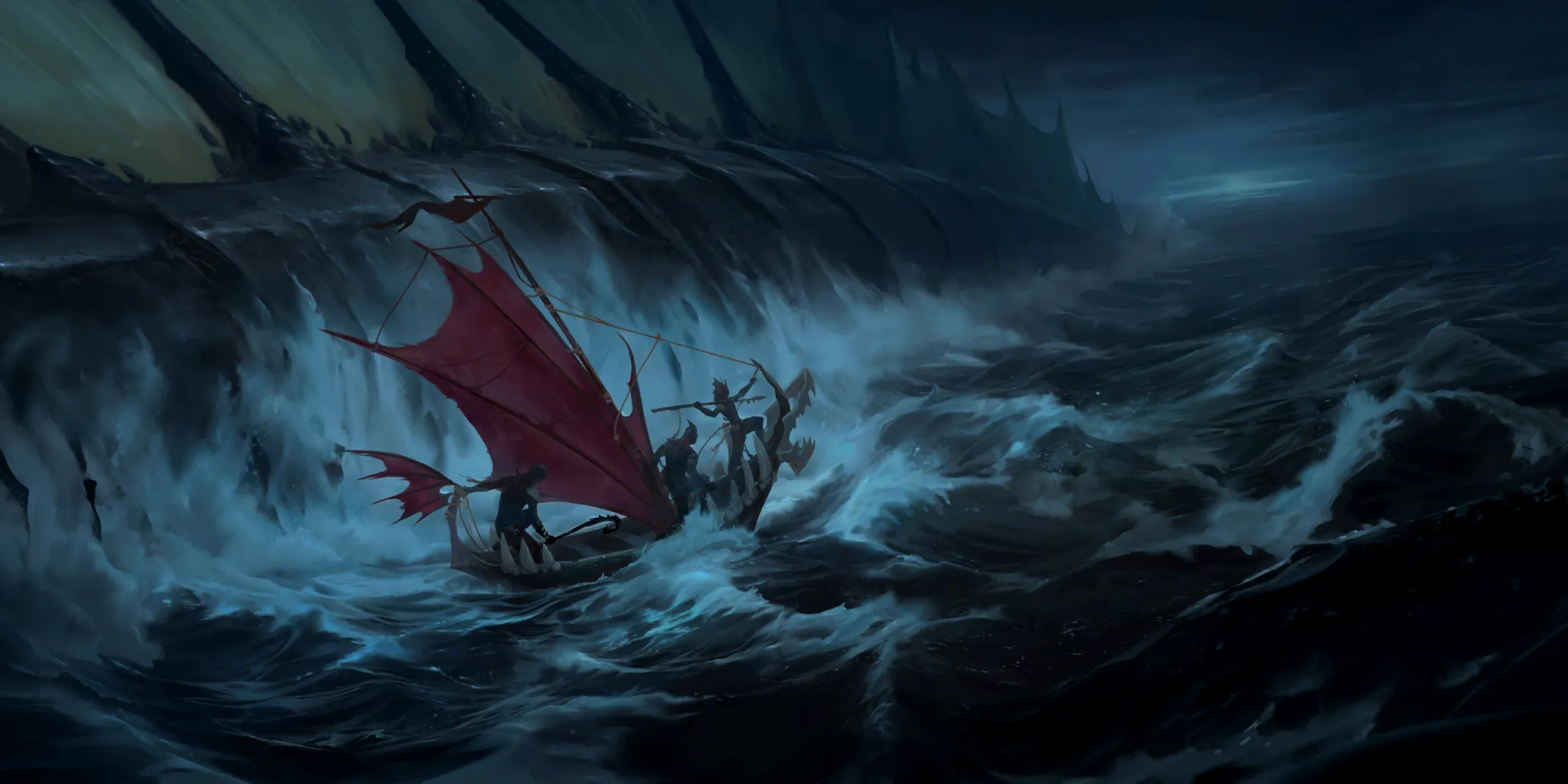
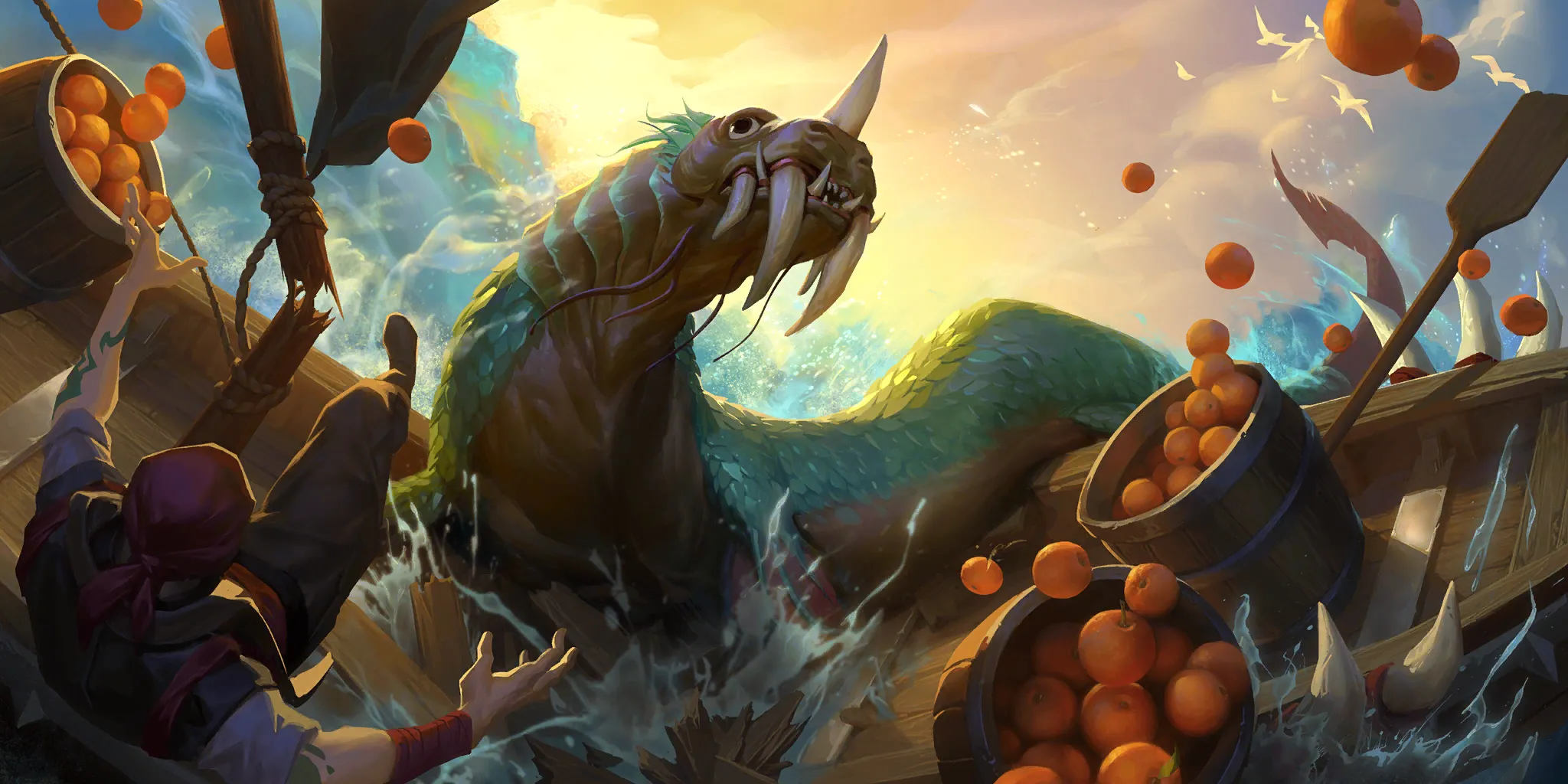
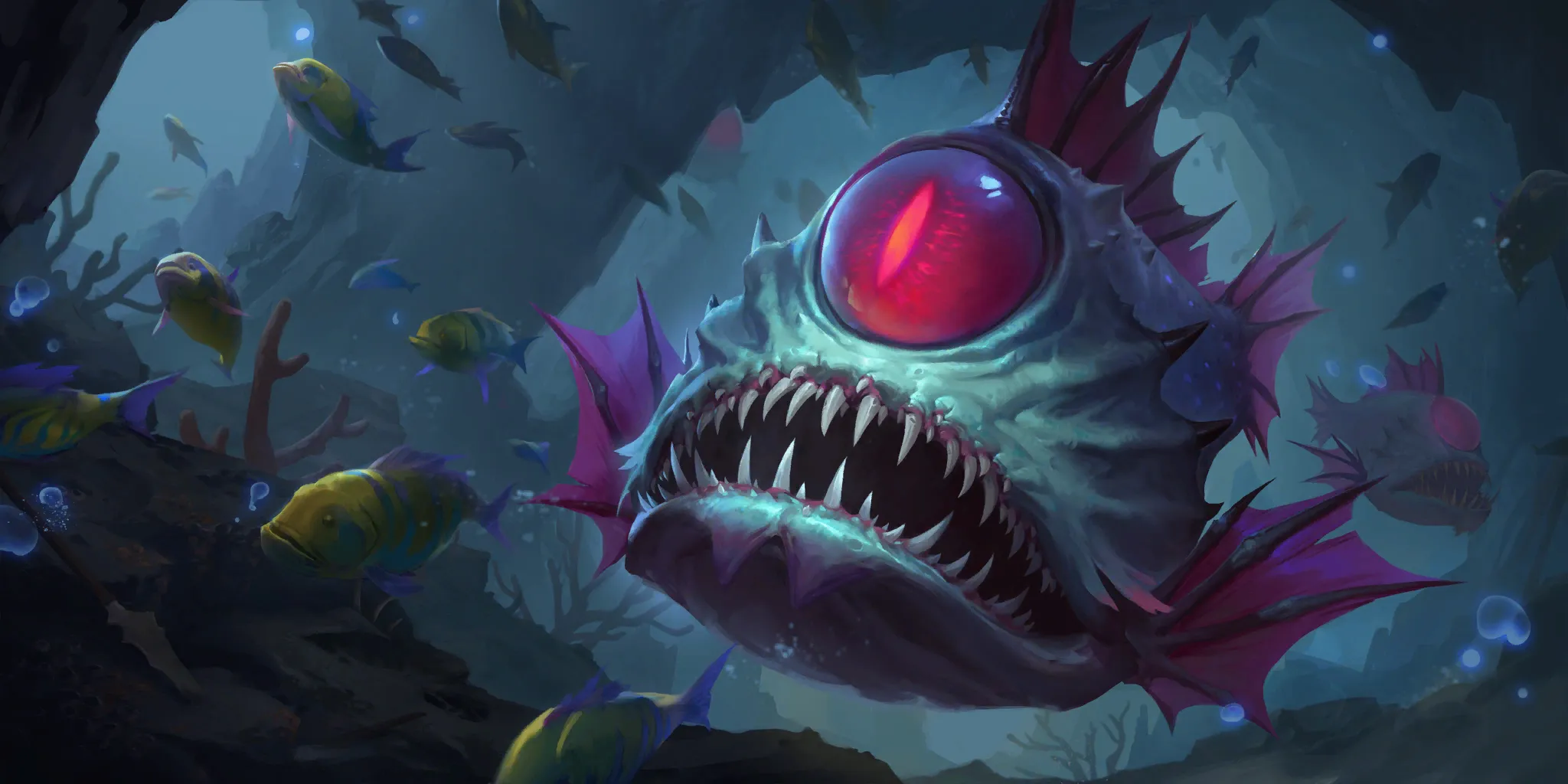
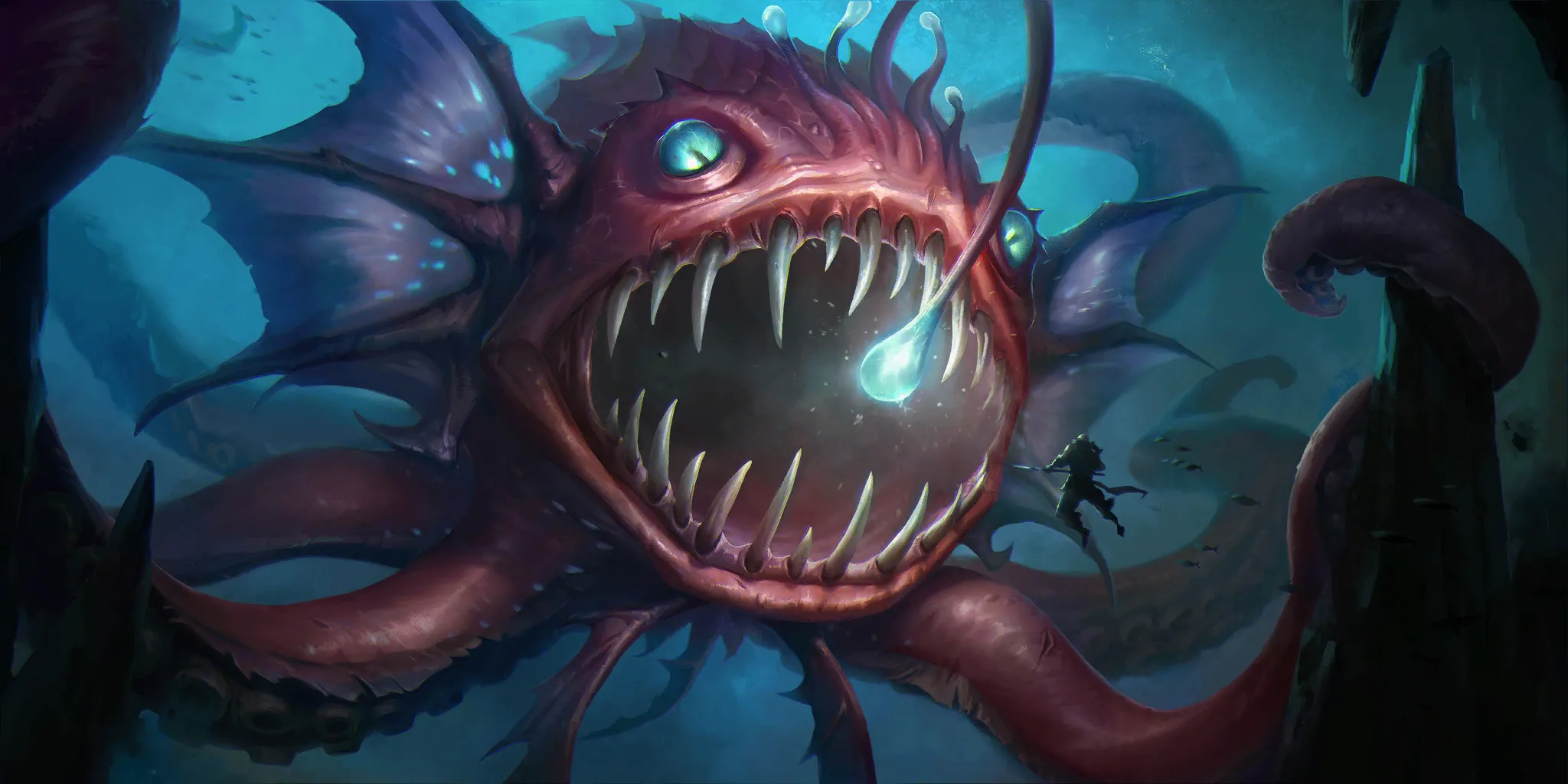
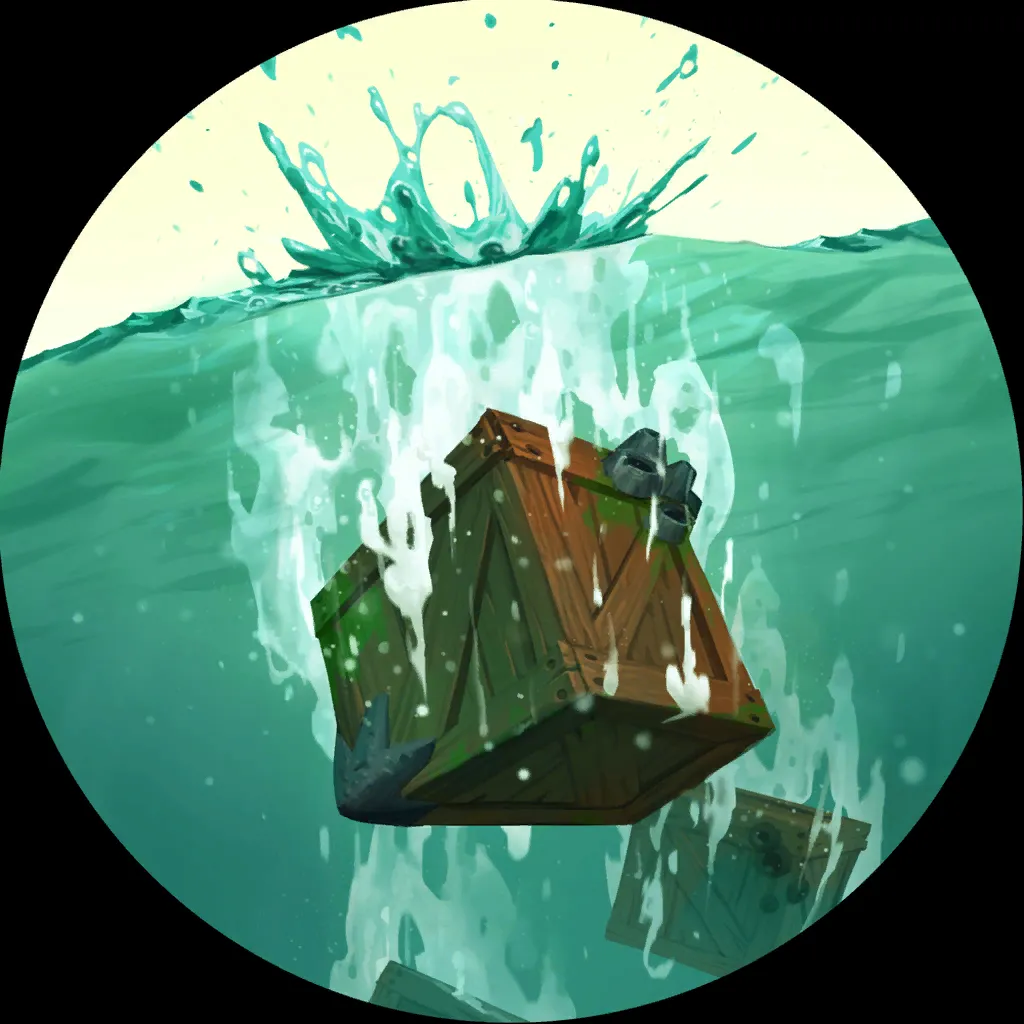
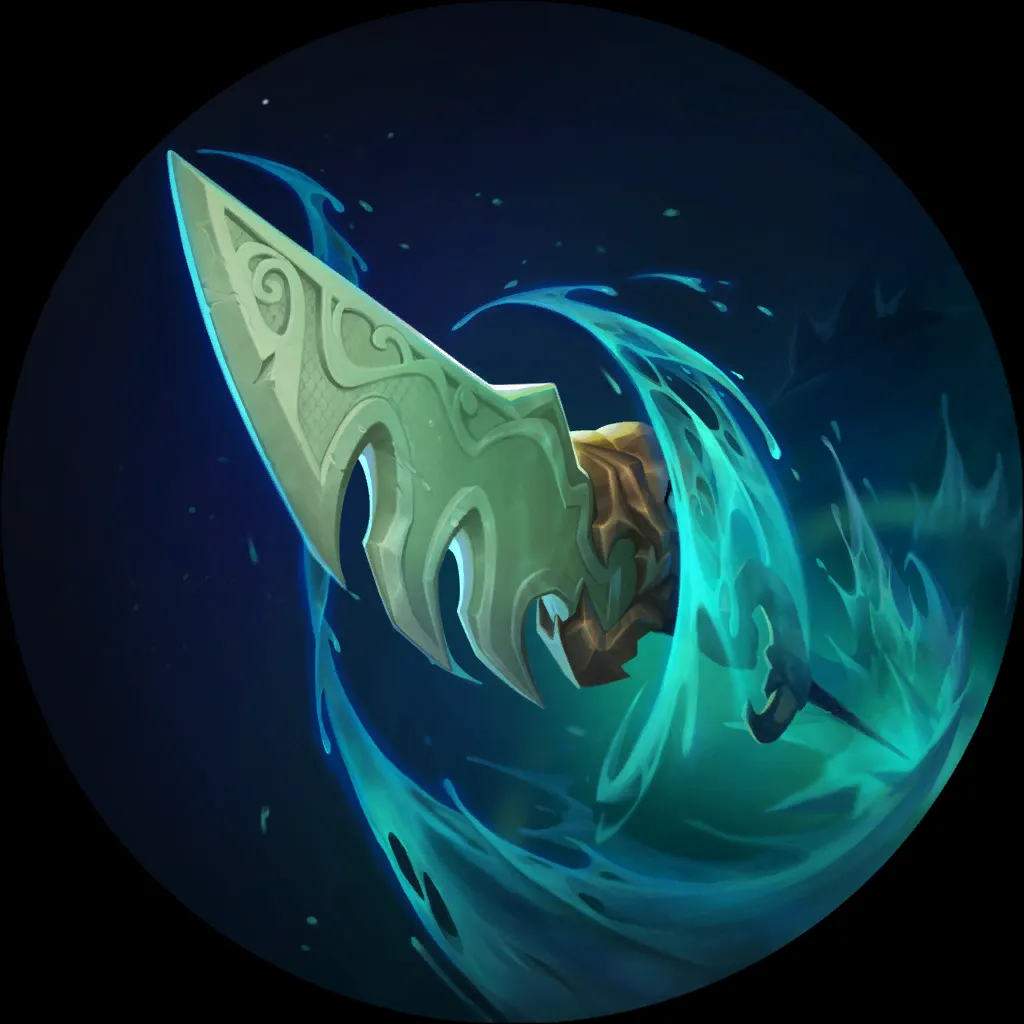
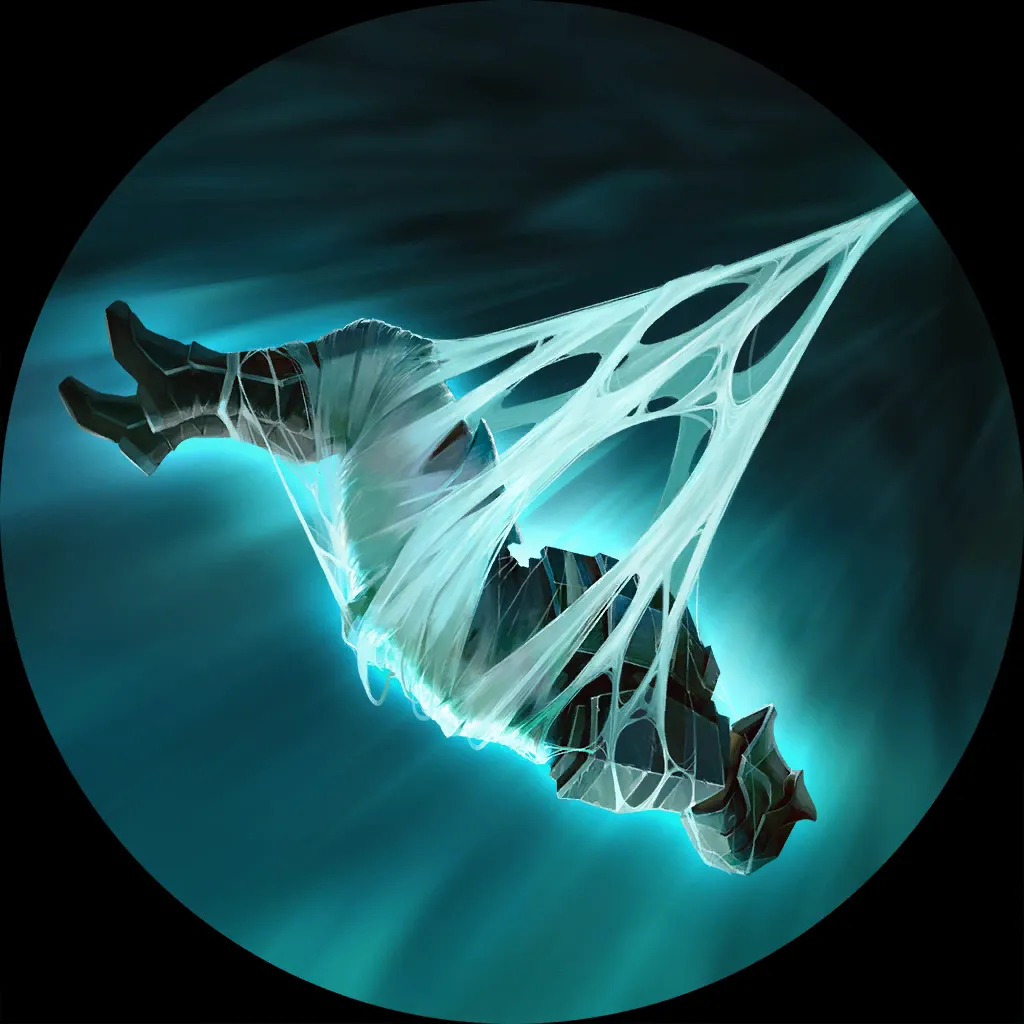
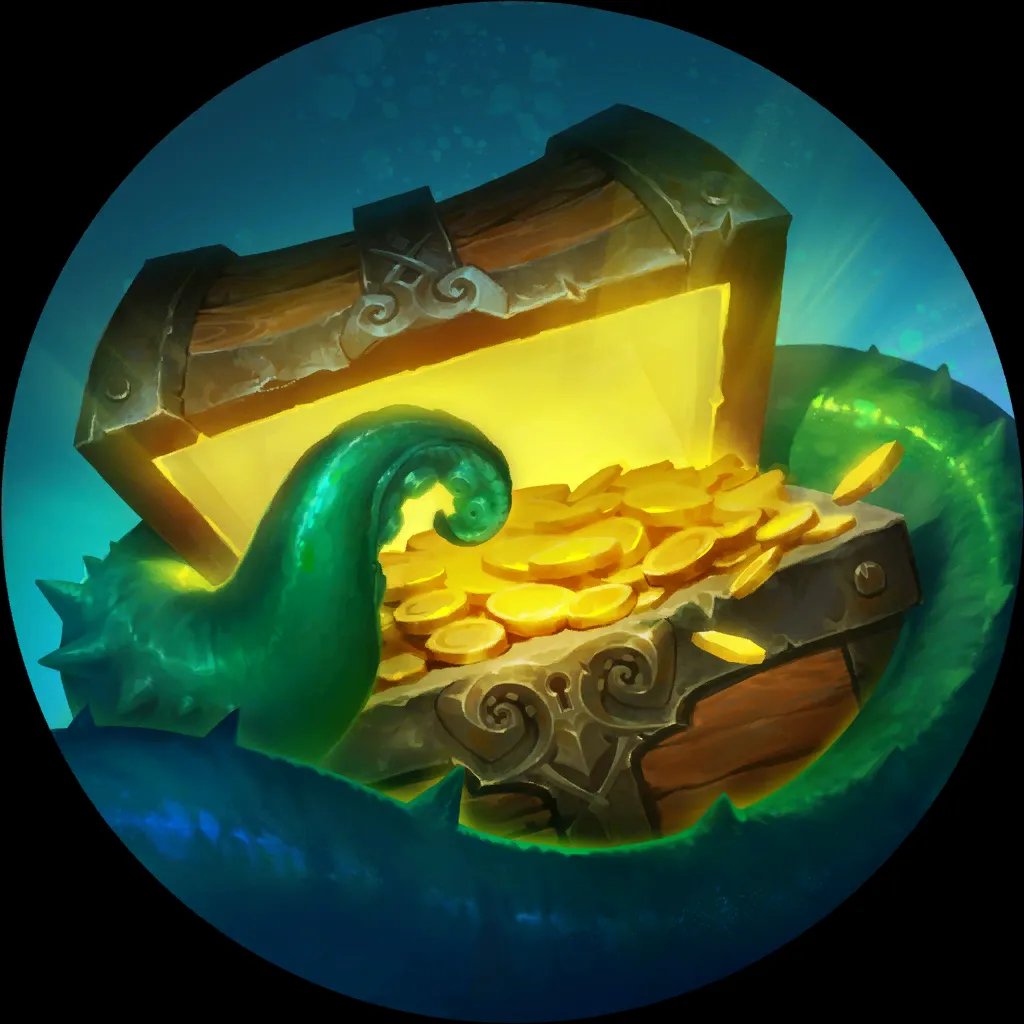
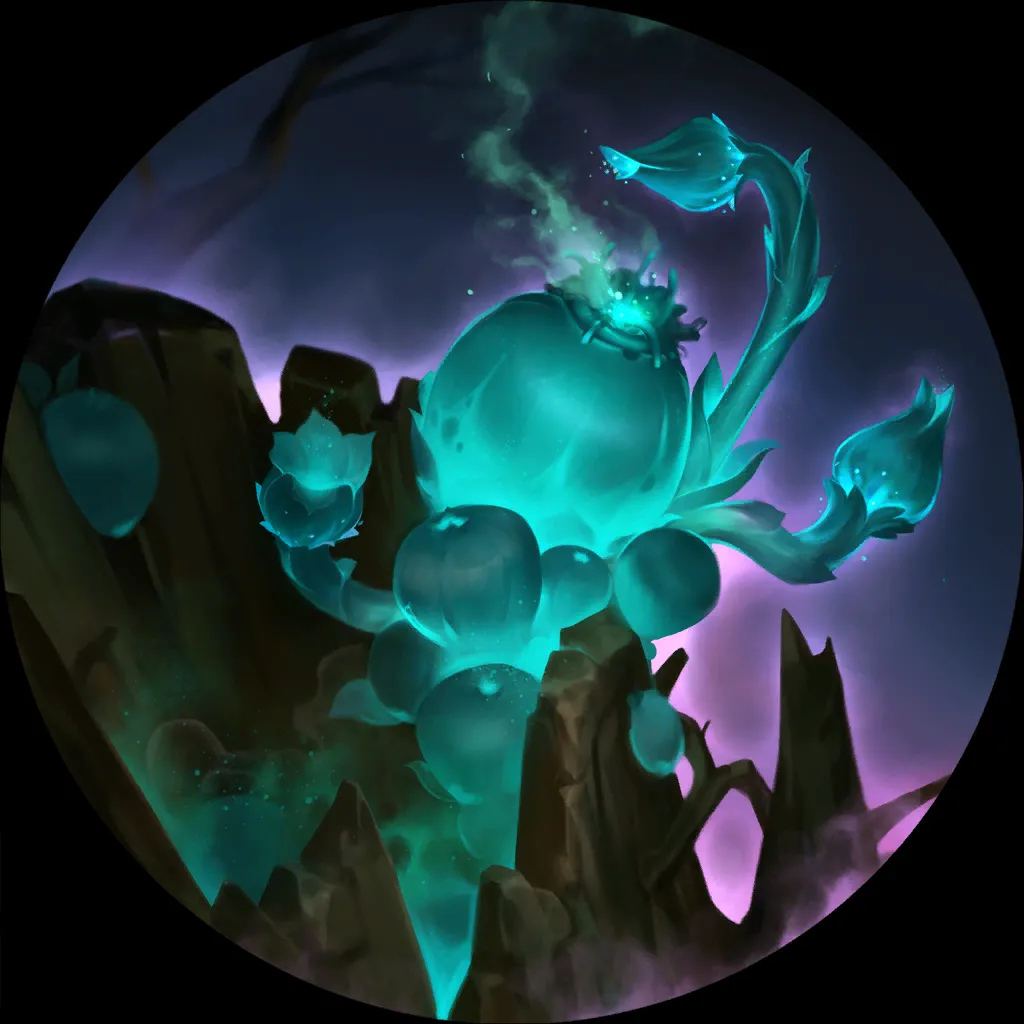
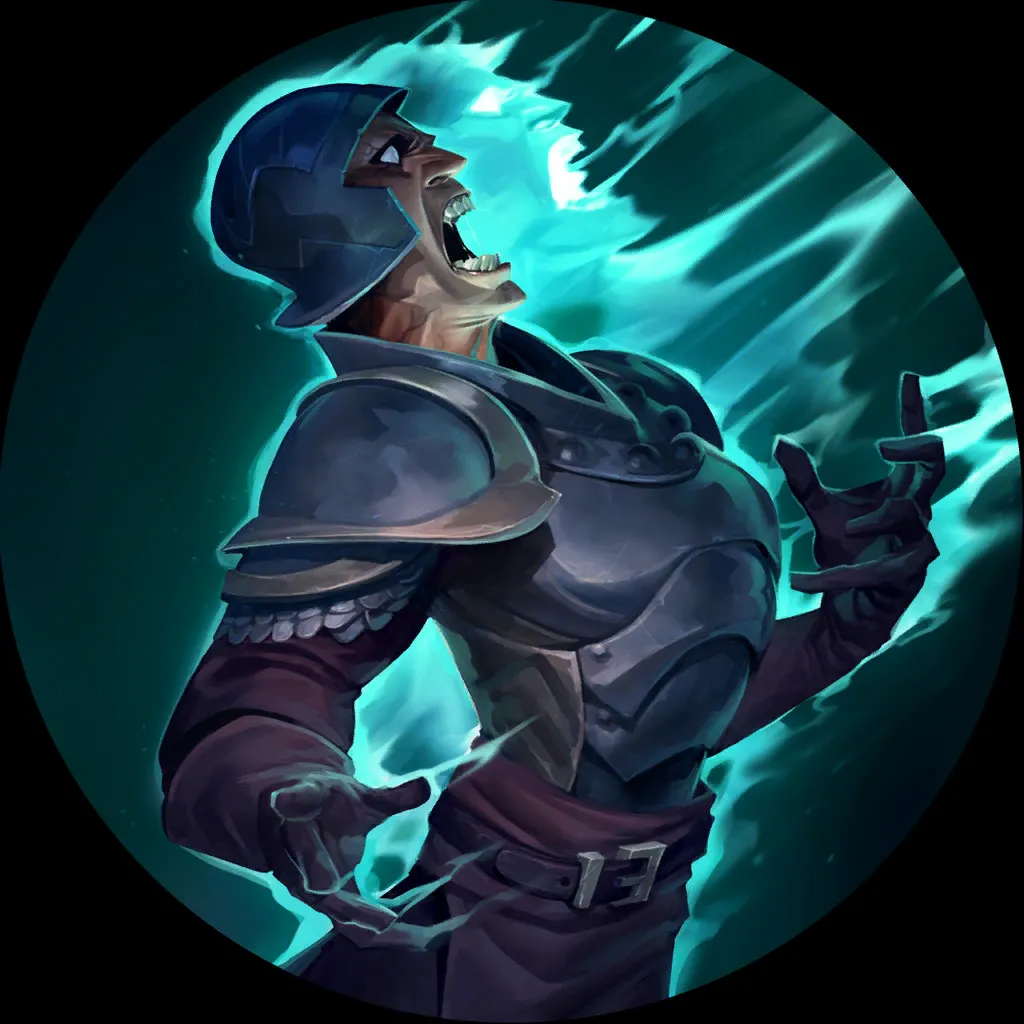
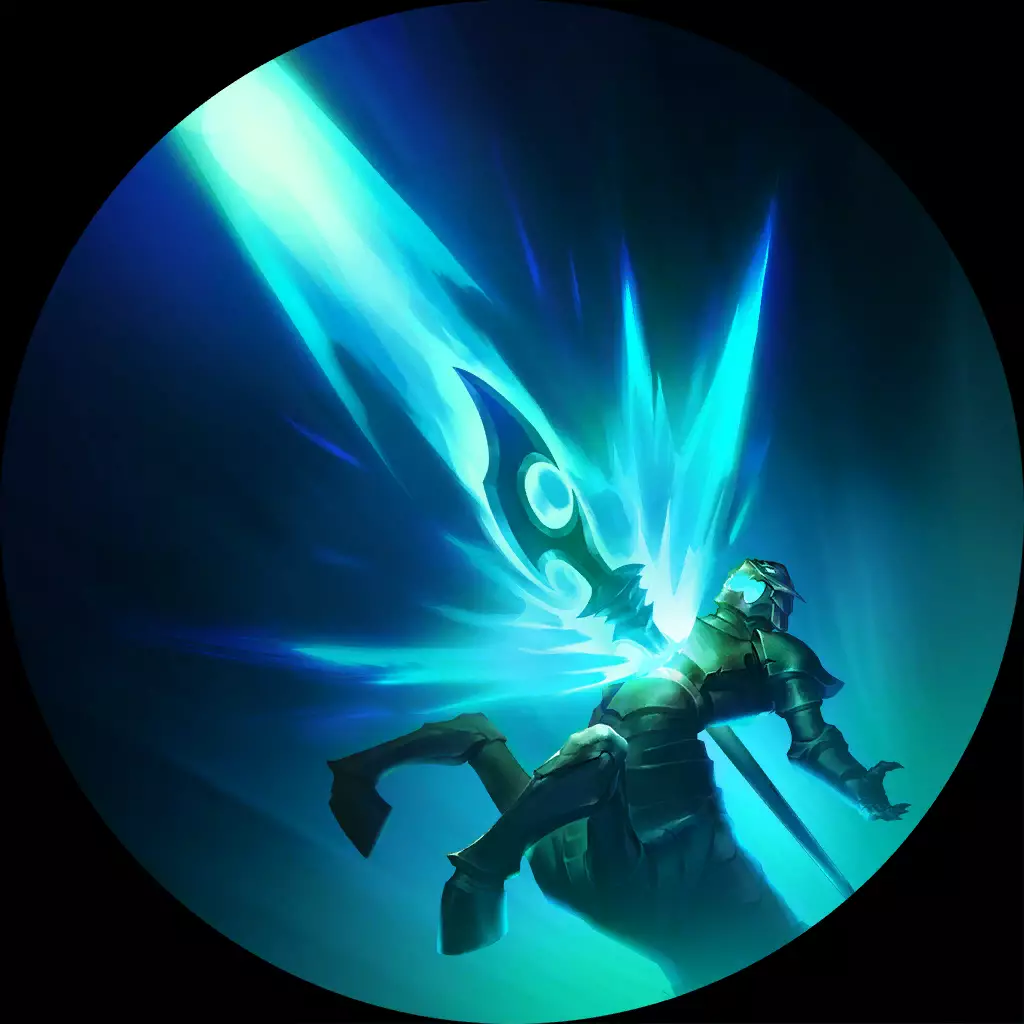
Despite getting a few new tools in the Worldwalker expansion, Deep failed to make waves. SnipeCross may have cracked the code, however, fighting all the way to 3rd place with the list. It fits into our predescribed outline of the meta – a proactive deck with just enough timely interaction to try and slow down your opponent's snowball.
Going bigger than just about every other deck once you actually hit Deep, there’s a few other highlights here that seek to take advantage of the current metagame. One of them is Maokai , who doesn’t have as large a target on his head as he used to. Many of the Kai’Sa players in our Top 8 have cut Merciless Hunter
, who doesn’t have as large a target on his head as he used to. Many of the Kai’Sa players in our Top 8 have cut Merciless Hunter , giving them no way to reach the treant. The other is an oldie but a goldie – Atrocity
, giving them no way to reach the treant. The other is an oldie but a goldie – Atrocity . With a 13-attack champion at your disposal and an army of 6+ attack Sea Monsters, you’ve got a pretty big kill range on the classic fling spell. On top of that, not every deck has a way to interact with your units in a meaningful enough way to stop it.
. With a 13-attack champion at your disposal and an army of 6+ attack Sea Monsters, you’ve got a pretty big kill range on the classic fling spell. On top of that, not every deck has a way to interact with your units in a meaningful enough way to stop it.
Speaking of Atrocity, let’s look at Metal’s 2nd place with Gwen Udyr.

20 cards

20 cards

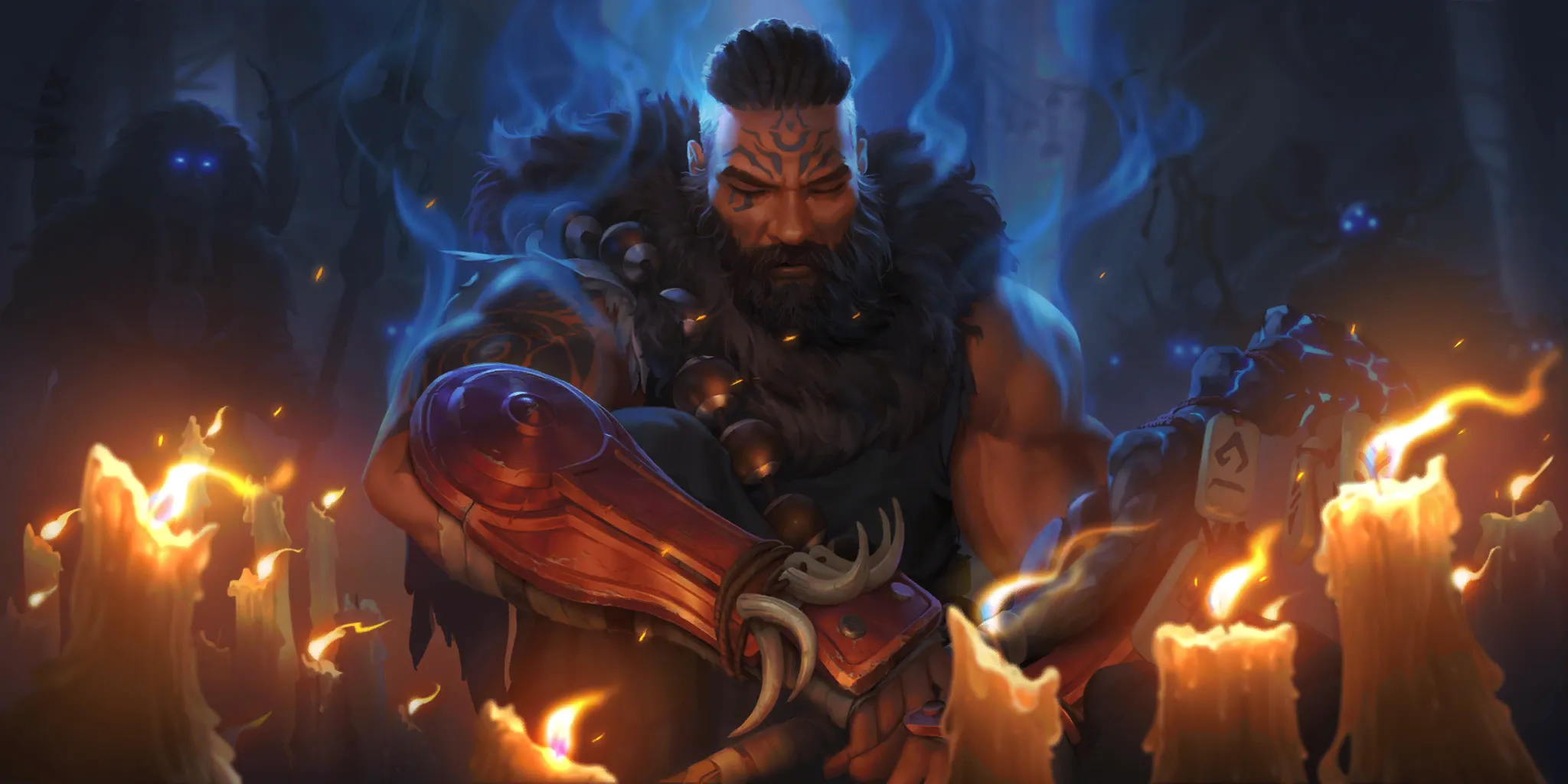

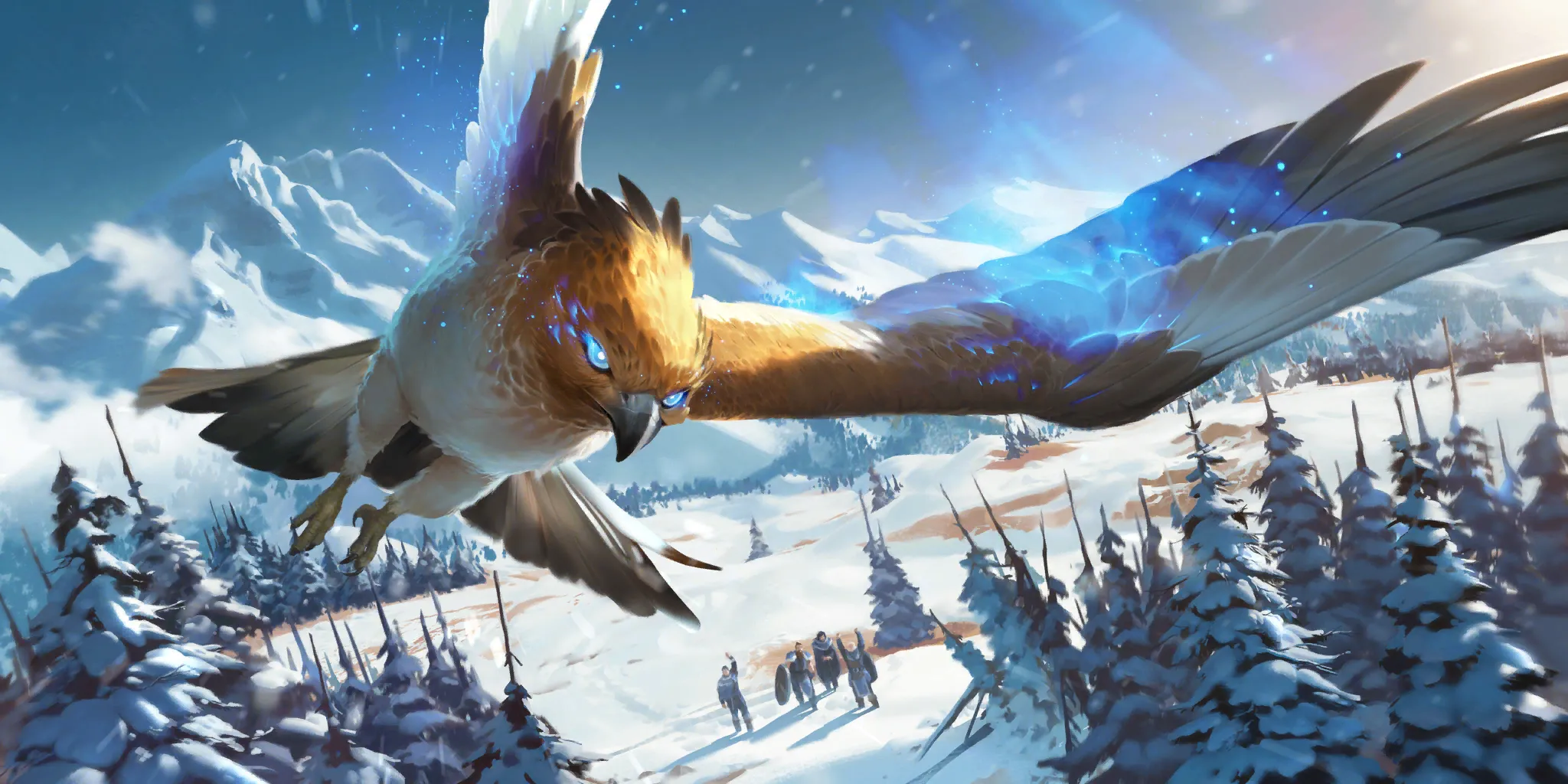
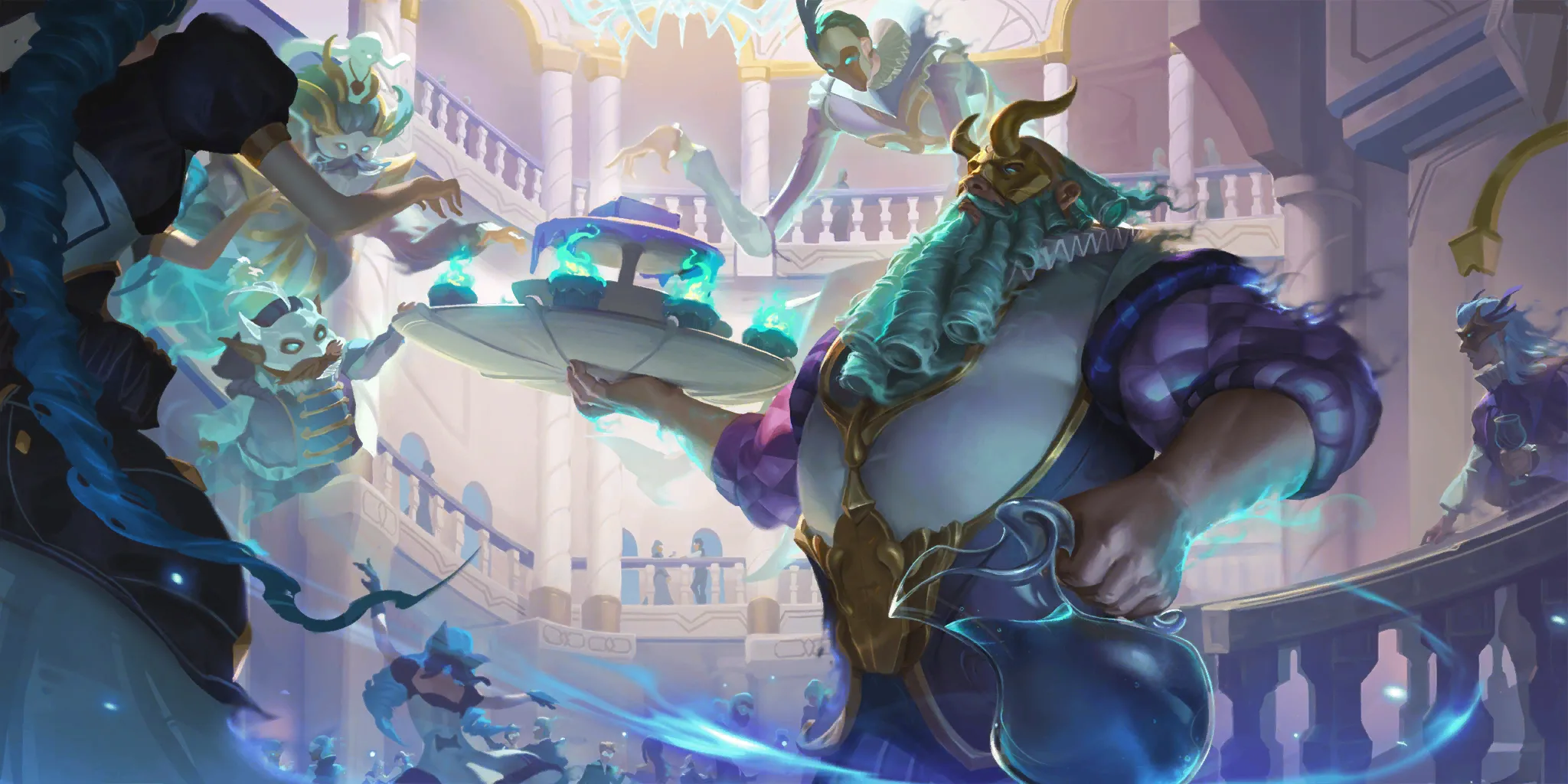
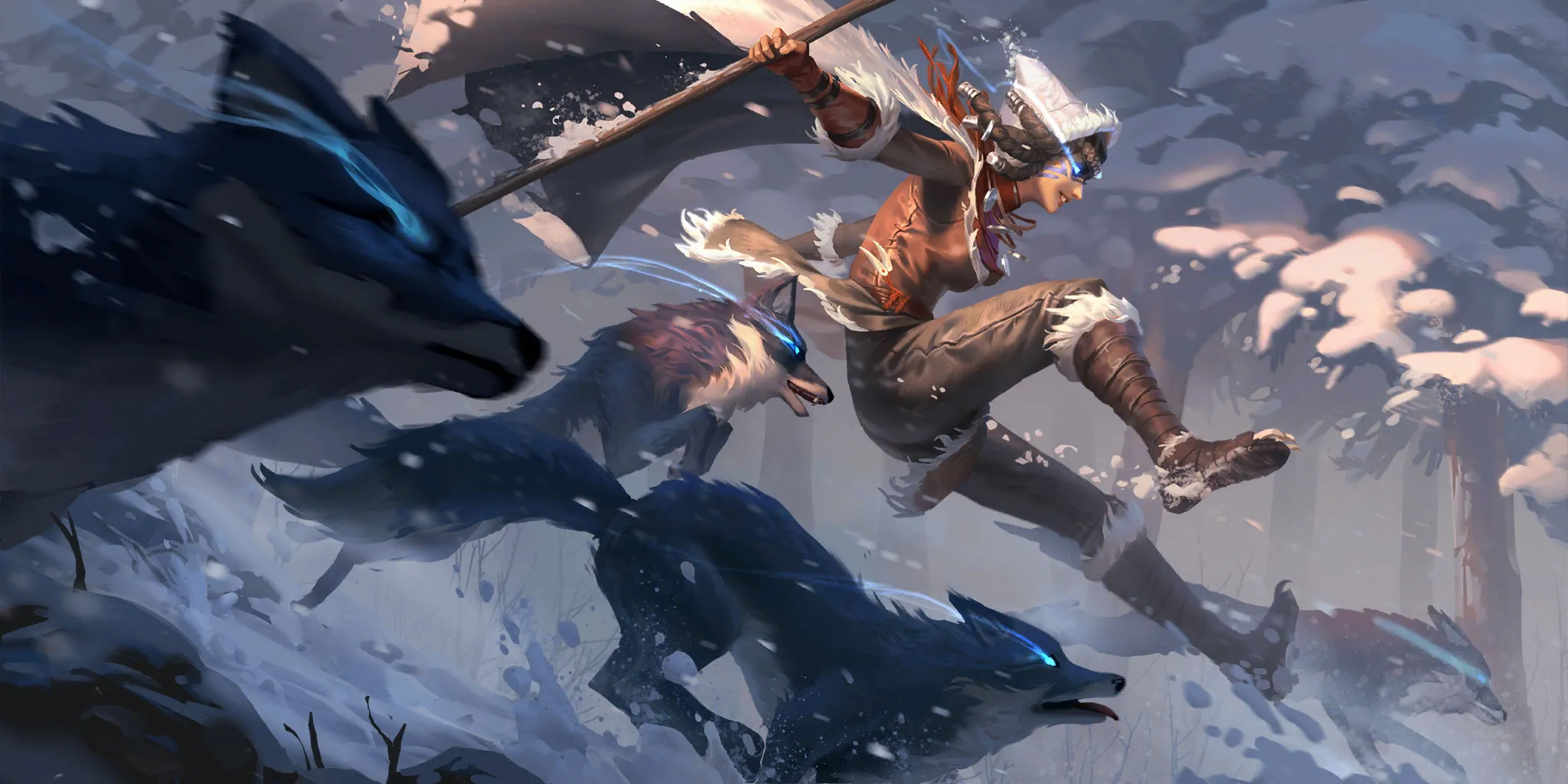
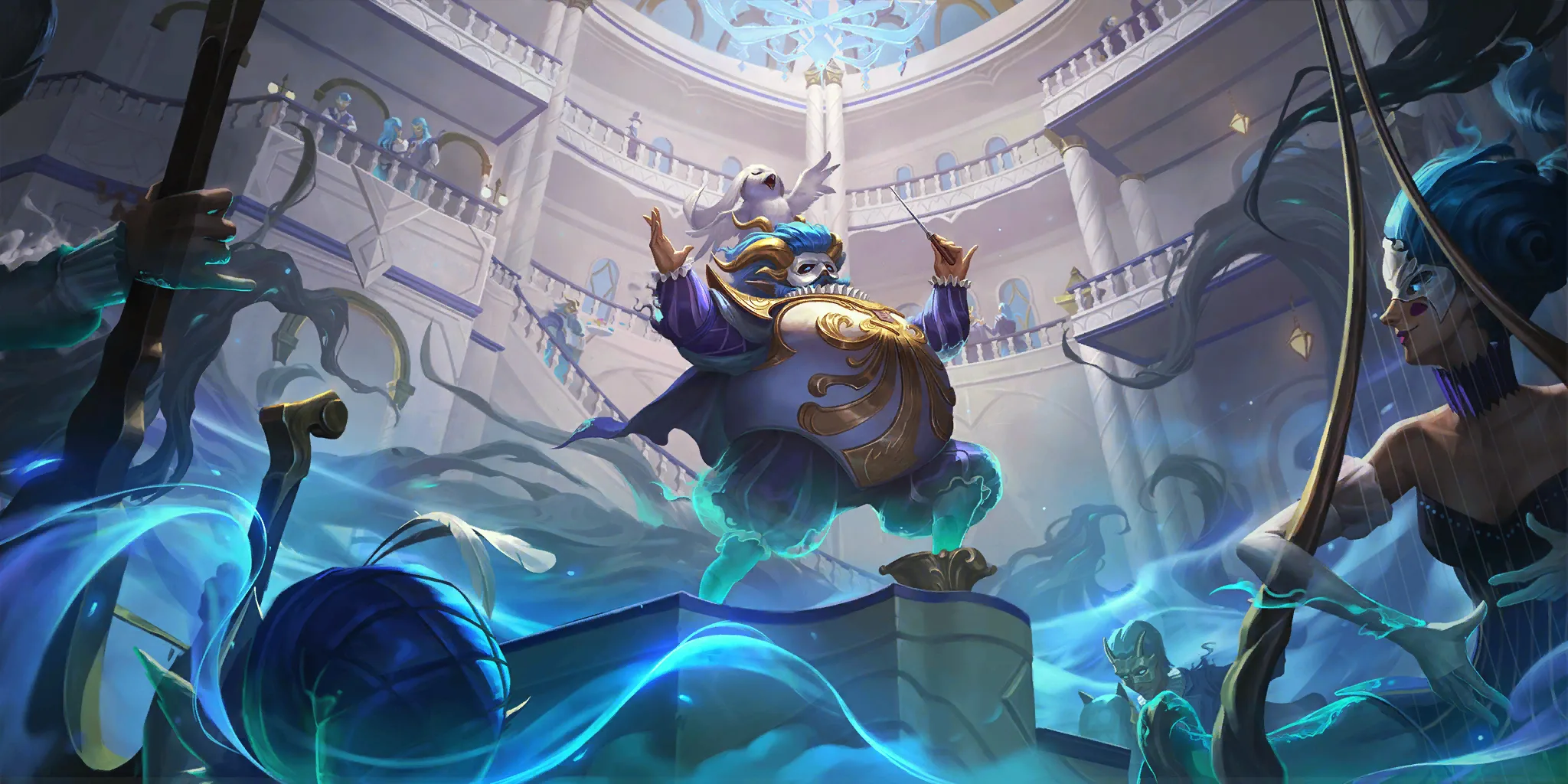
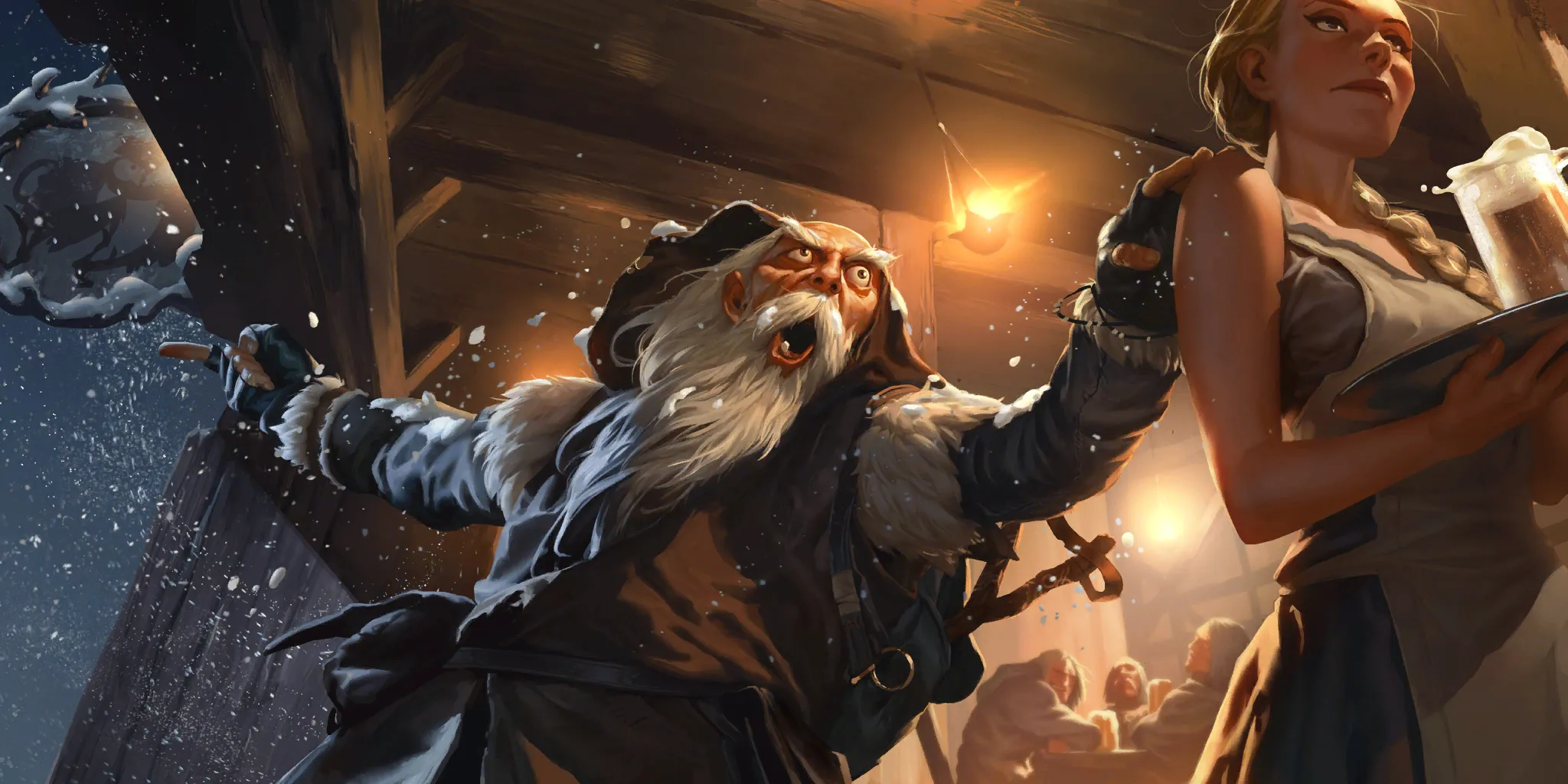
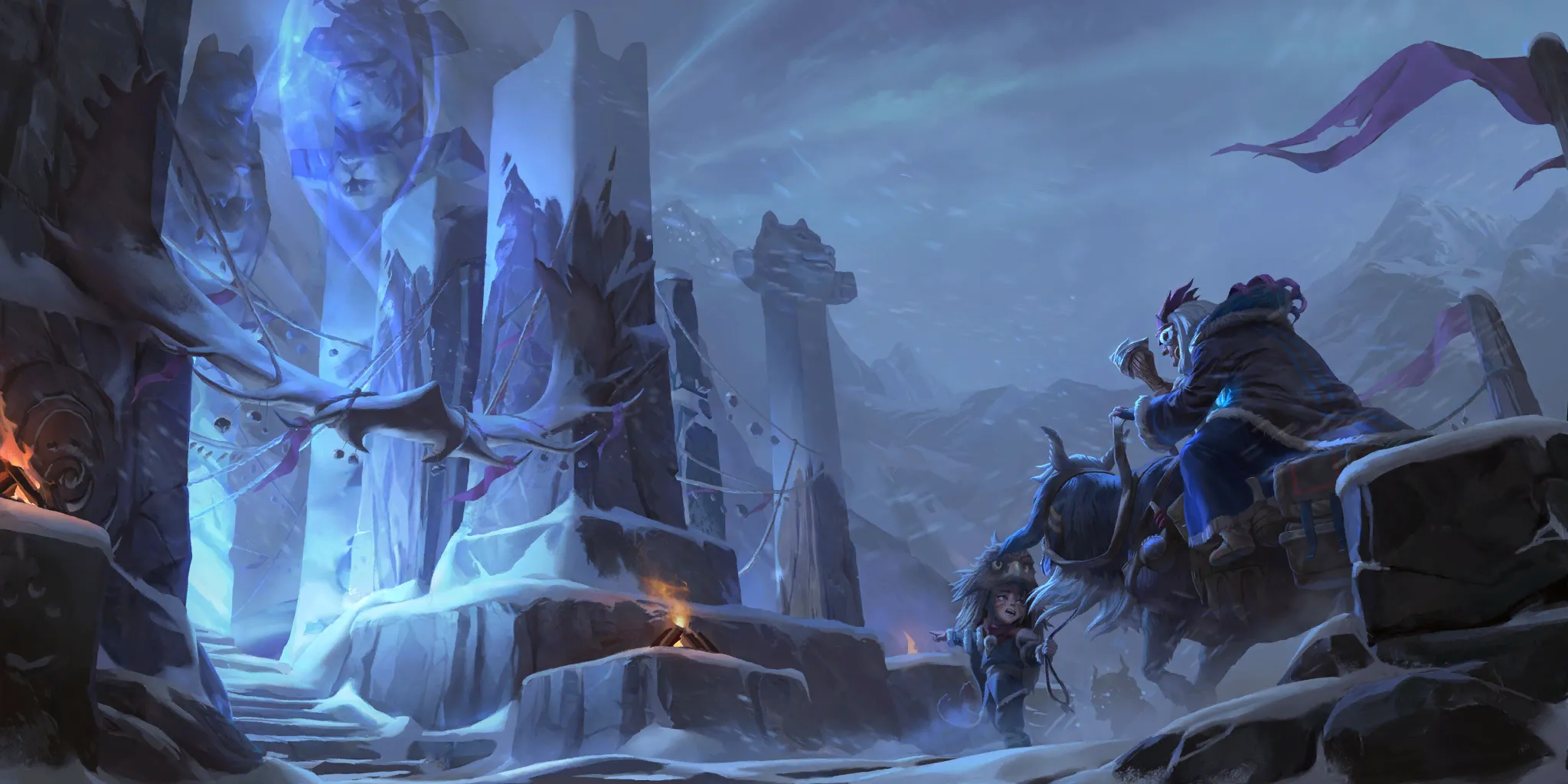
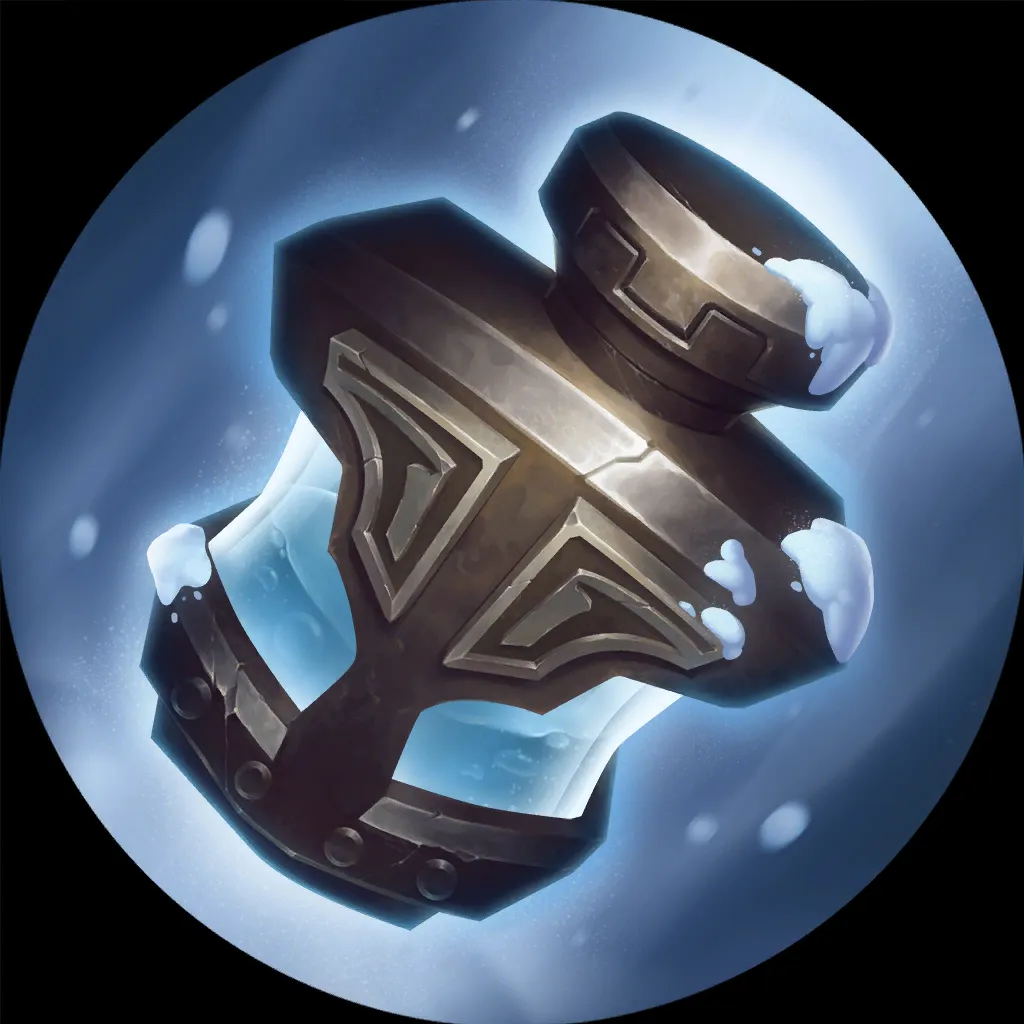


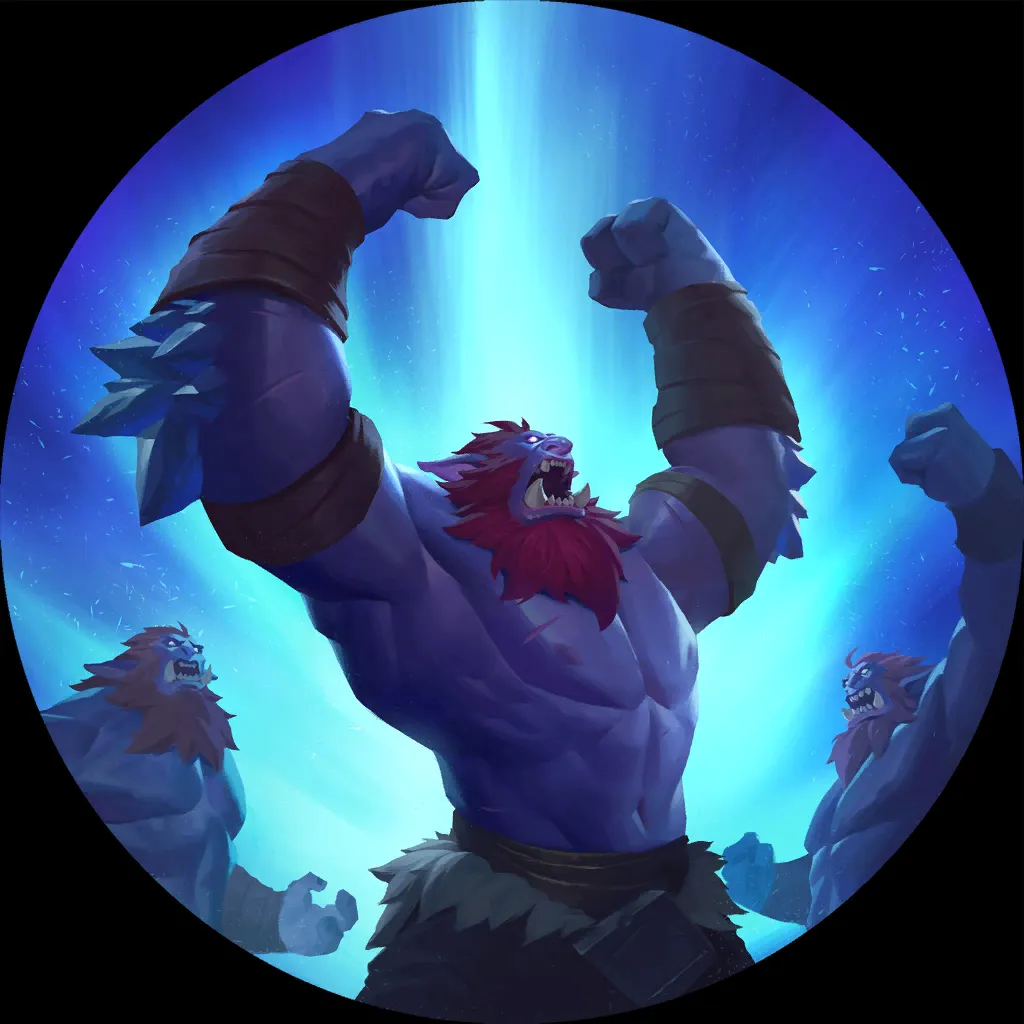



I don’t think many people thought Gwen and the Hallowed cards as a whole were bad when they were released, but it’s a complex archetype that was always going to take a while to figure out if throwing every Hallowed card in the same deck didn’t prove fruitful. That said, I don’t think anyone was expecting Udyr
and the Hallowed cards as a whole were bad when they were released, but it’s a complex archetype that was always going to take a while to figure out if throwing every Hallowed card in the same deck didn’t prove fruitful. That said, I don’t think anyone was expecting Udyr to be the answer.
to be the answer.
And, in all fairness, he may not be. One 2nd place finish in one tournament does not a meta staple make, but every deck has to start somewhere. Metal went all-in on Stance Swap generation, playing max copies of every card in the game that can create them. And that’s the overlap that makes Gwen and Udyr work: both packages seek to turn any unit into a threat. A Vulpine Wanderer
generation, playing max copies of every card in the game that can create them. And that’s the overlap that makes Gwen and Udyr work: both packages seek to turn any unit into a threat. A Vulpine Wanderer on its own isn’t much of an issue, but add a couple of dead Hallowed and a Wildclaw Stance
on its own isn’t much of an issue, but add a couple of dead Hallowed and a Wildclaw Stance and suddenly over a quarter of your Nexus health is missing.
and suddenly over a quarter of your Nexus health is missing.

9 cards

31 cards

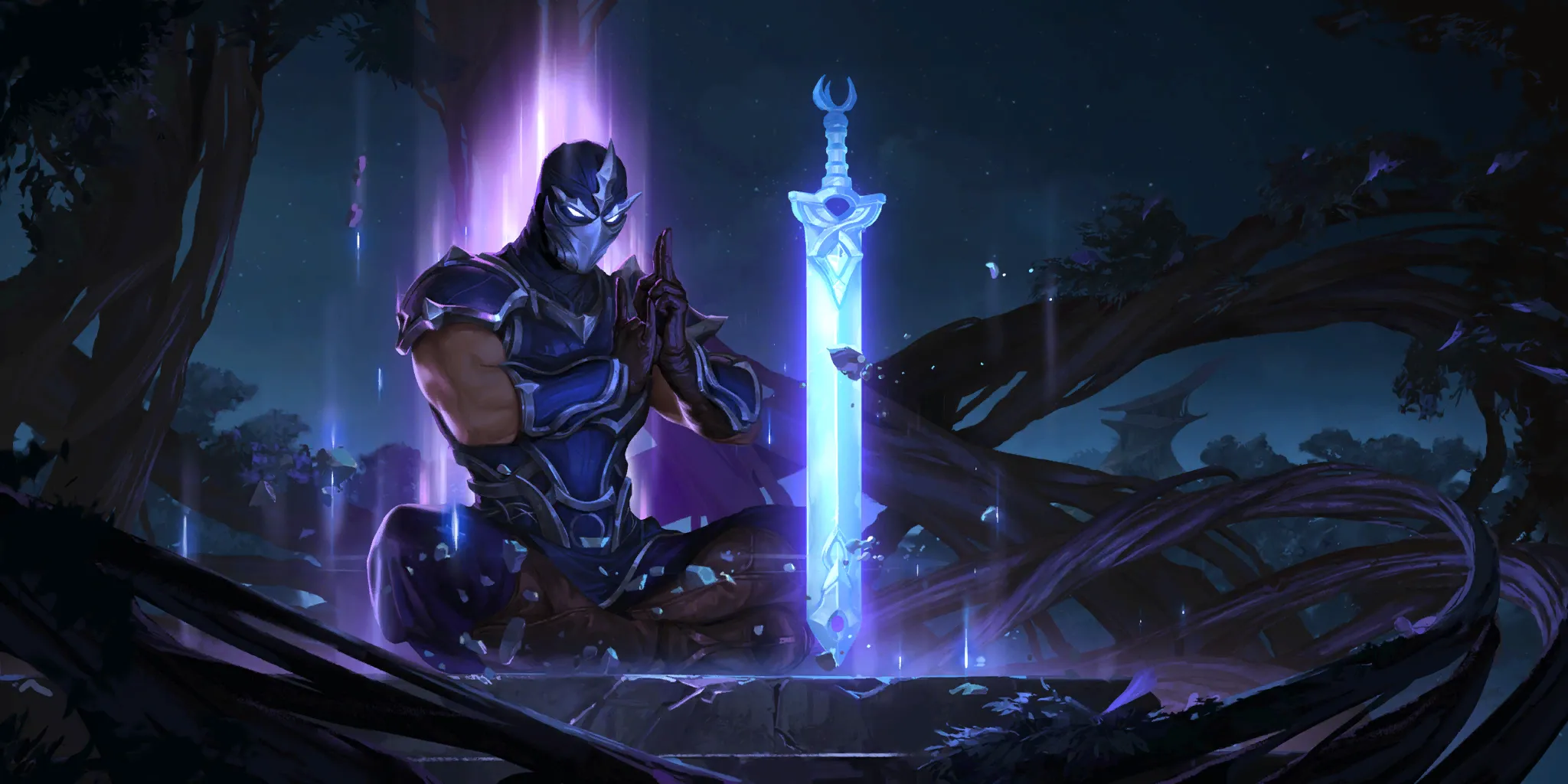

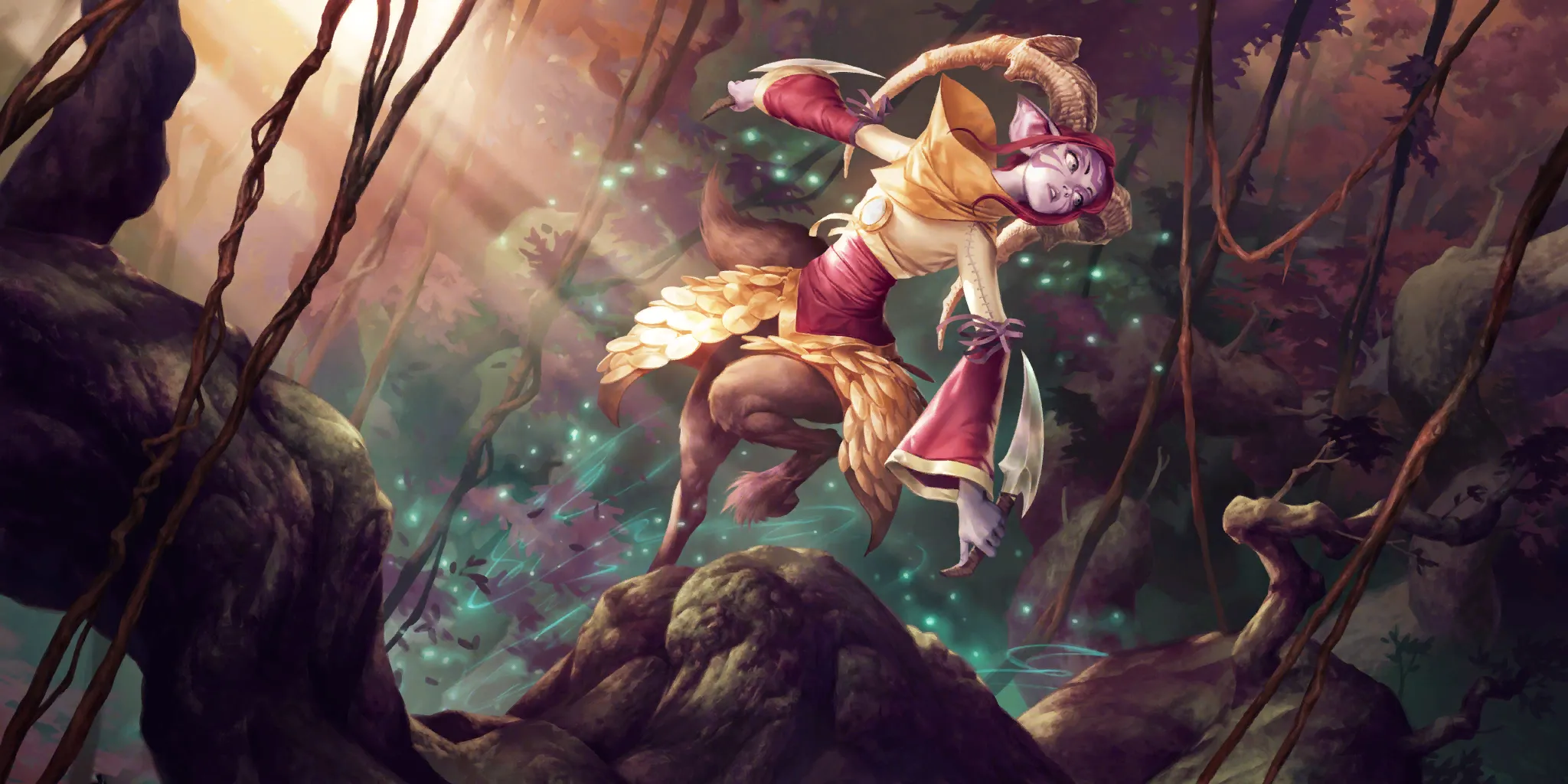

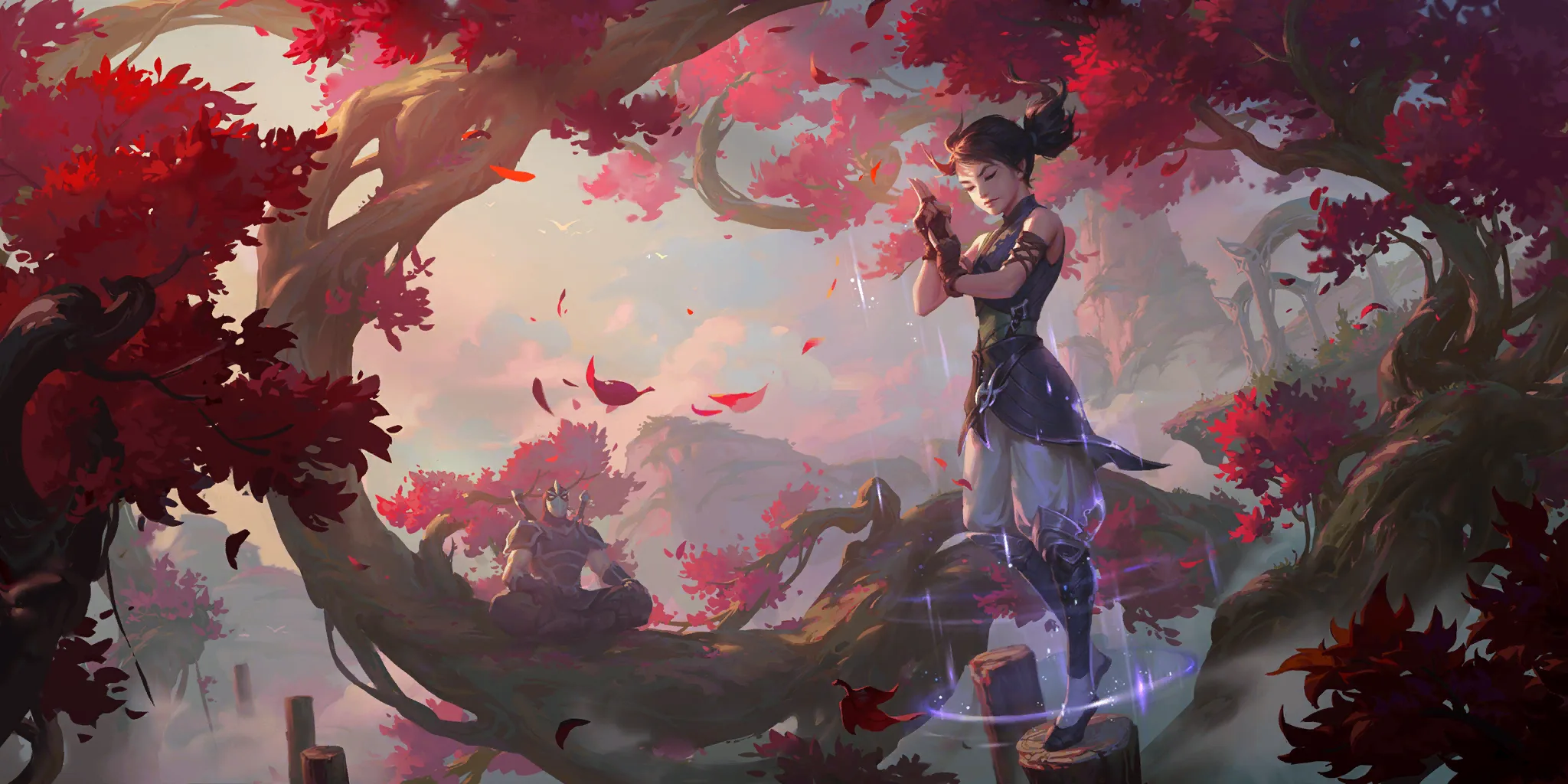
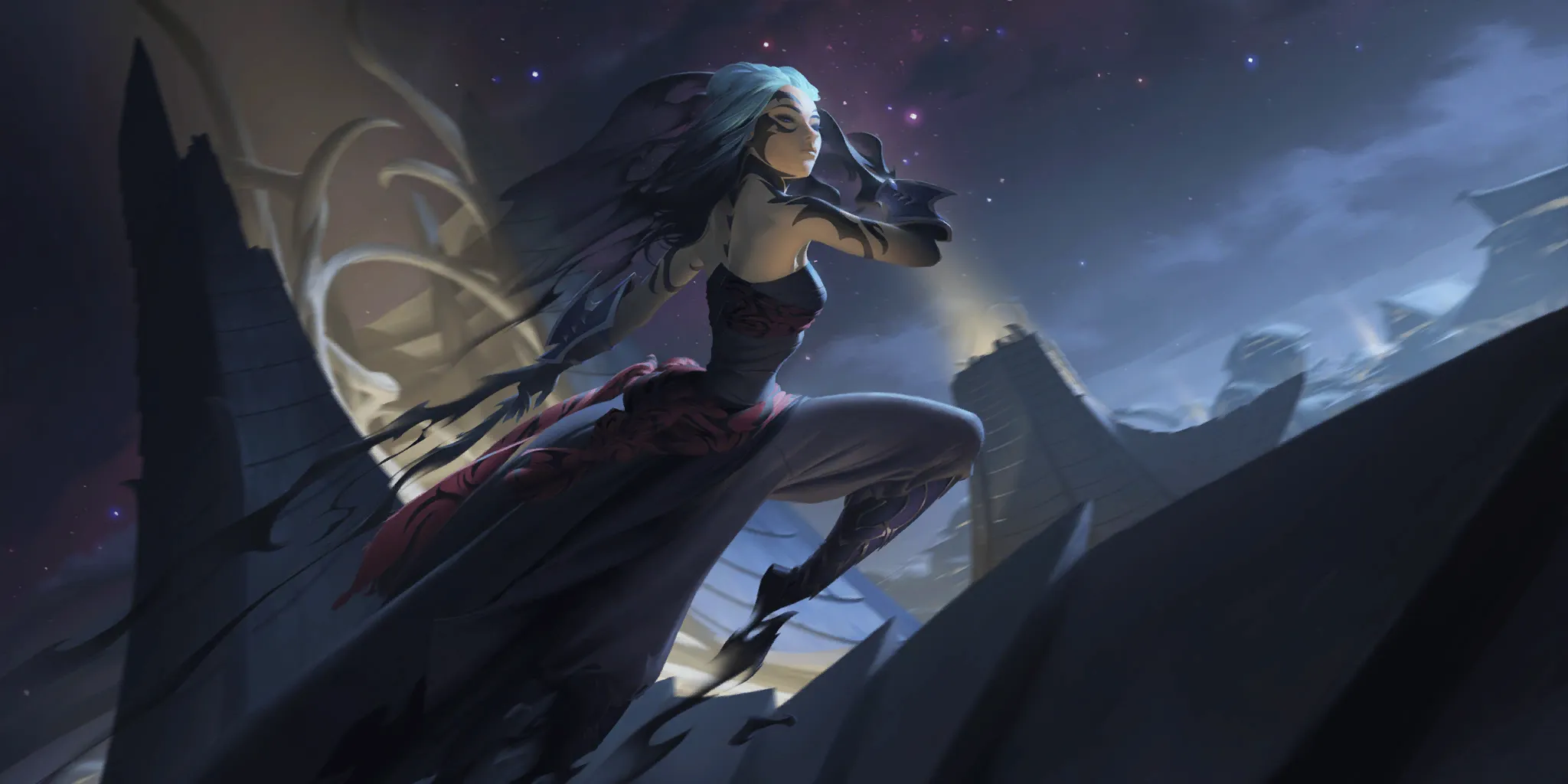
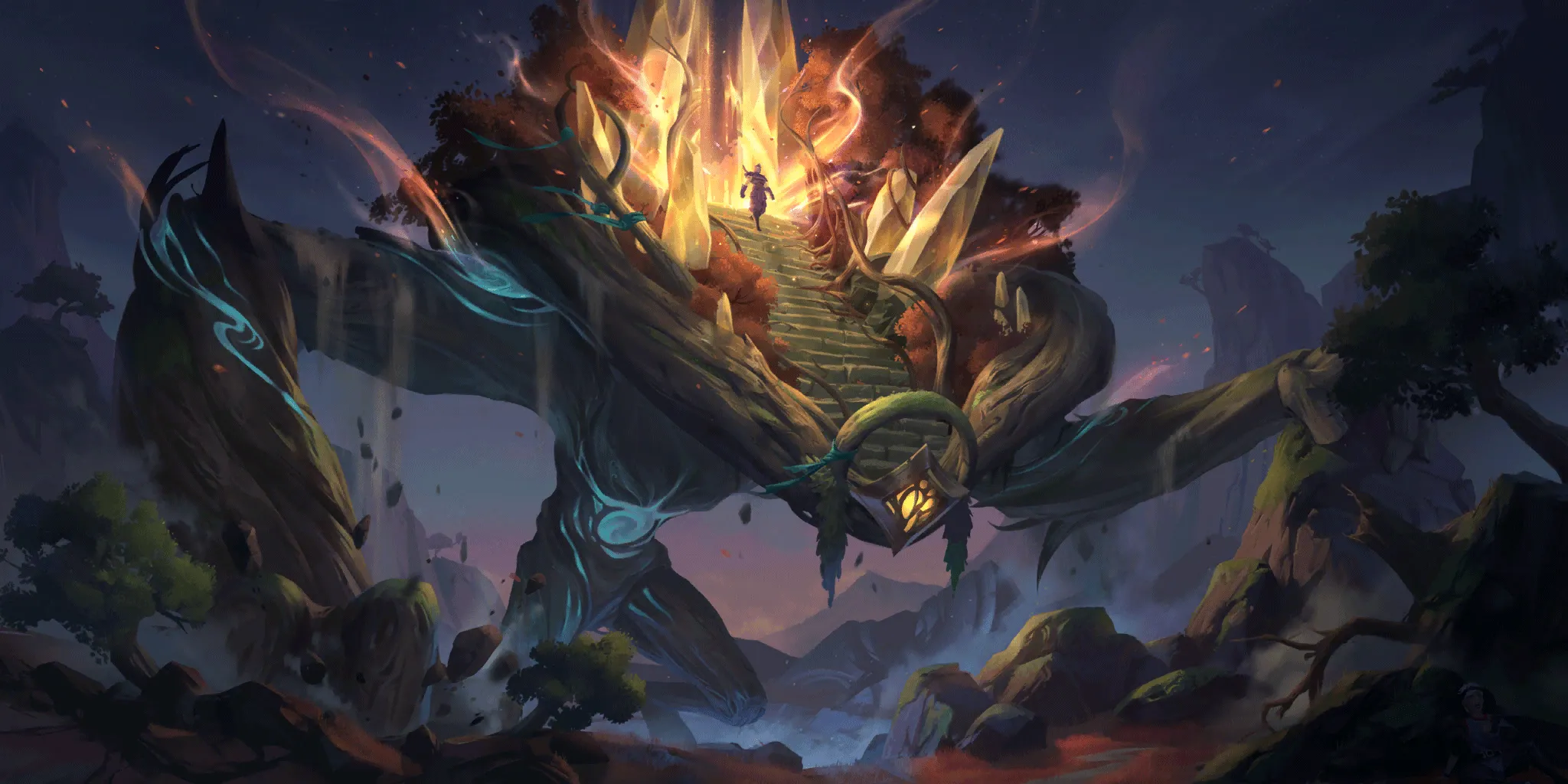
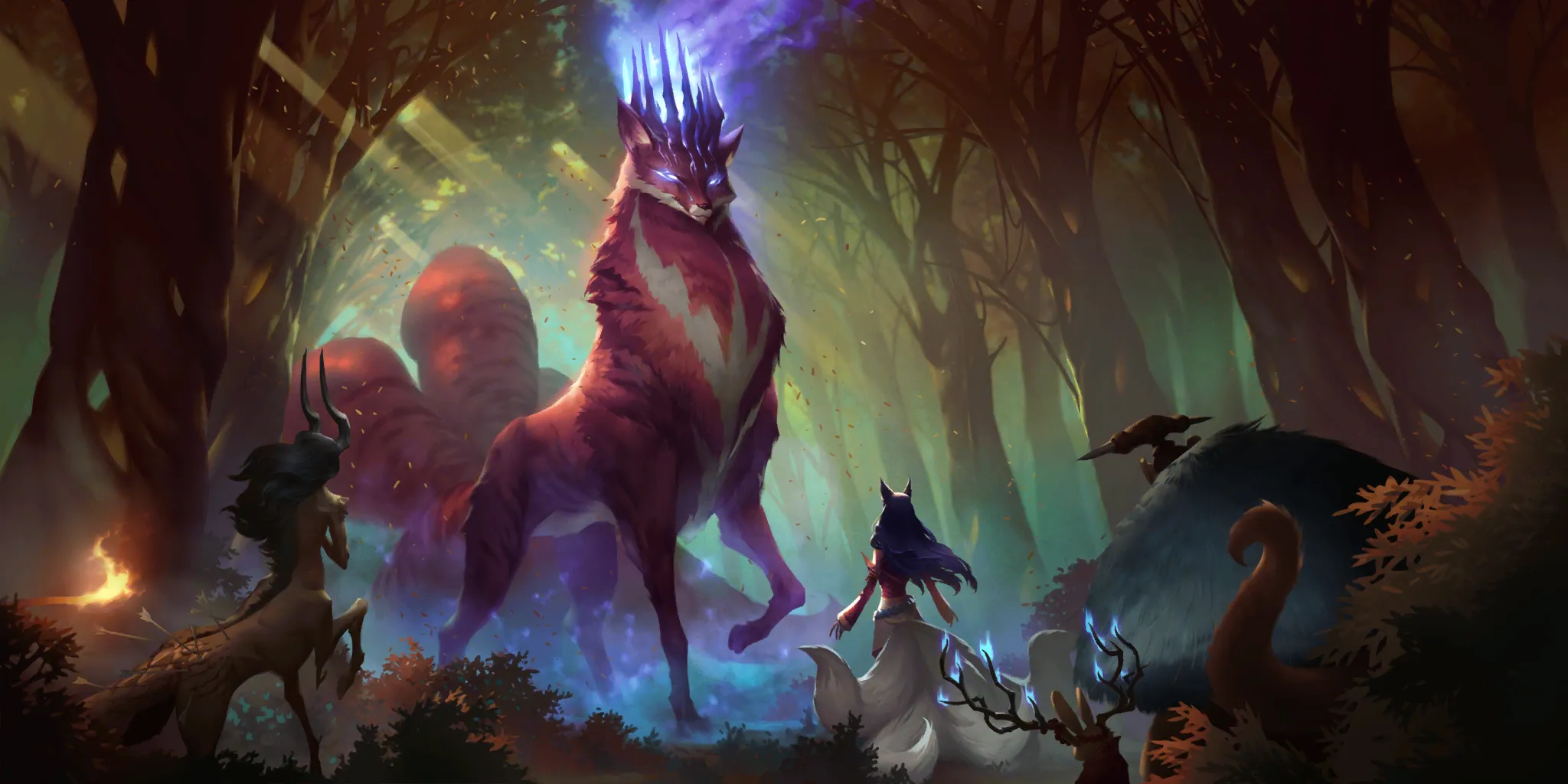

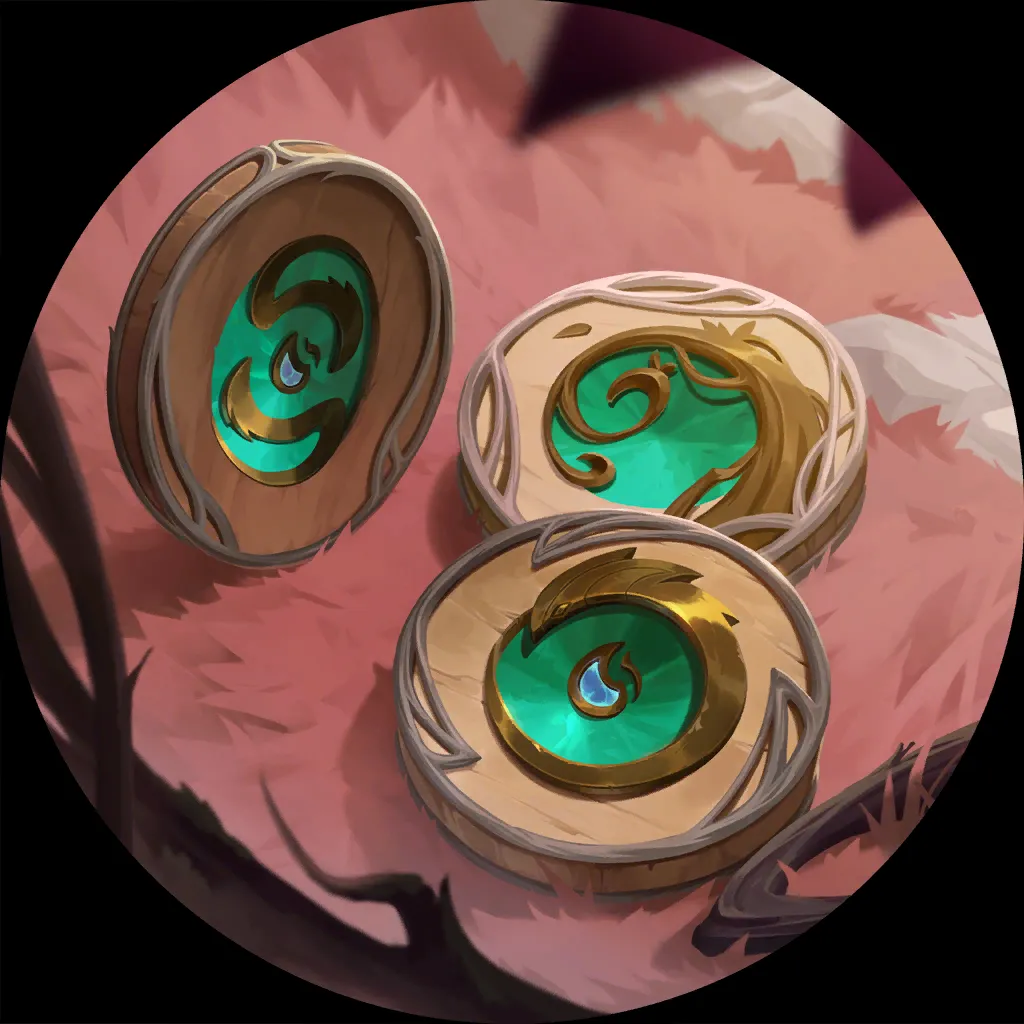
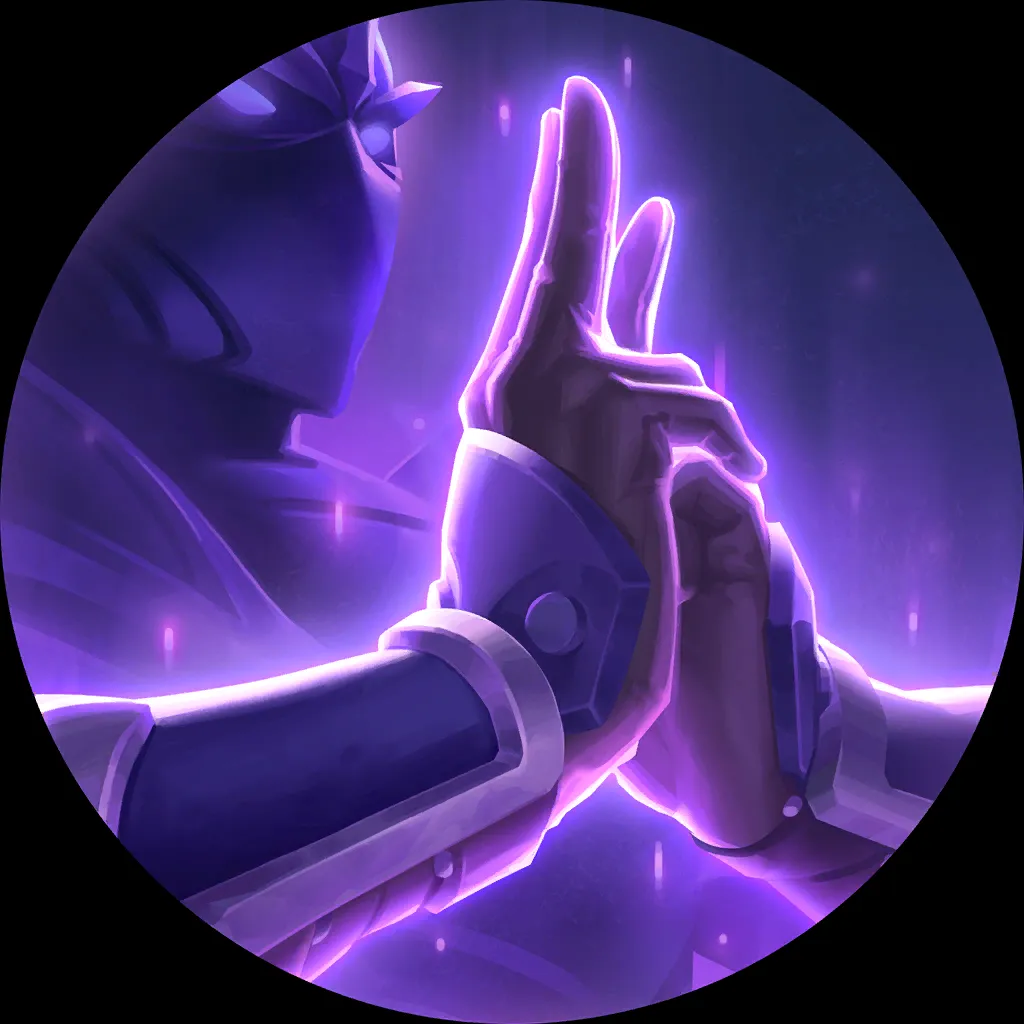
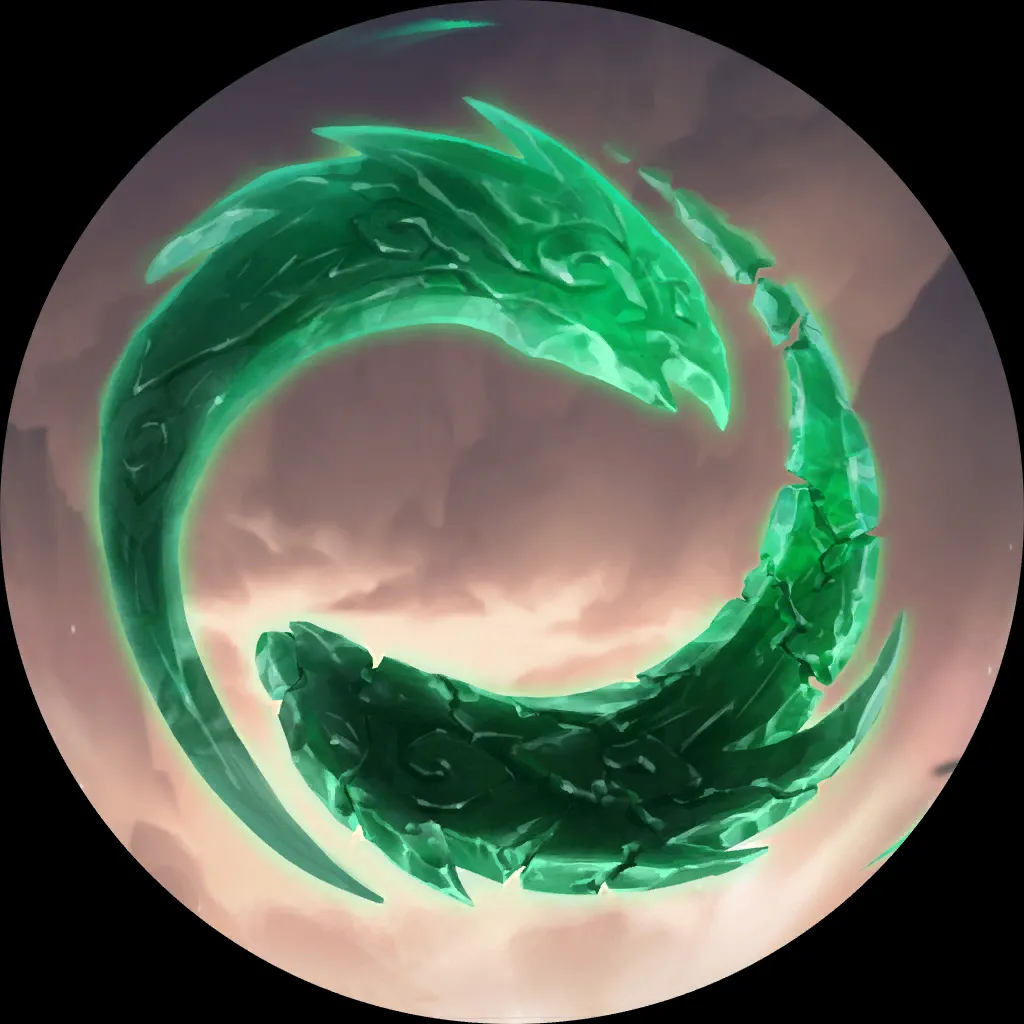
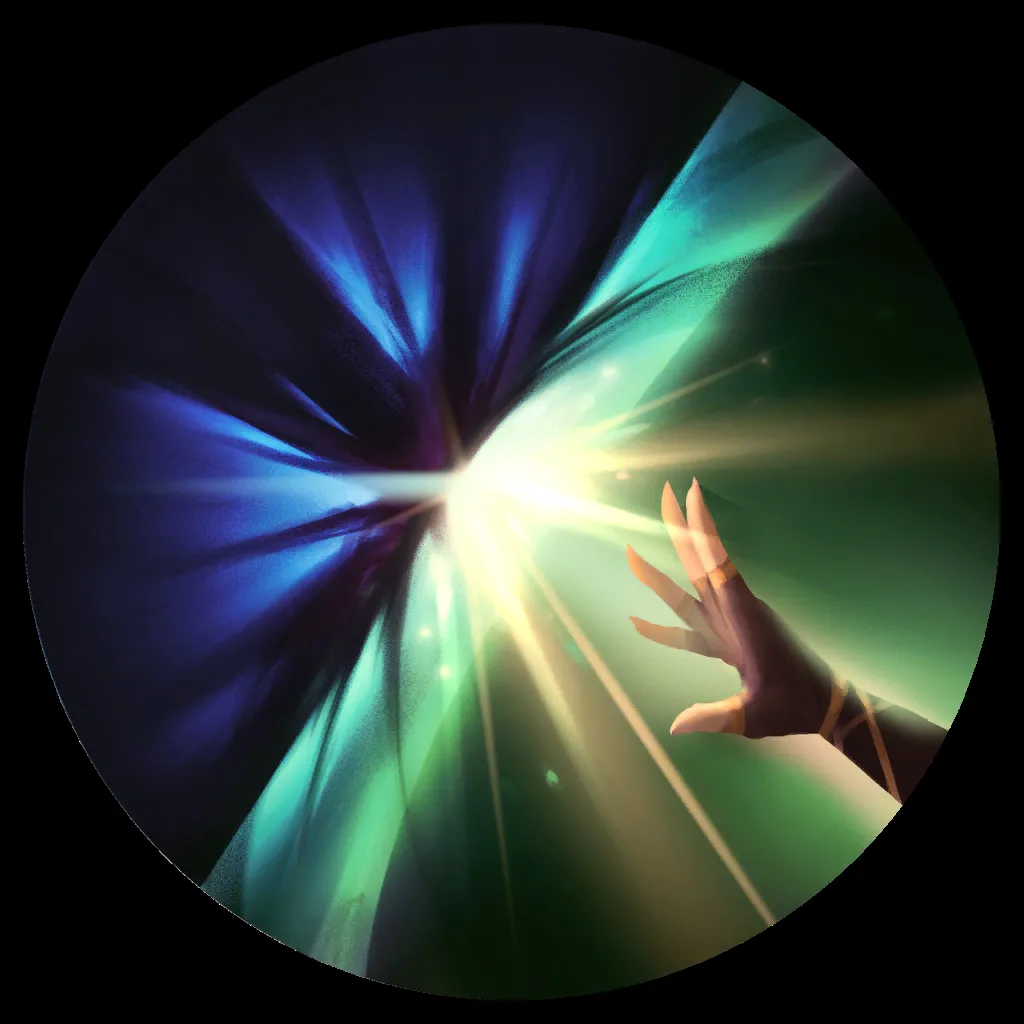
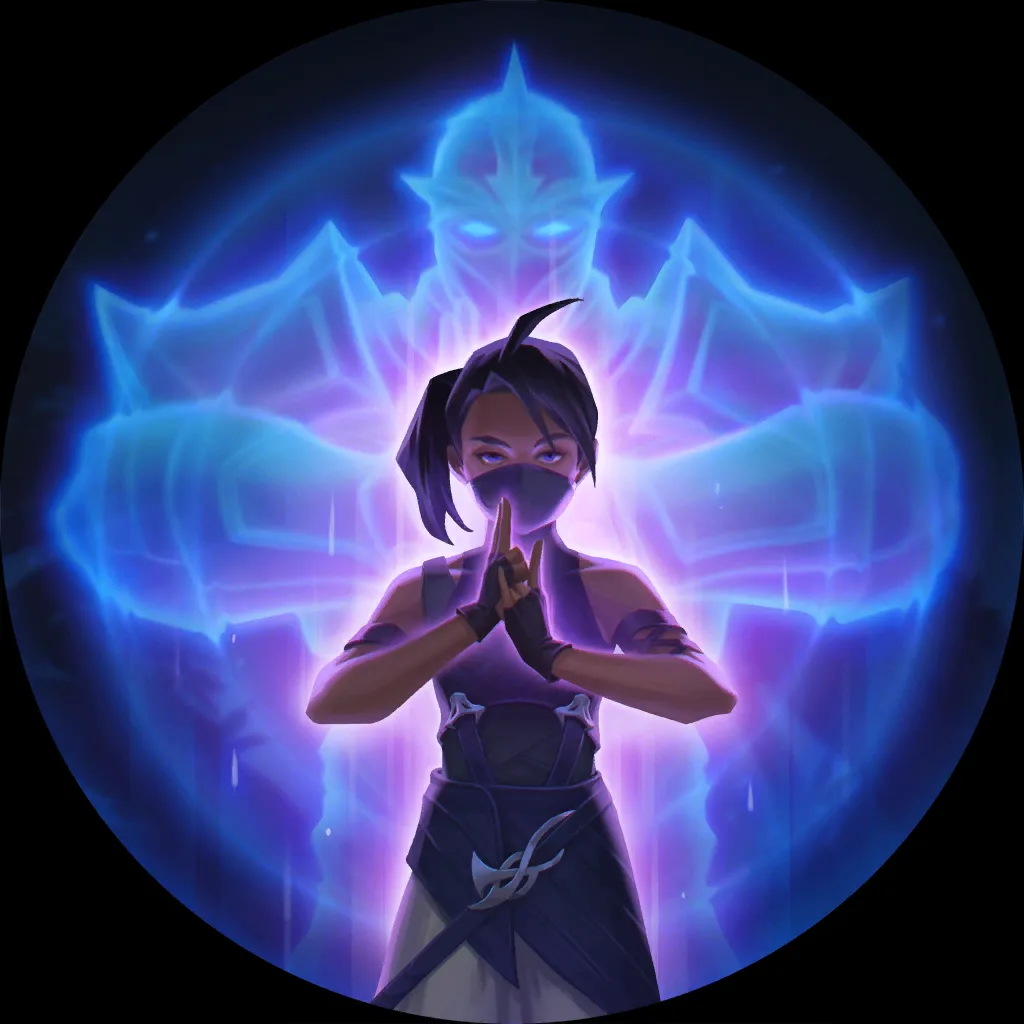
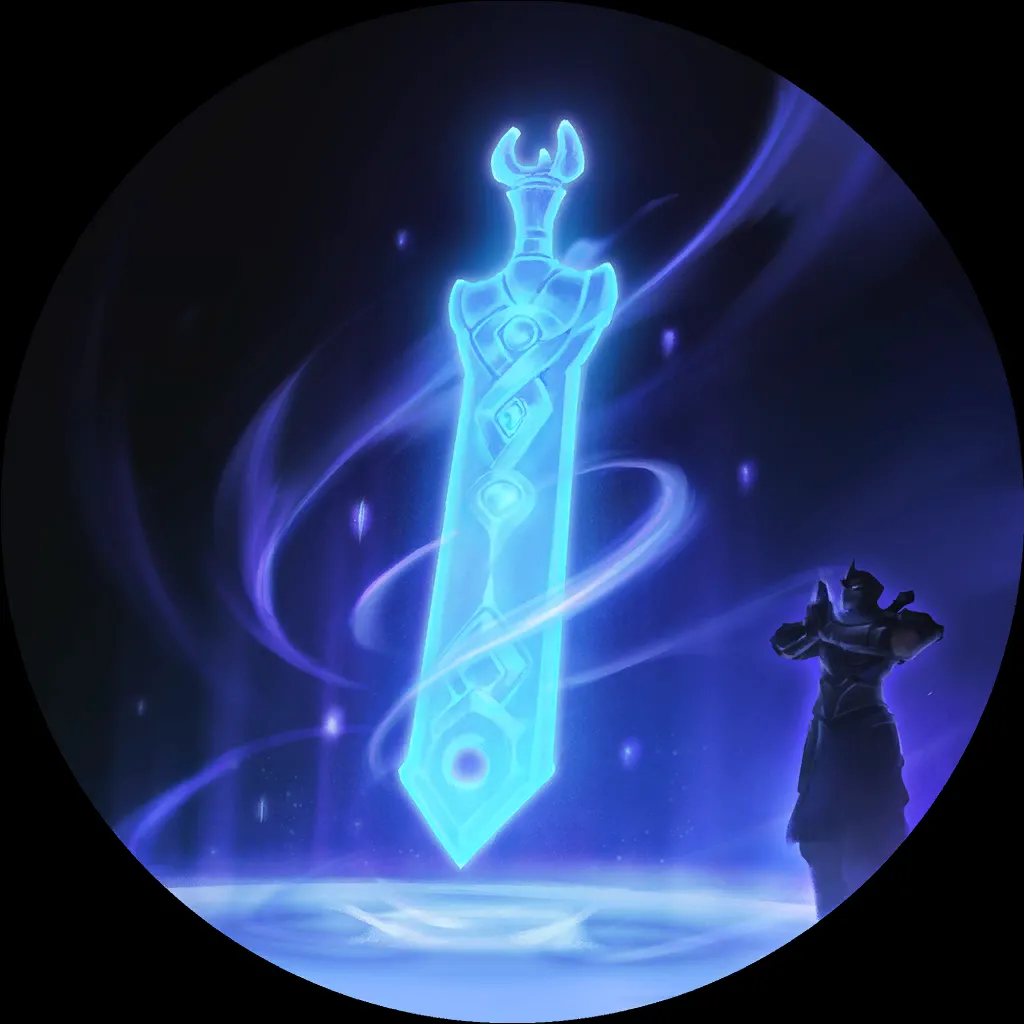
As for our final talking point we have Bard Shen. Every new Bard deck seems to have its gimmick to turbo-level the Wandering Caretaker, and in this case is its fellow Greenglade Caretaker
deck seems to have its gimmick to turbo-level the Wandering Caretaker, and in this case is its fellow Greenglade Caretaker . The new Kinkou Student
. The new Kinkou Student makes it very easy to grow Bard faster than ever before, especially since Shen
makes it very easy to grow Bard faster than ever before, especially since Shen himself now also comes down with Barrier.
himself now also comes down with Barrier.
The deck was originally introduced to me as a counter for Bard Illaoi, but has enough staying power to stand on its own two legs instead of being relegated to an obscure counter-pick. Usually Barriers would be an effective counter to decks like Kai’Sa, who rely on Quick Attack to push through their attackers, but she’s a bit of a party-pooper who Icathian Rain s on your parade. It’s a big reason we don’t see more Shen at the moment, but with our Seasonal balance patch just a week away this is another deck with some strong potential.
s on your parade. It’s a big reason we don’t see more Shen at the moment, but with our Seasonal balance patch just a week away this is another deck with some strong potential.
Conclusion
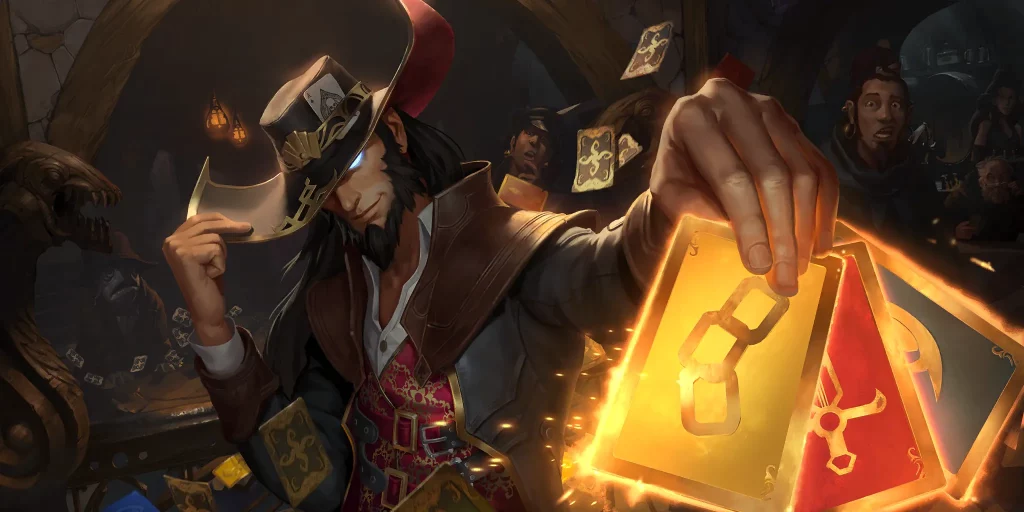
It’s impossible to draw any meaningful conclusions from a single tournament in a meta that is (hopefully) changing in just a week, so if I were you I would focus on what you expect to survive. Legends of Runeterra historically does a pretty good job of not nerfing a deck out of existence the first time around – which can be a double edge sword, as sometimes the slap on the wrist isn’t nearly hard enough.
What I’m getting at here is that I would expect Kai’Sa to stick around in some capacity. It may not be mono-Kai’Sa per se, but the turbo-level-up package in mono-Kai’Sa is what I would expect to still be the best strategy post-patch.
Thrall's chance of survival is more questionable, as they’ve already received their slap on the wrist AND continued to thrive with the release of a new expansion and new meta. In the same category we have Bard, who hasn’t received any nerfs yet but has the highest chance to get overnerfed on the first go around.
Monkeys have no chance of getting touched. We’ve been told multiple times that the team locks in patches two weeks in advance, and we didn’t start monkeying around until a few days after that deadline. So if you're looking to get some meaningful practice in, that’s a good place to start. But that's all the speculating I can do for now – we’ll touch base again after the next MaRu Tournament on Saturday 20th (the weekend right before the Seasonal!) to see how everything turned out!
